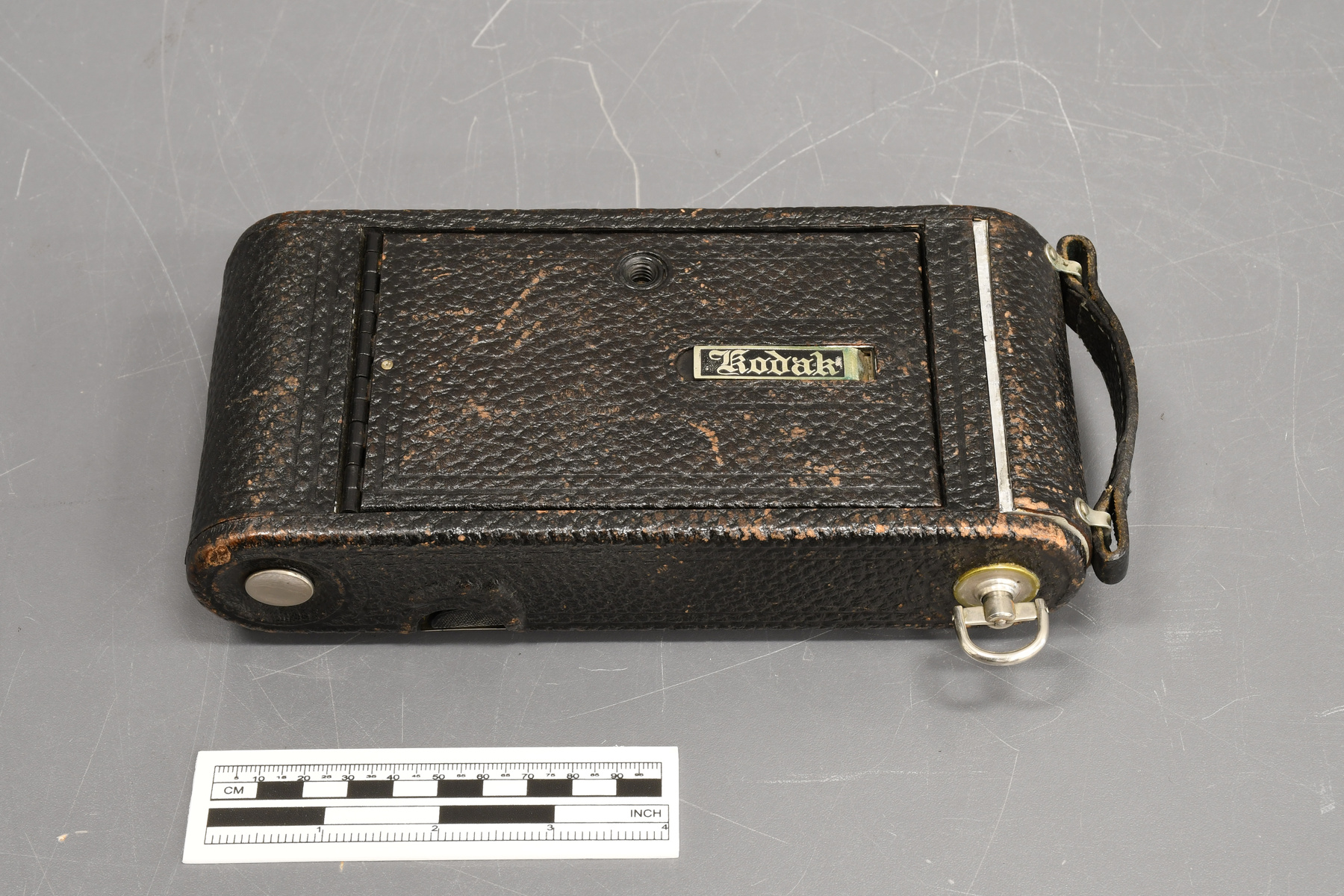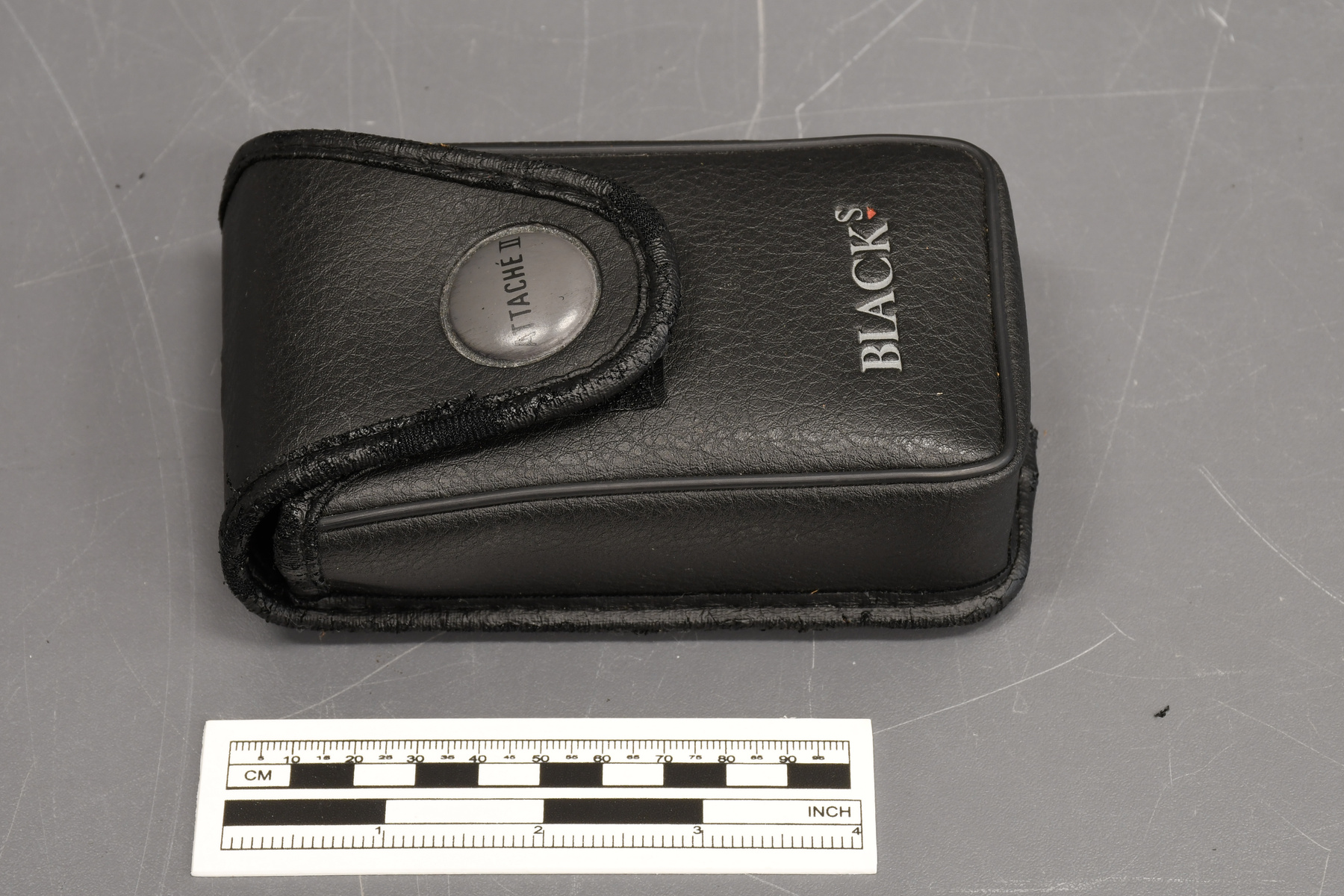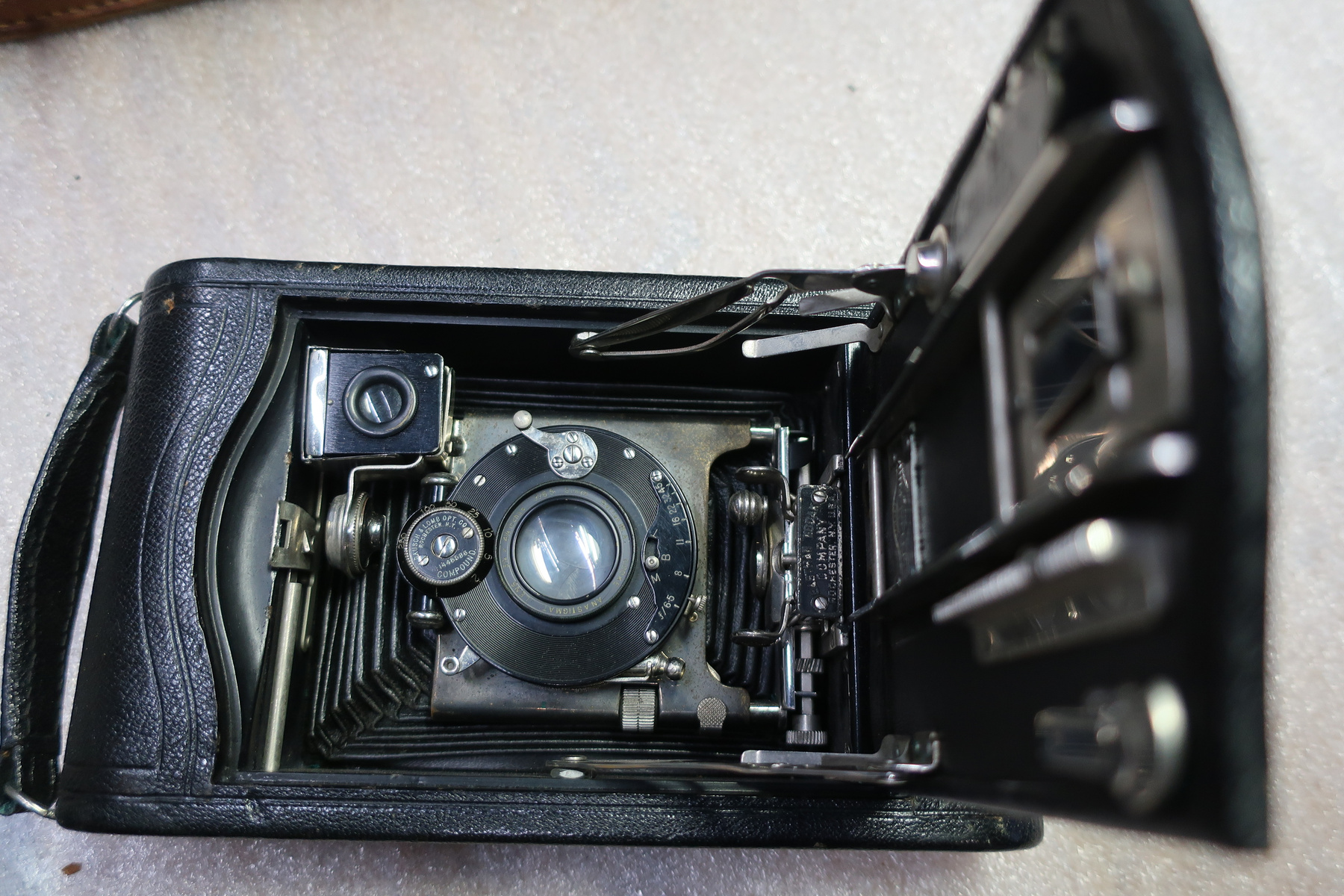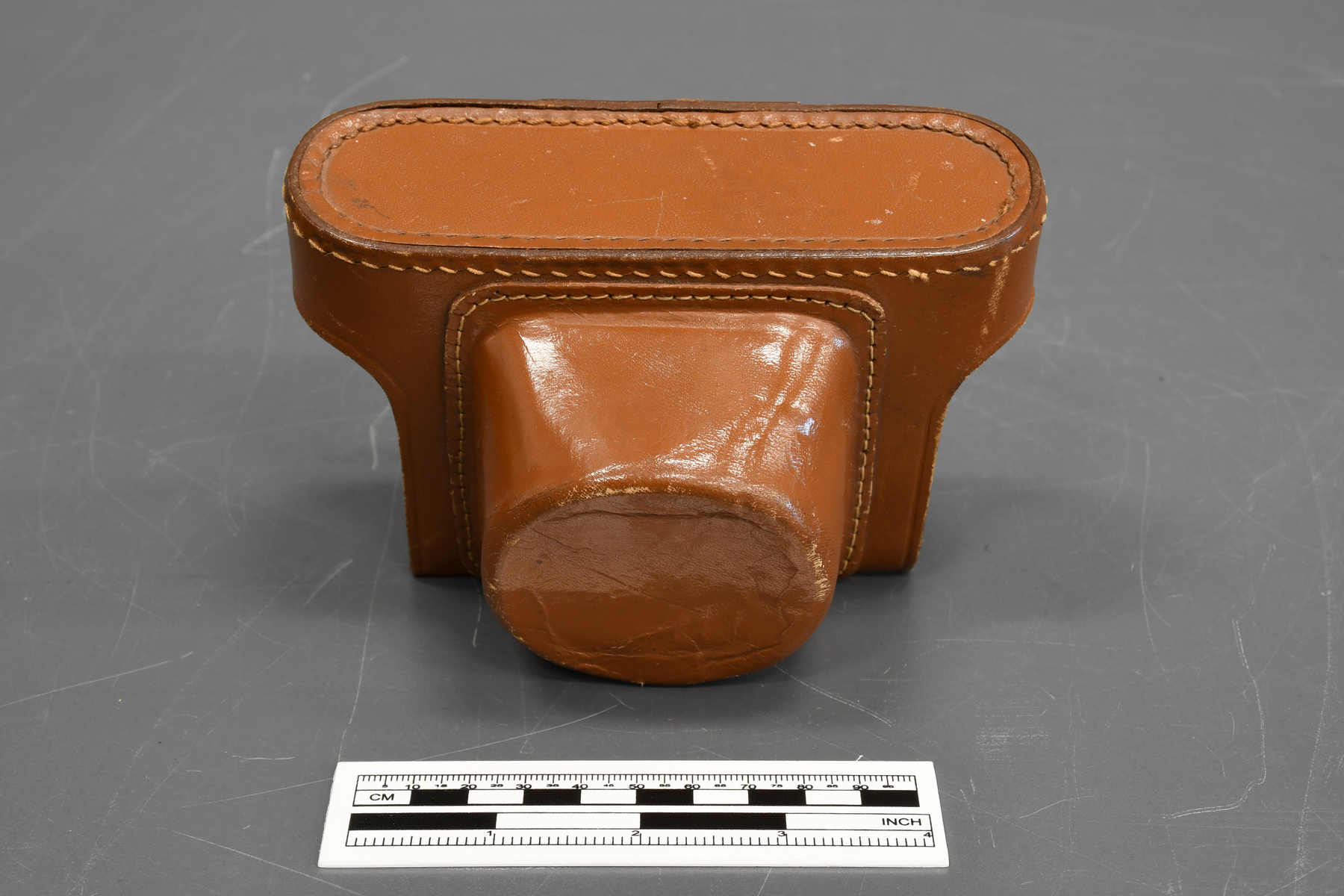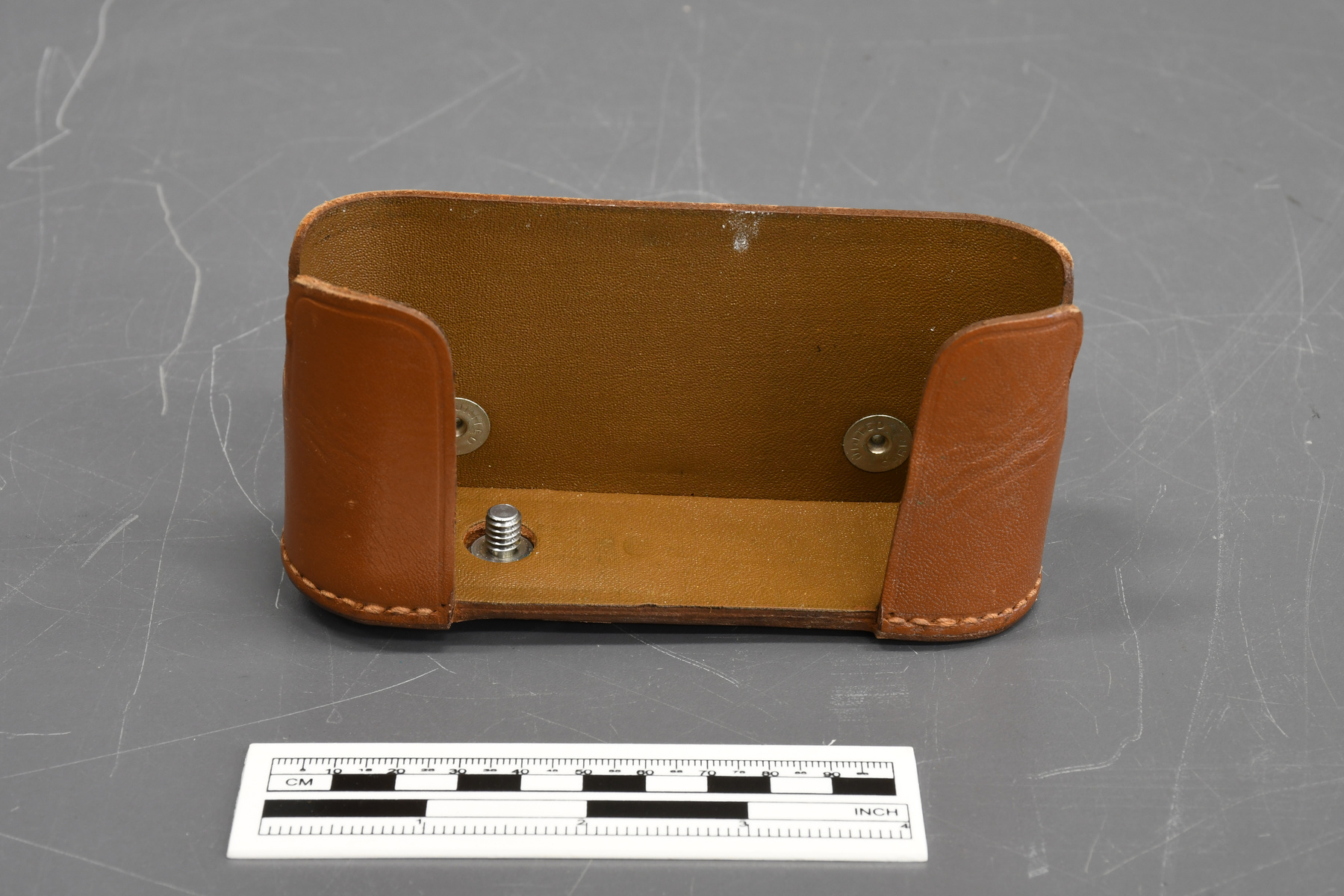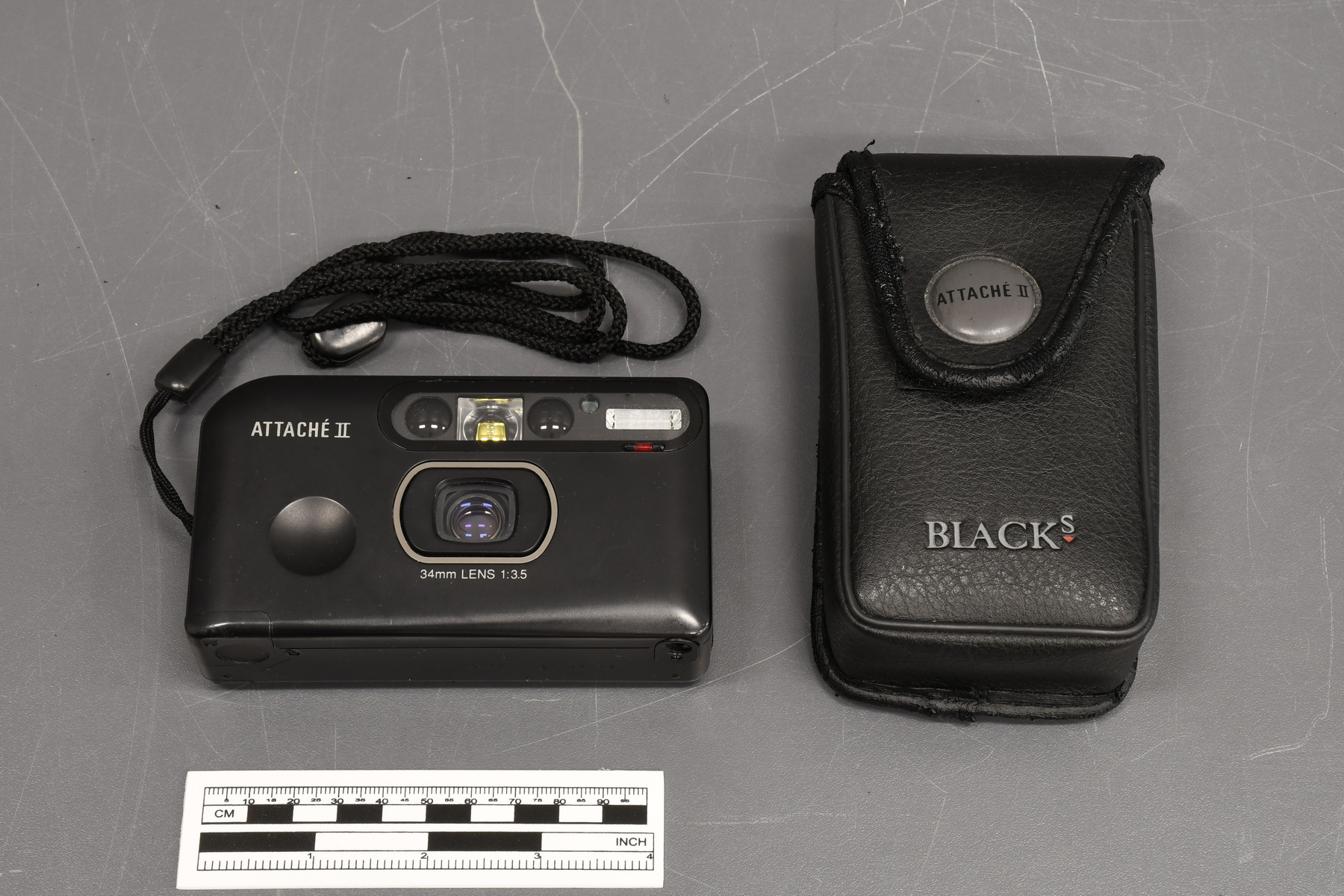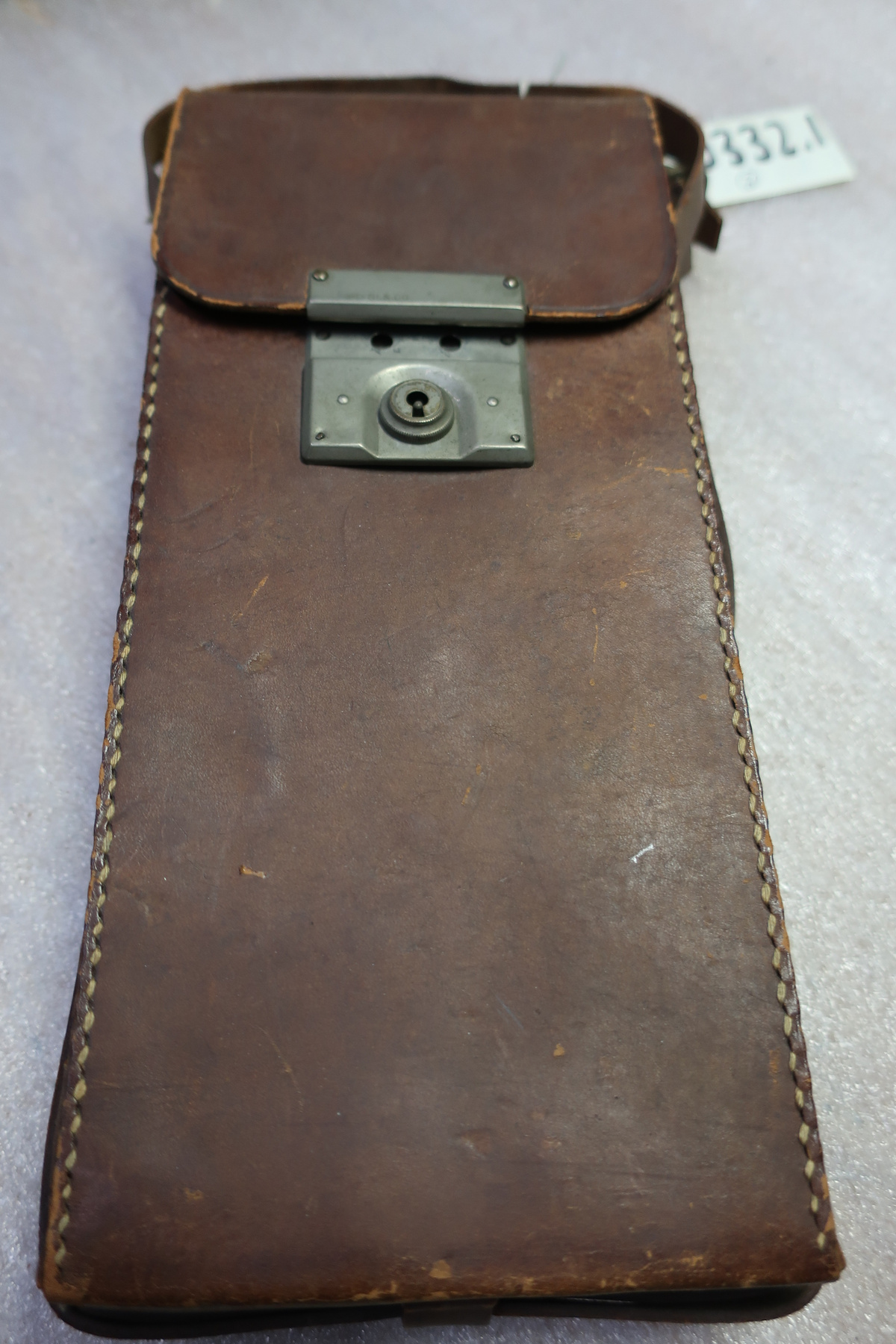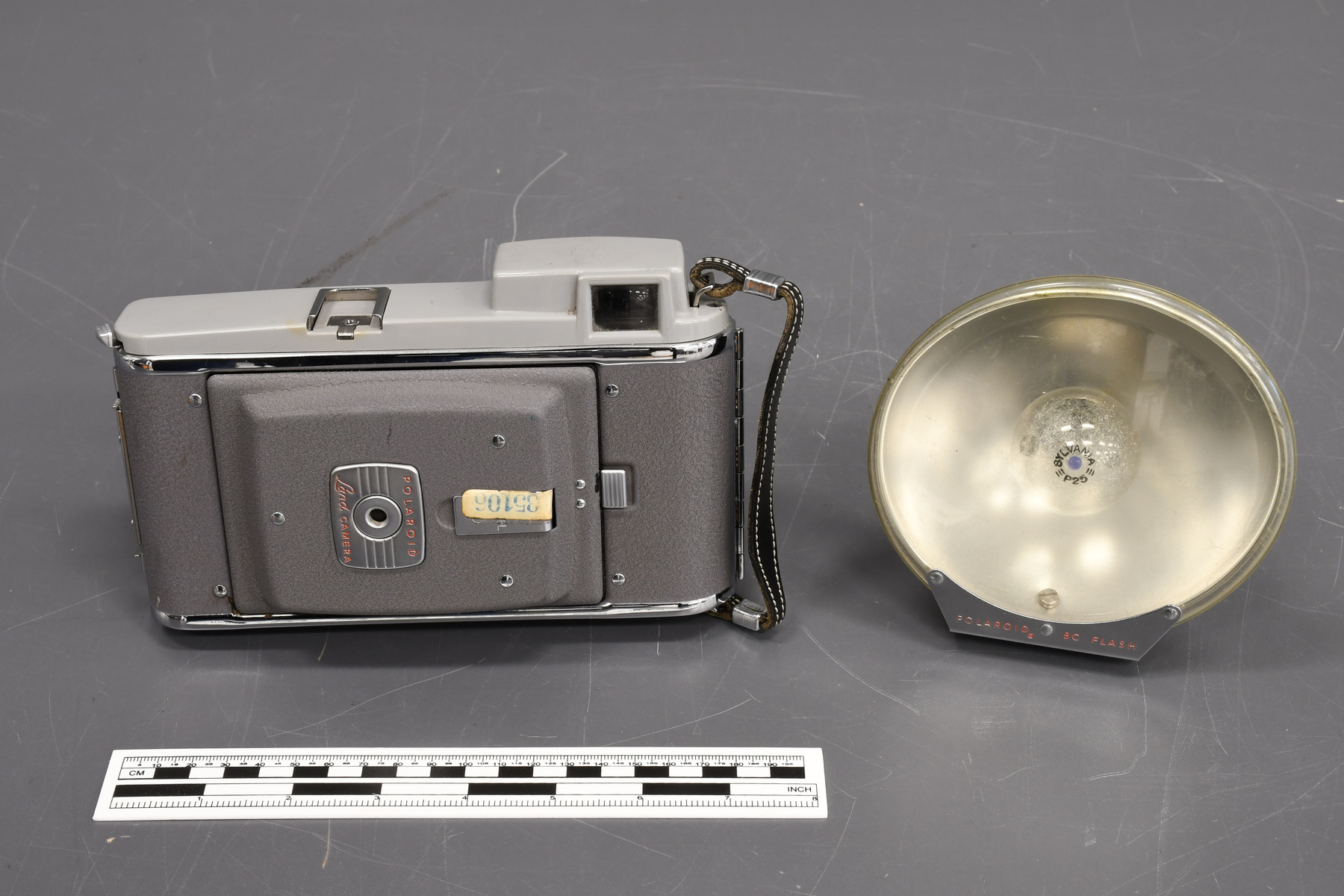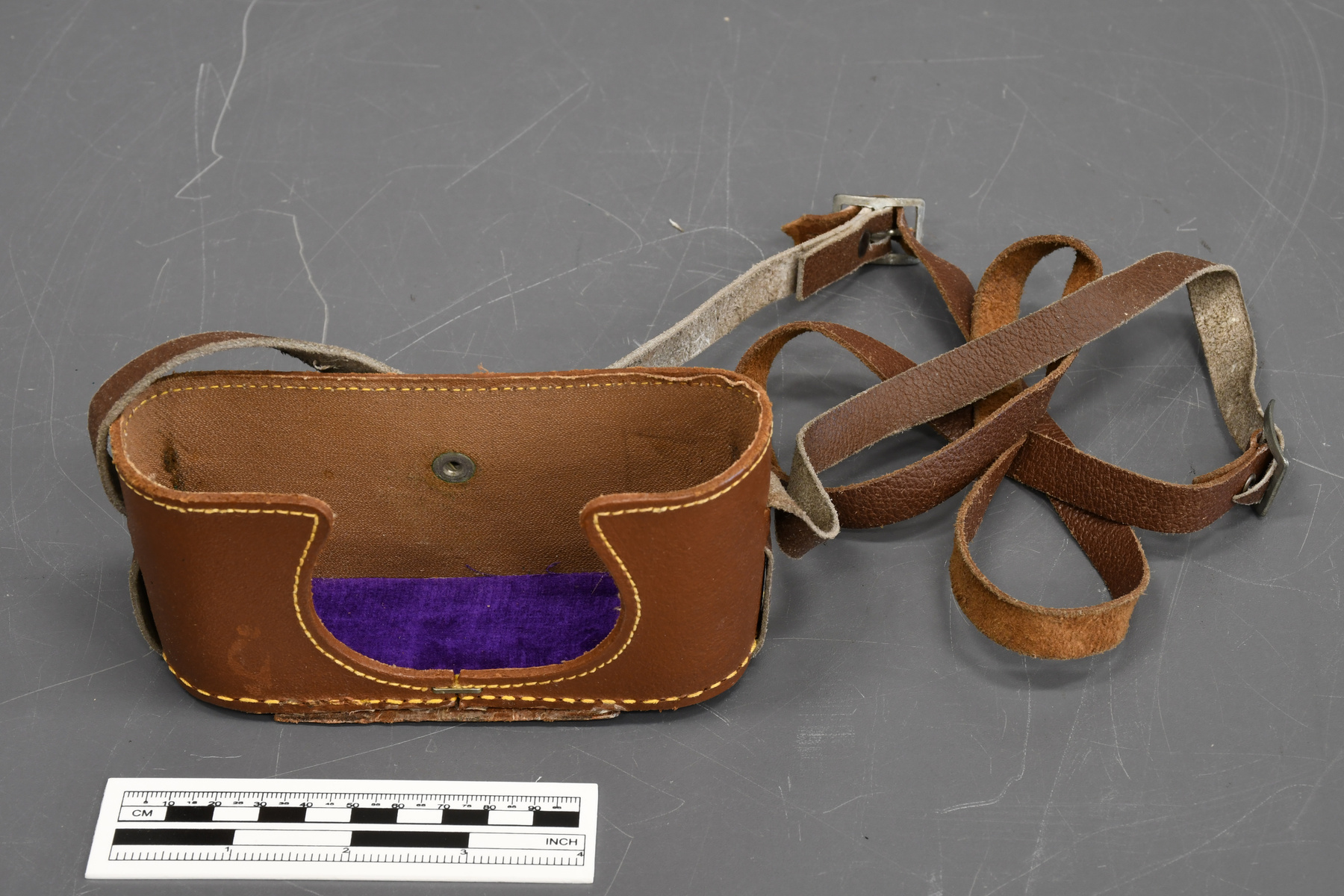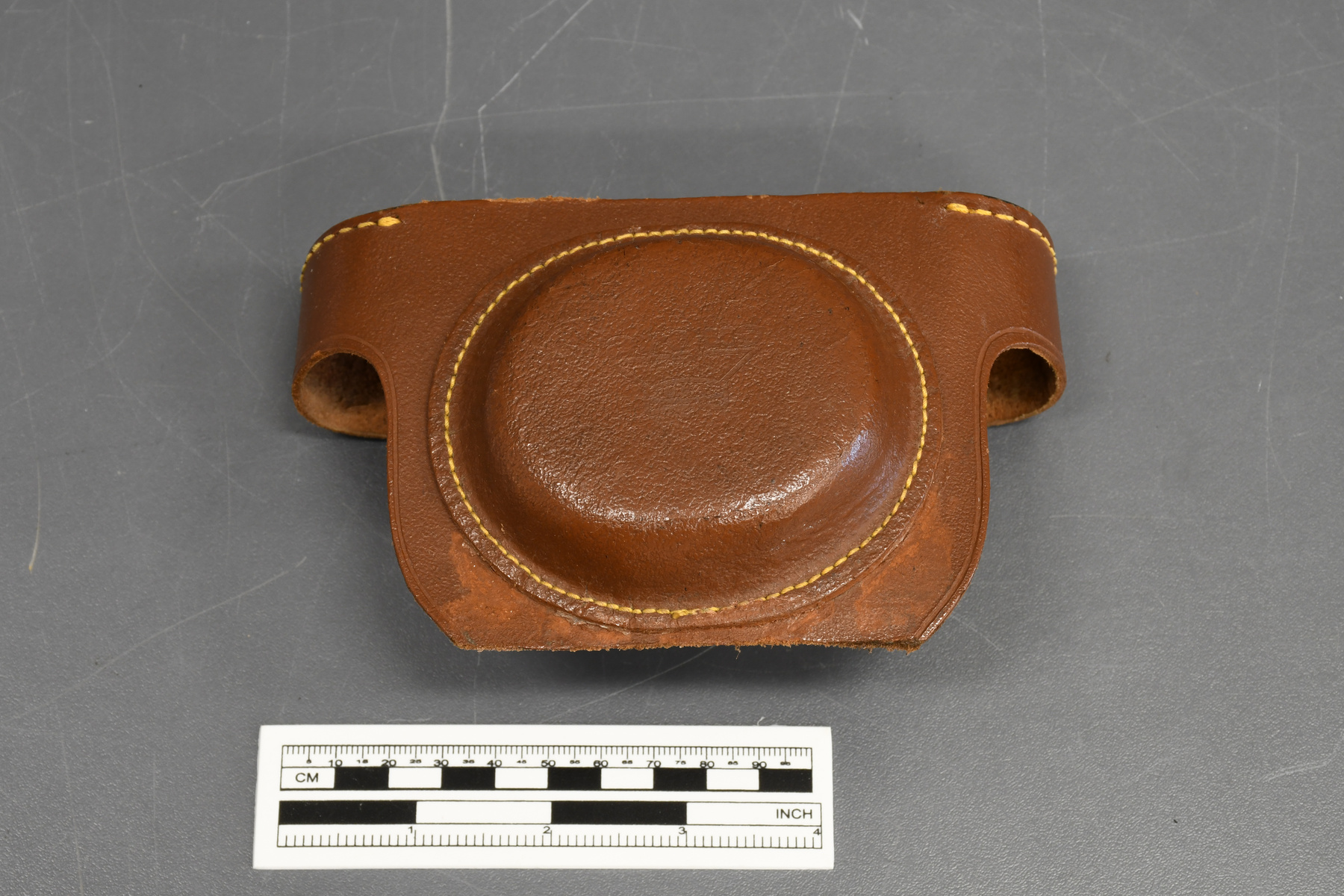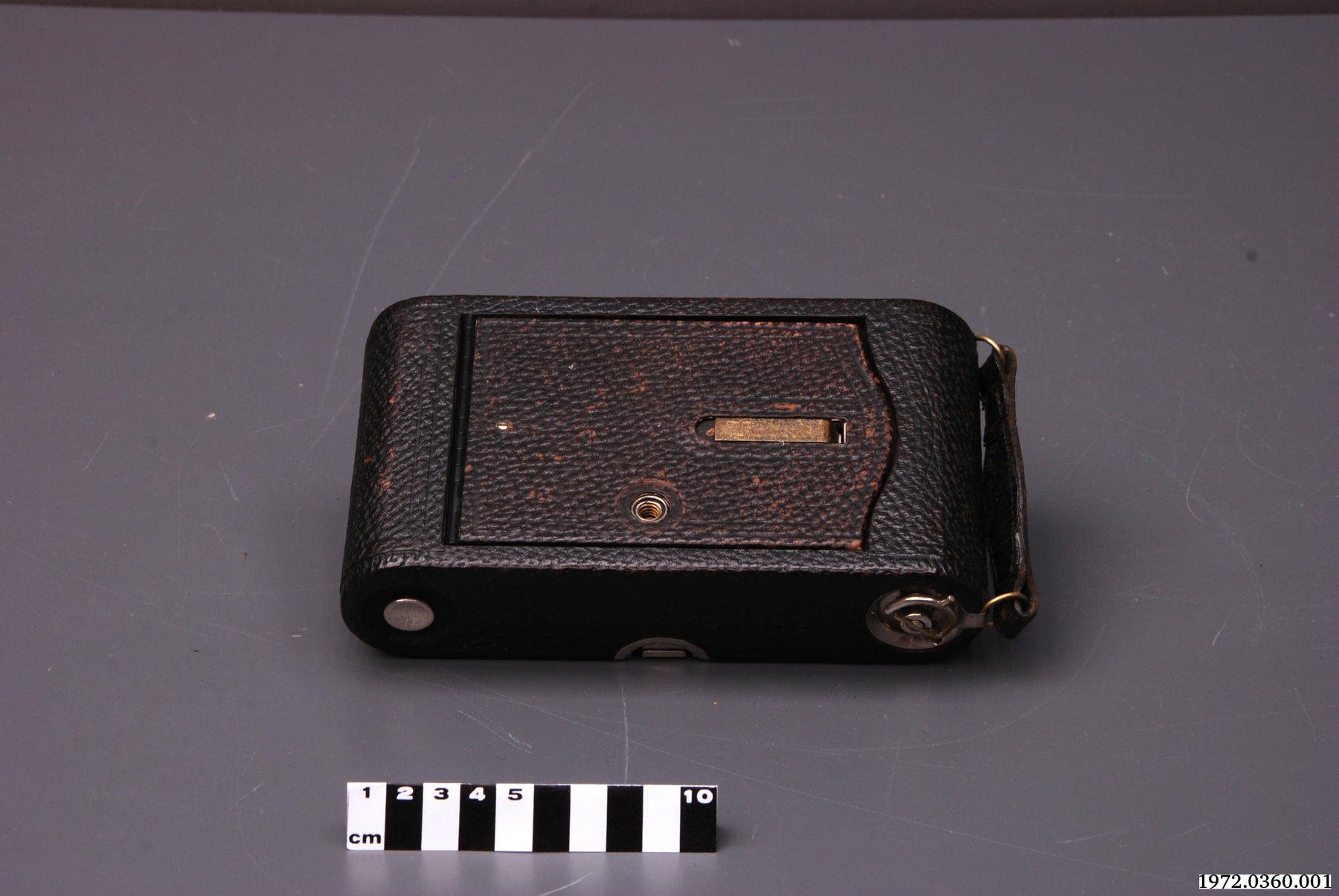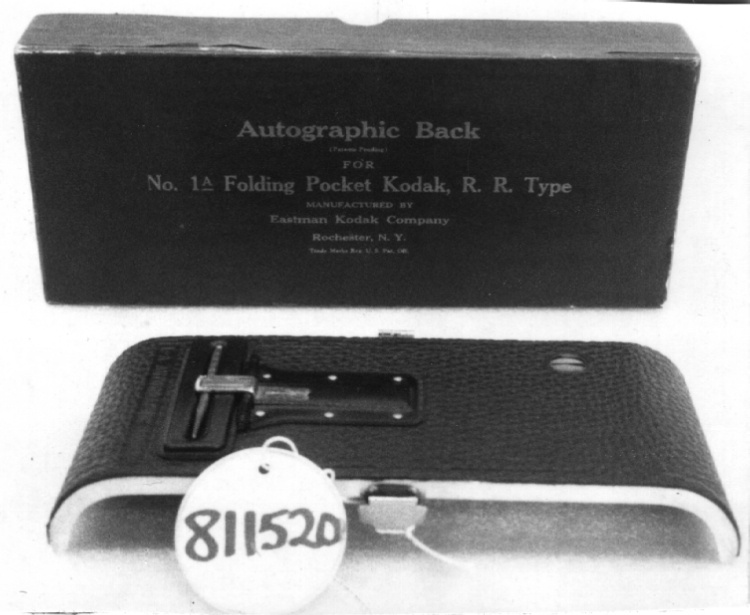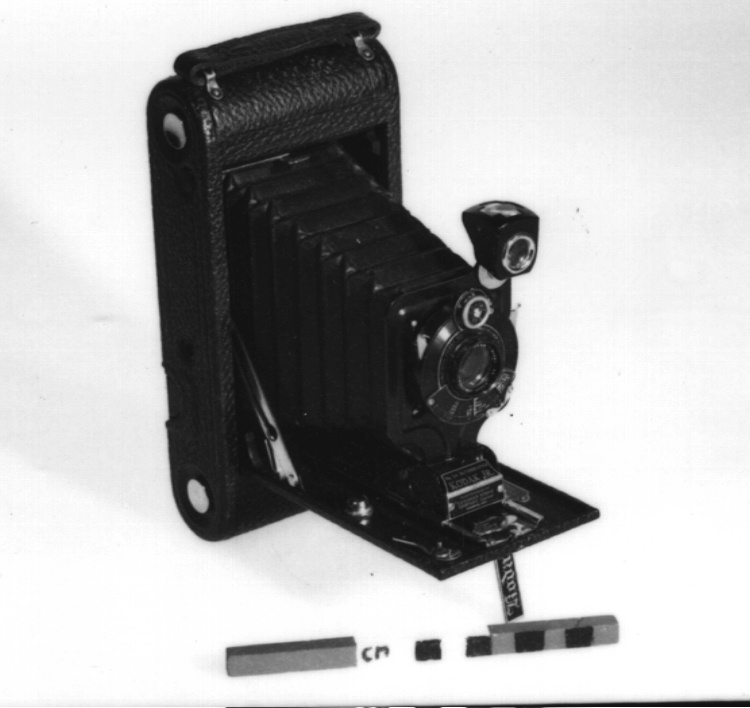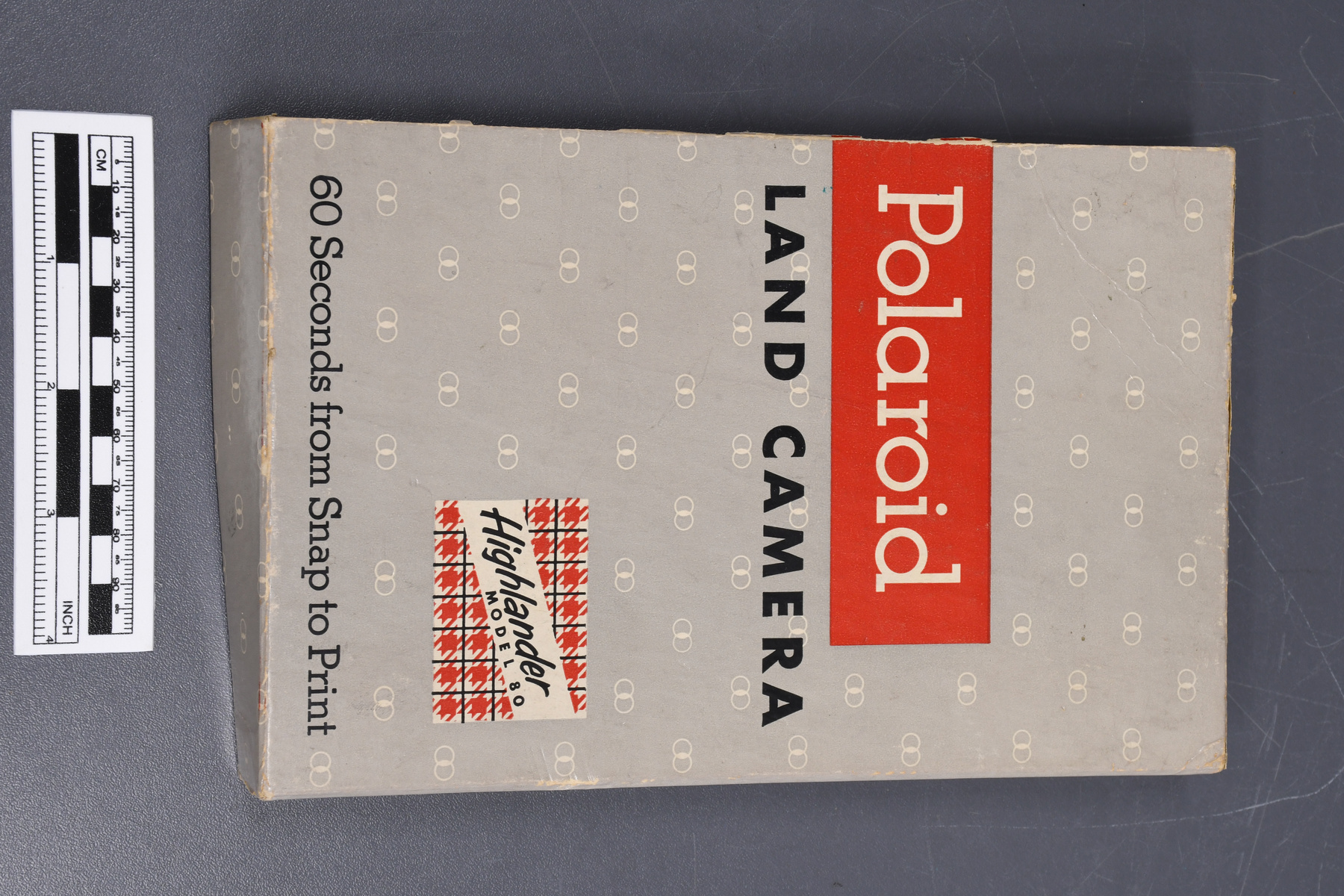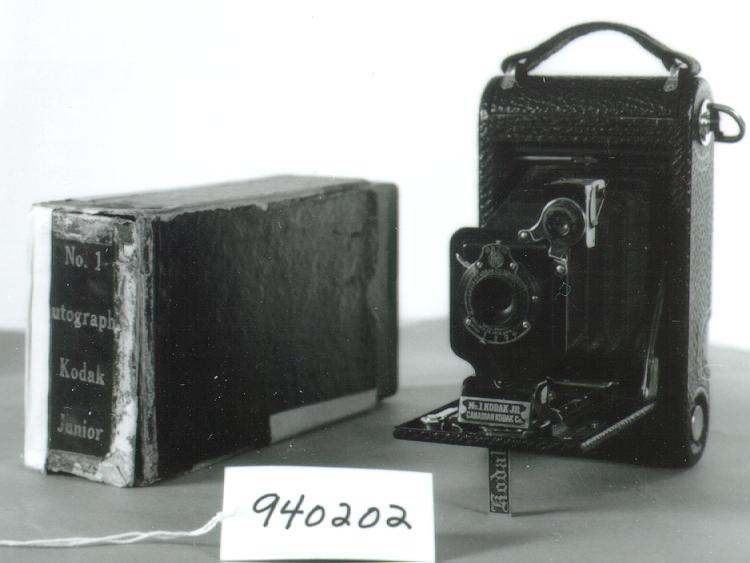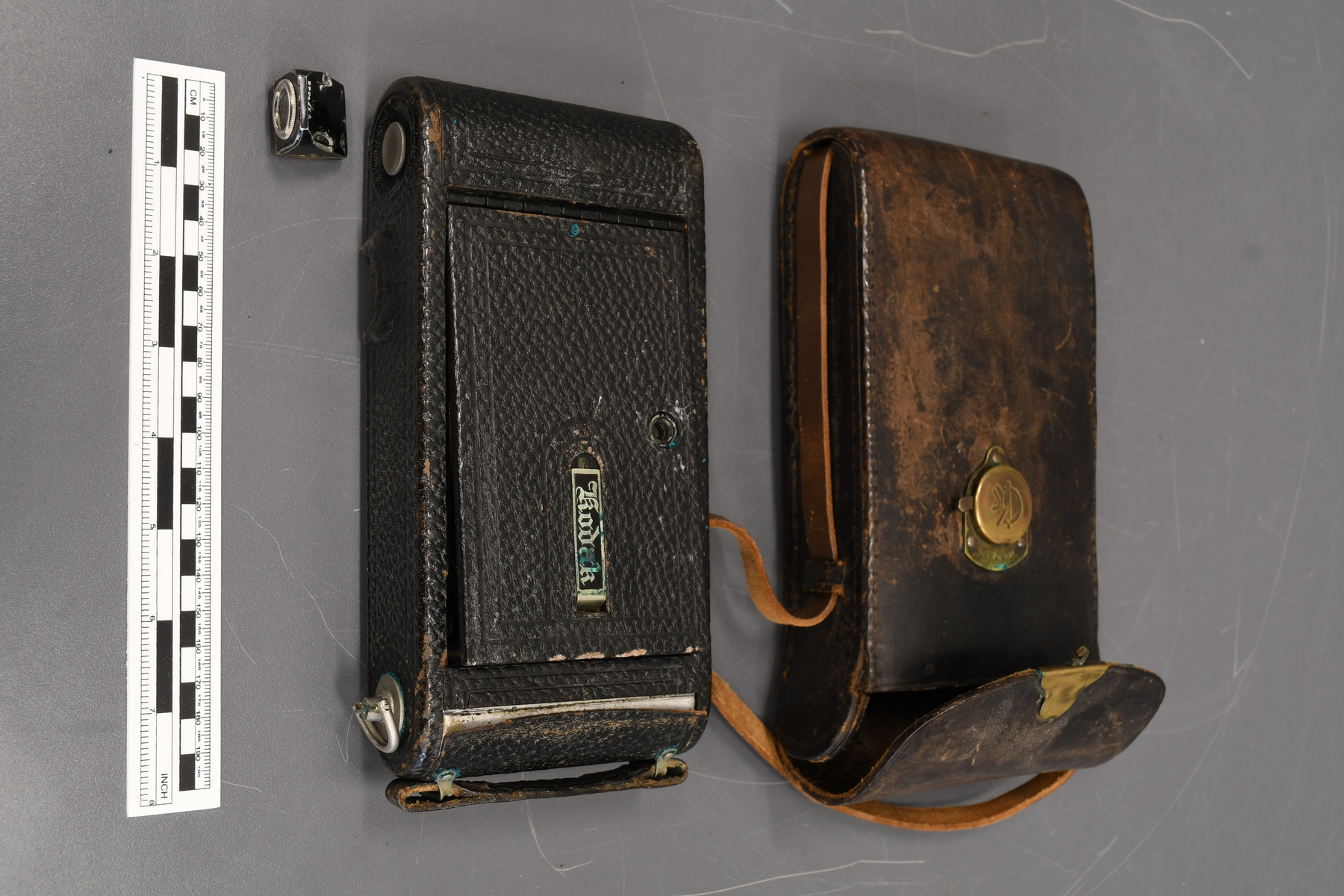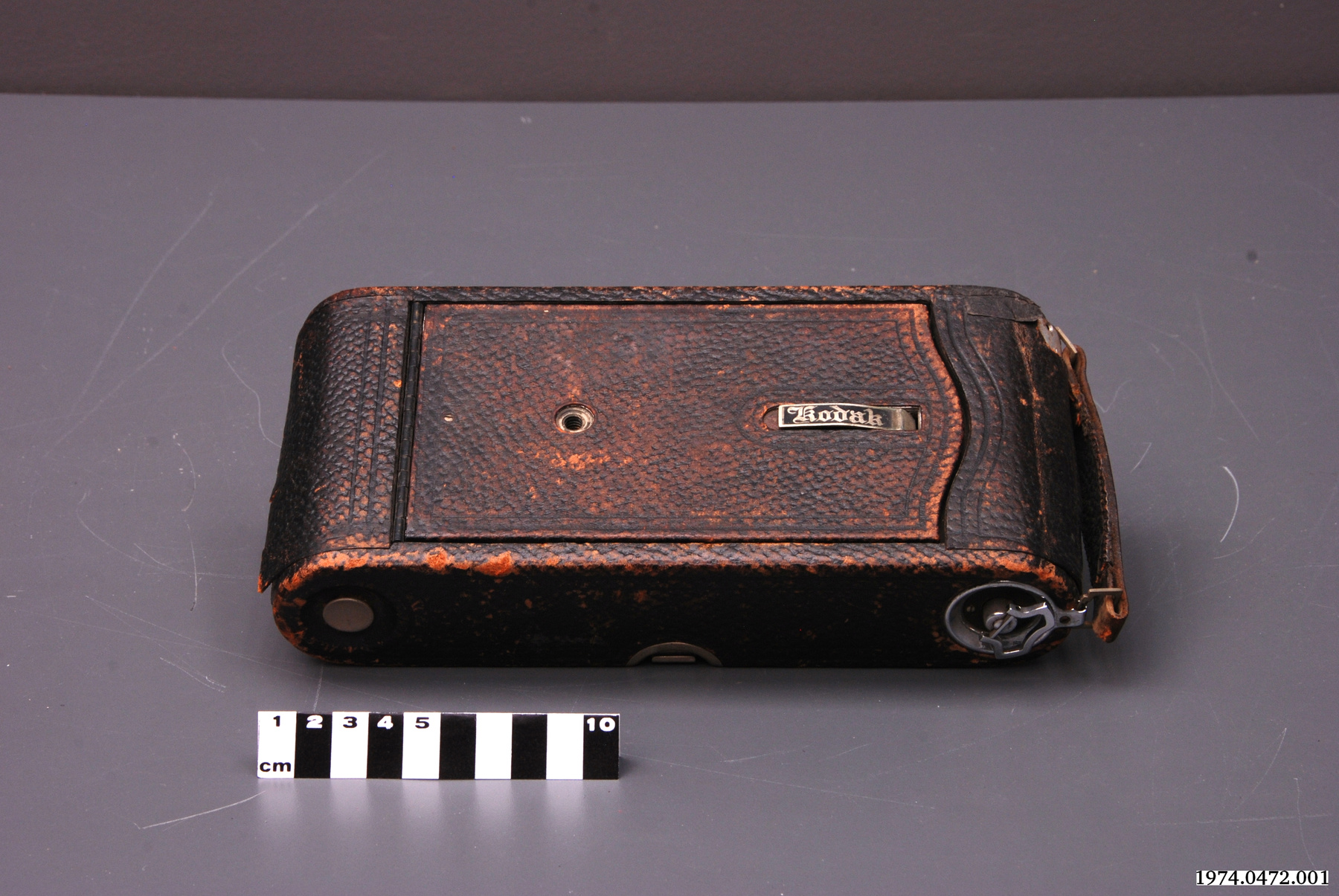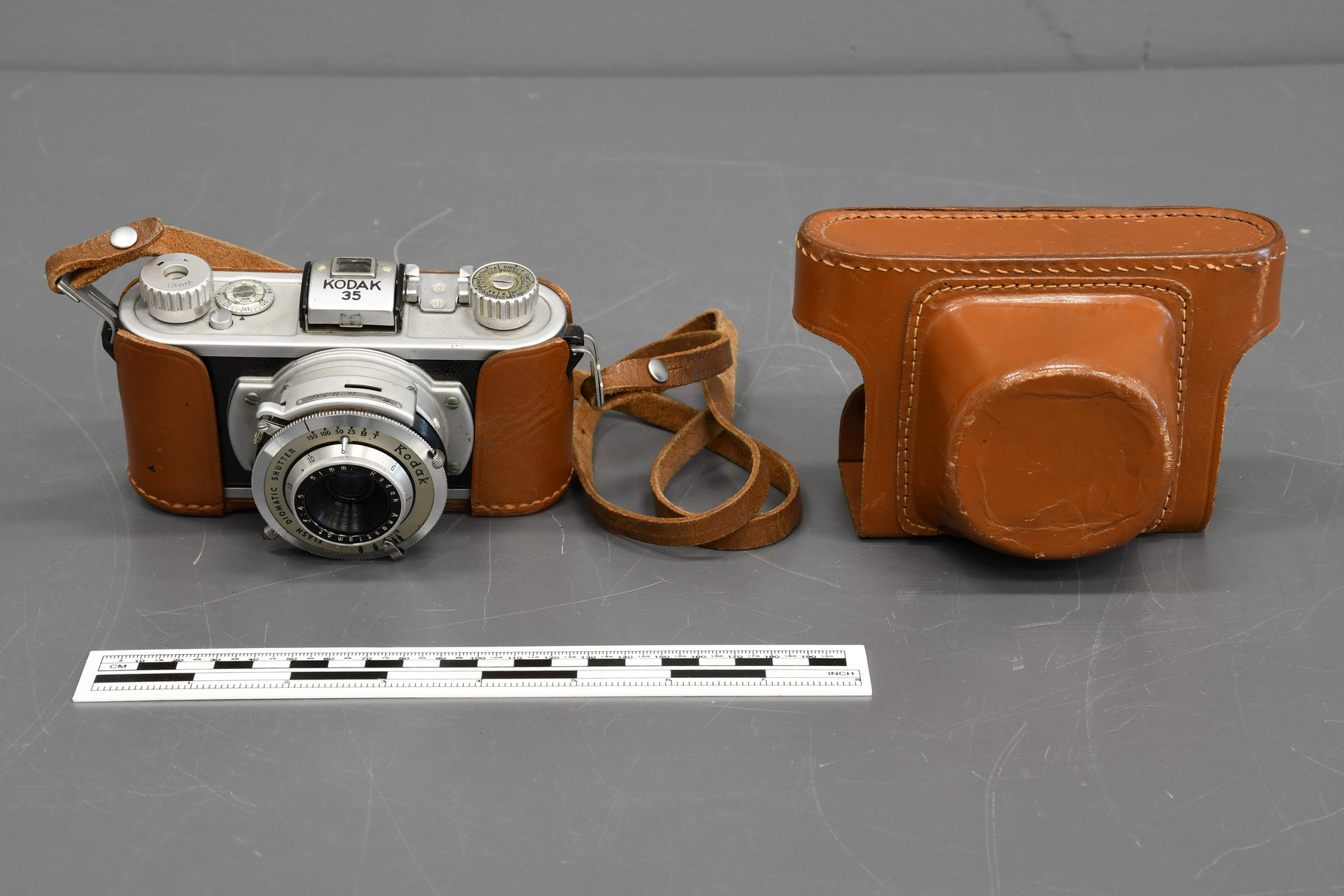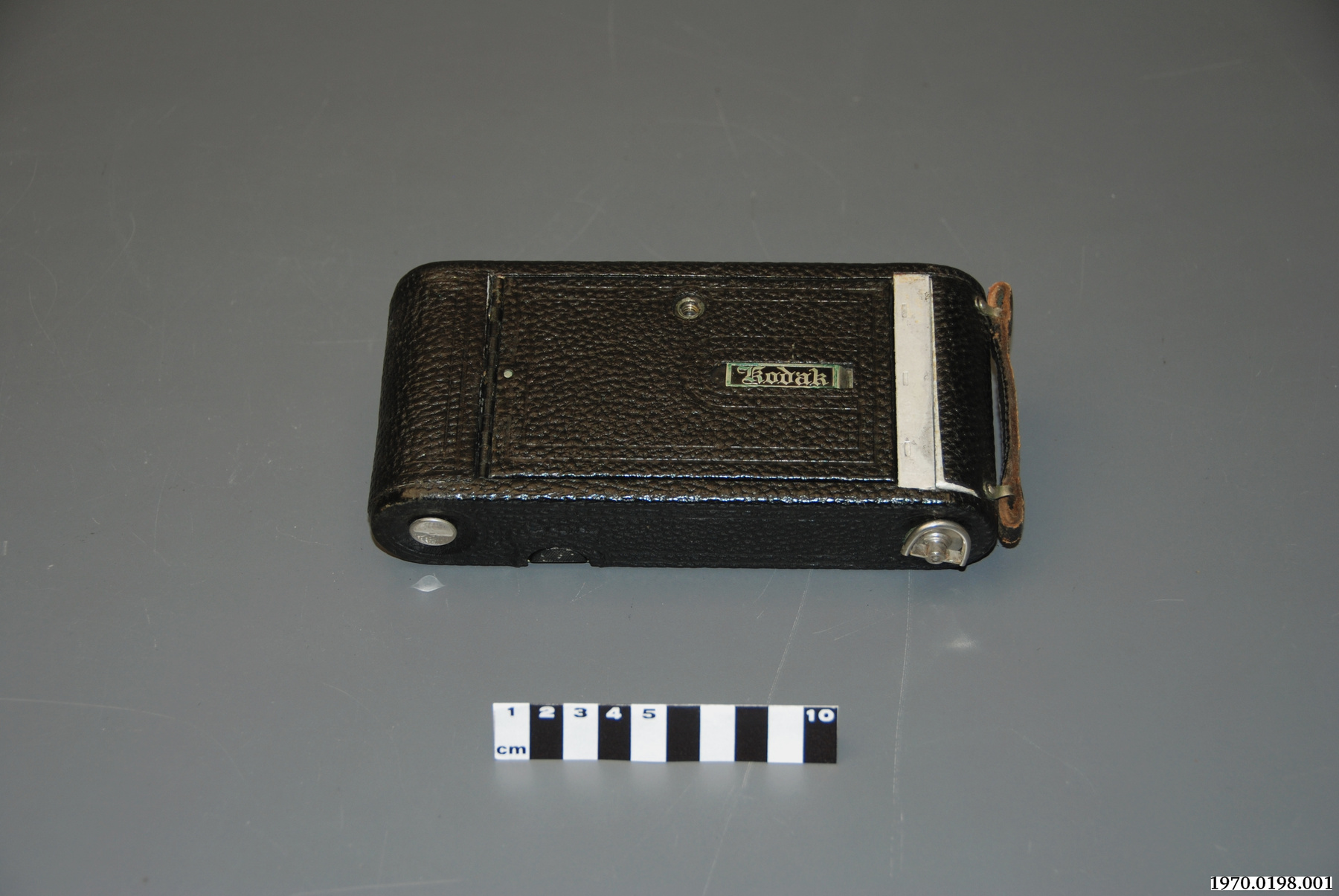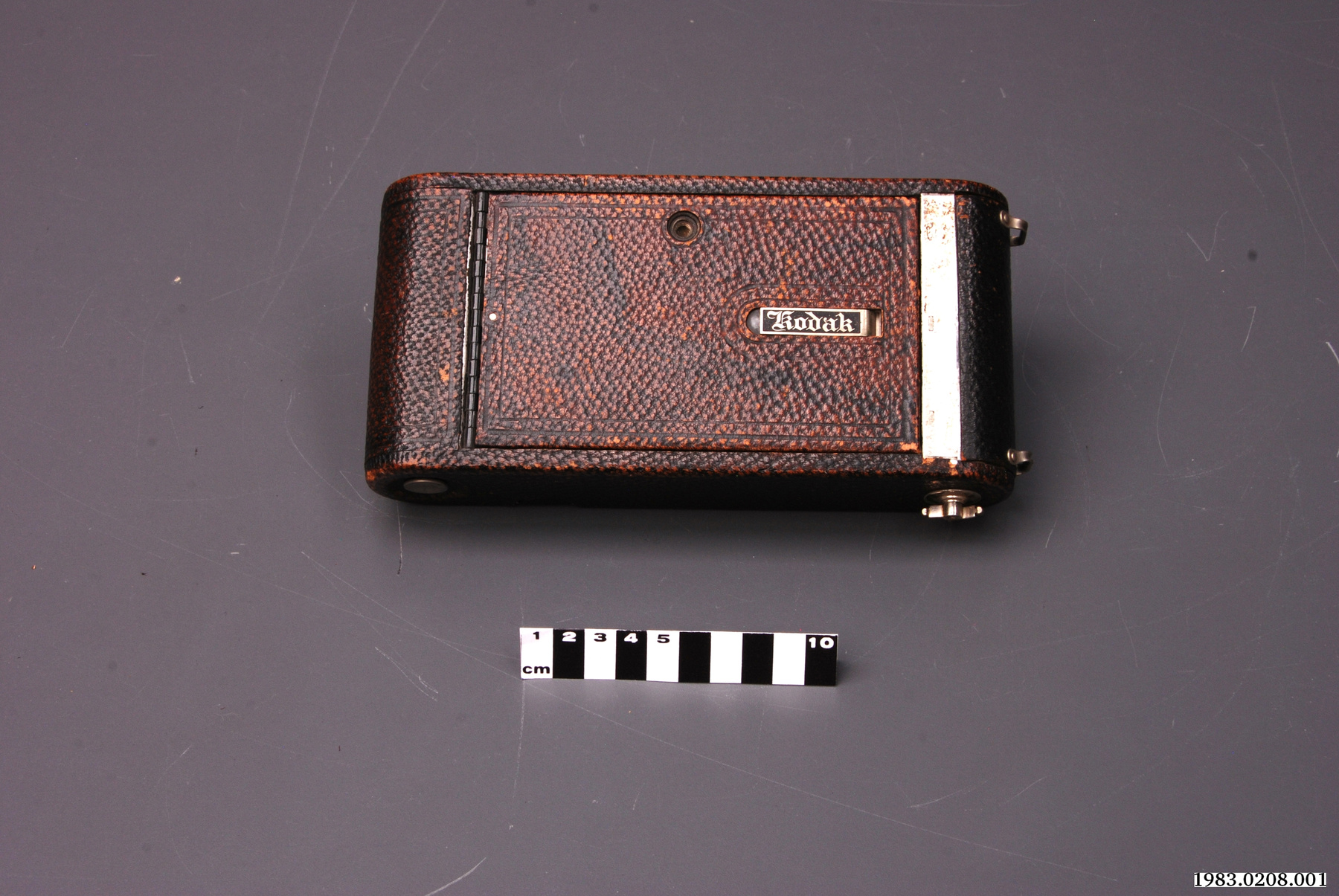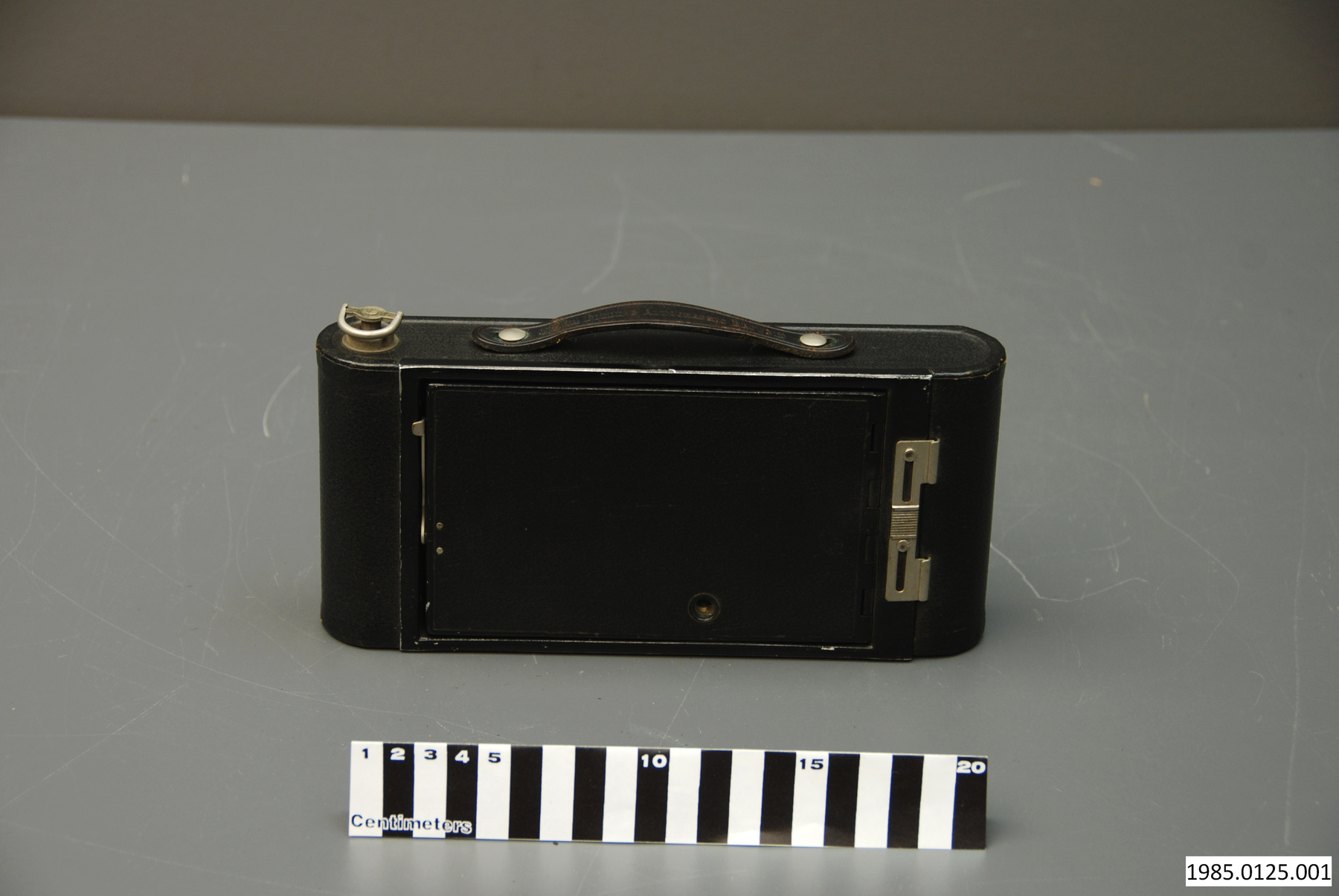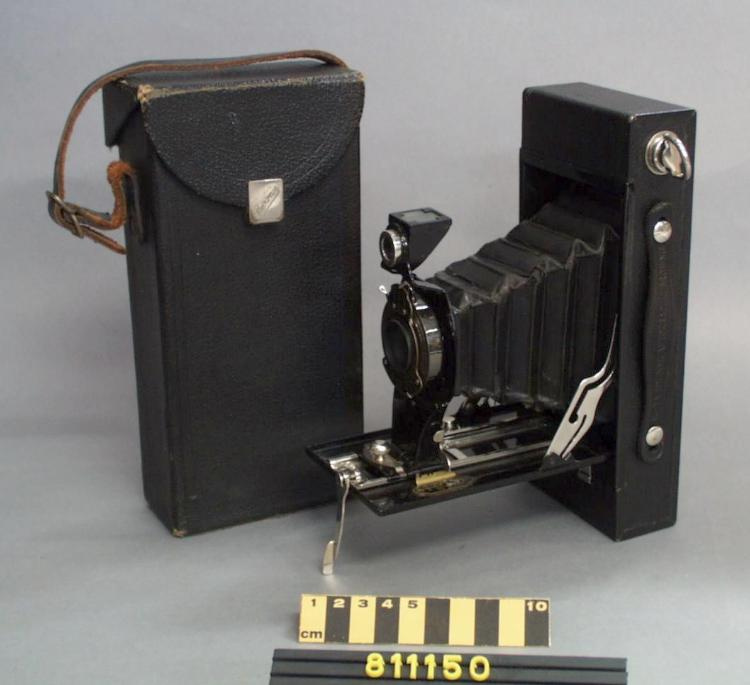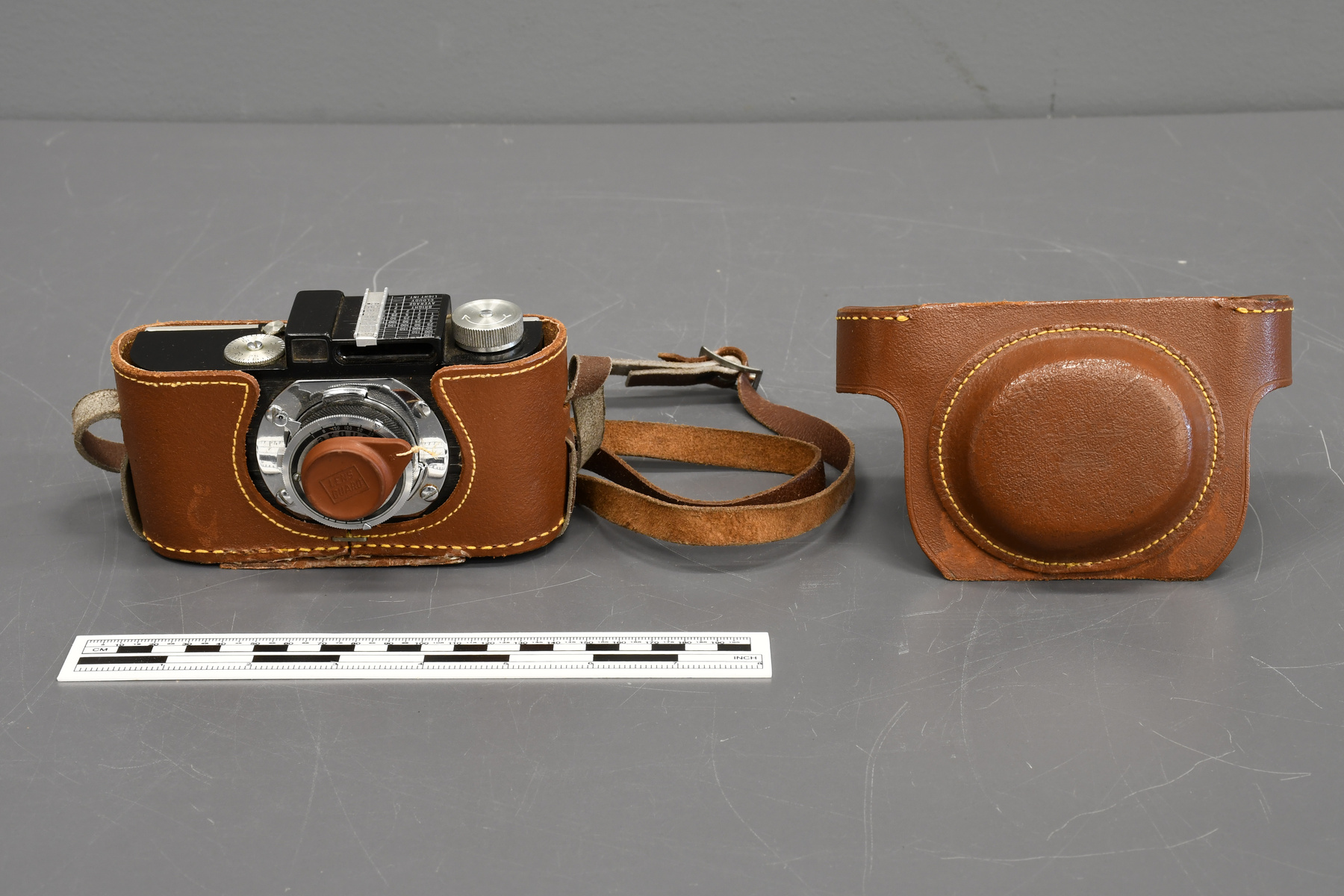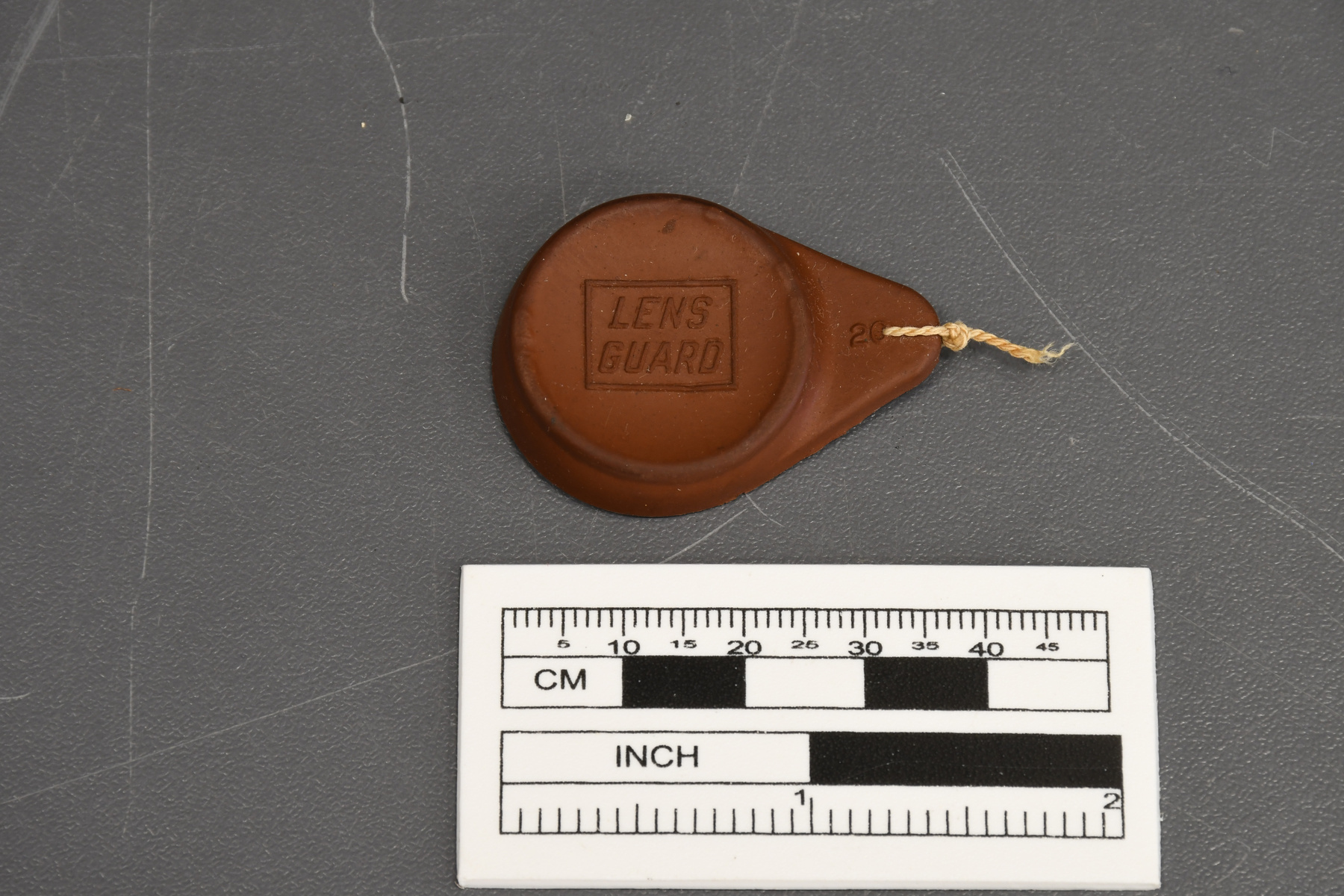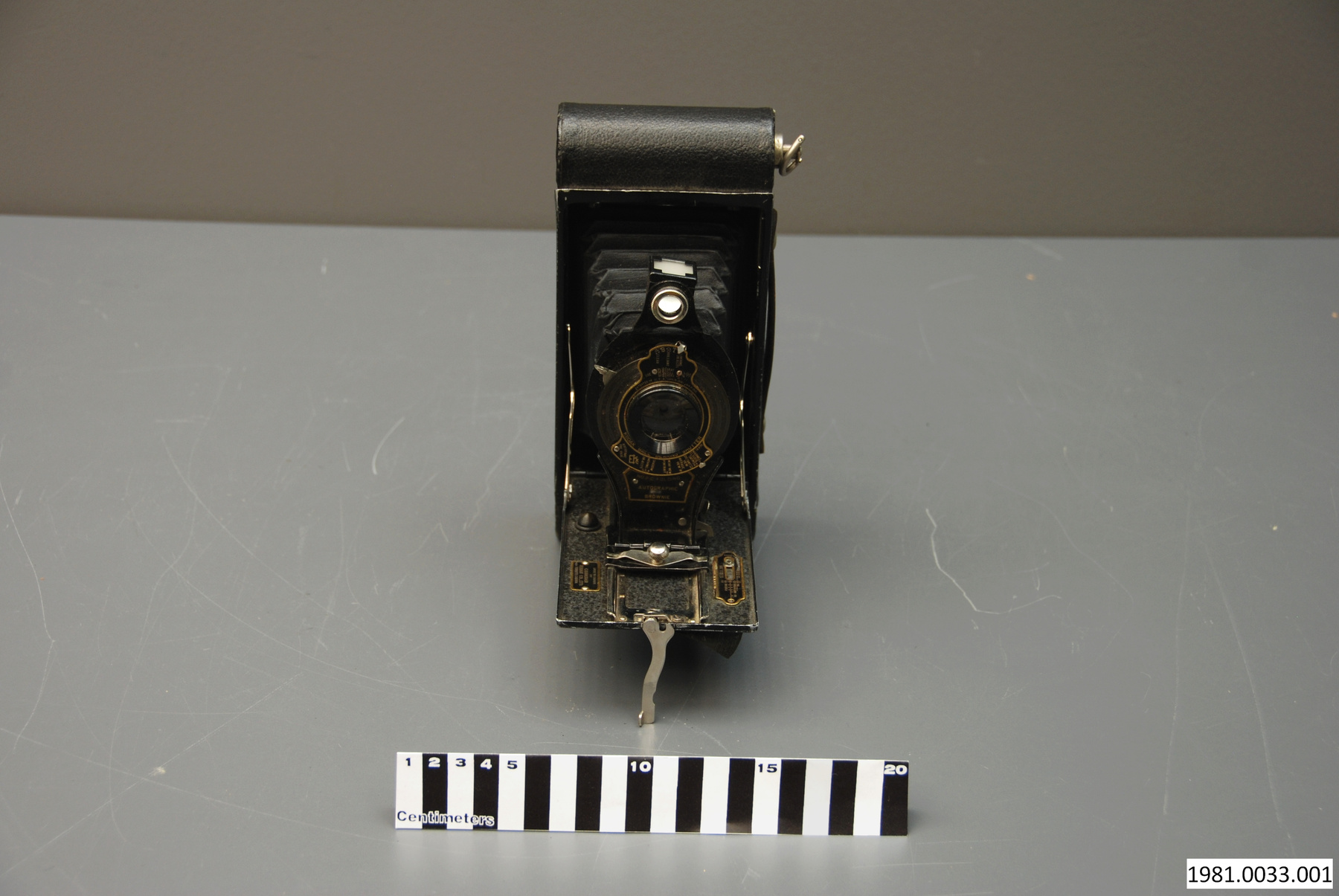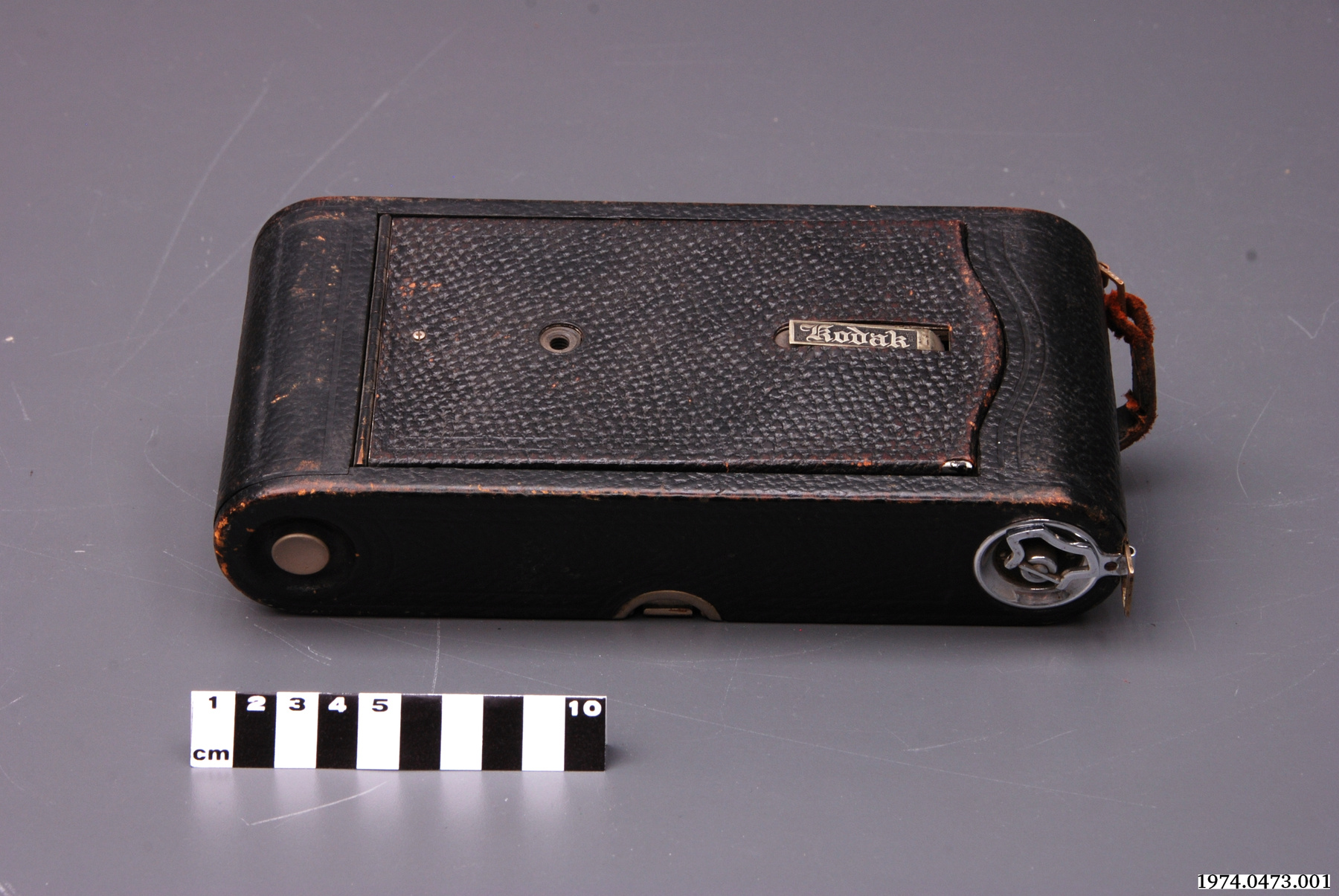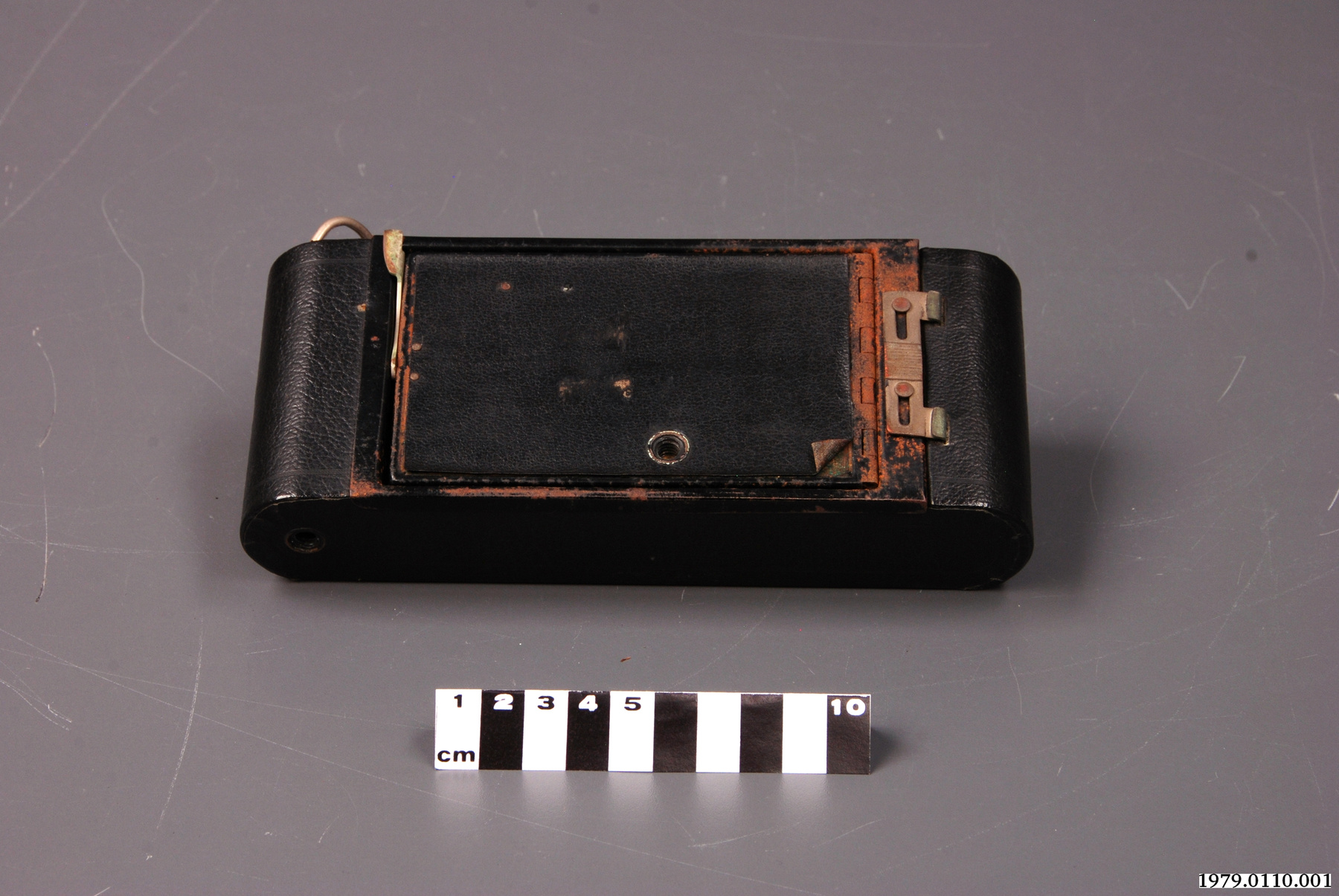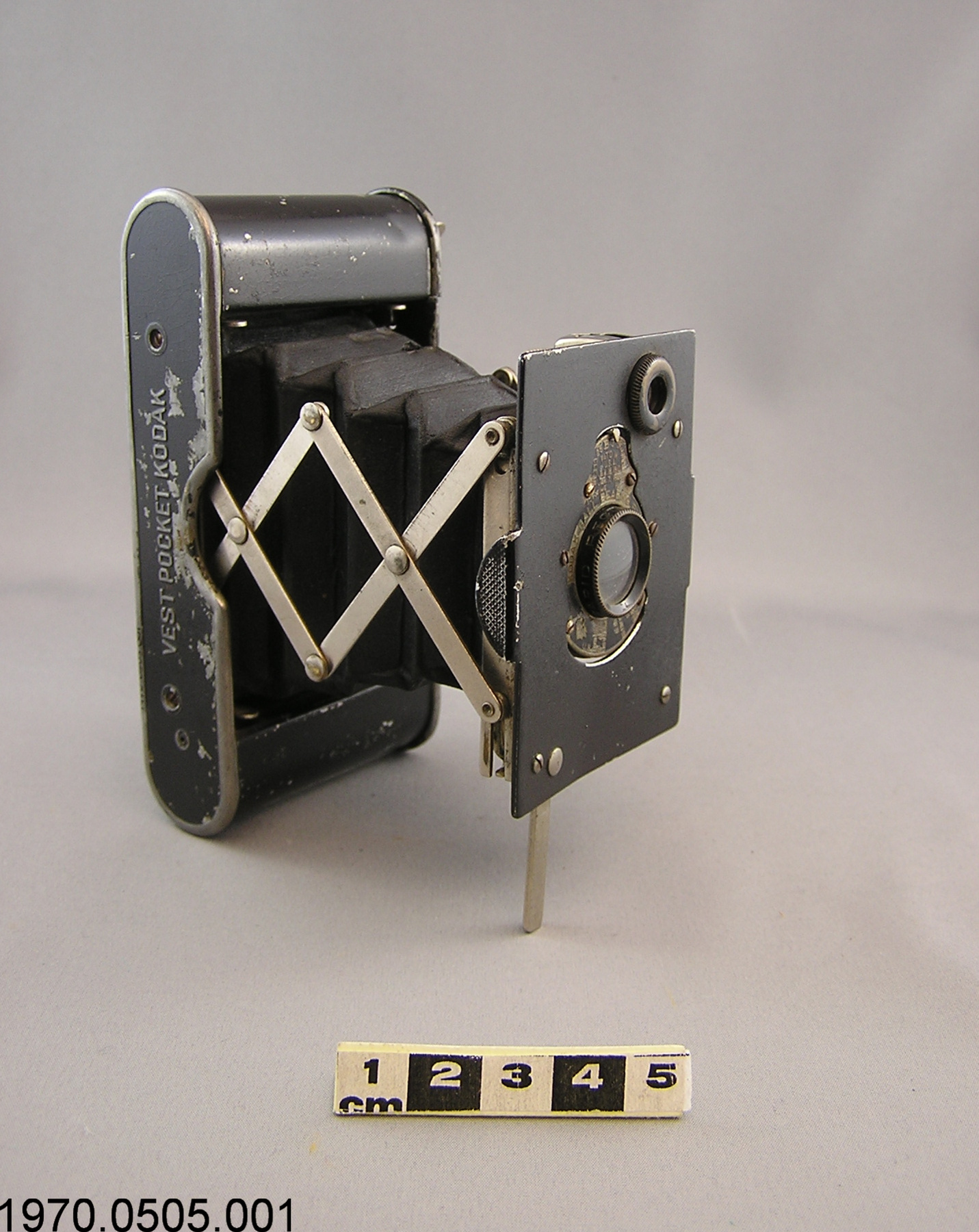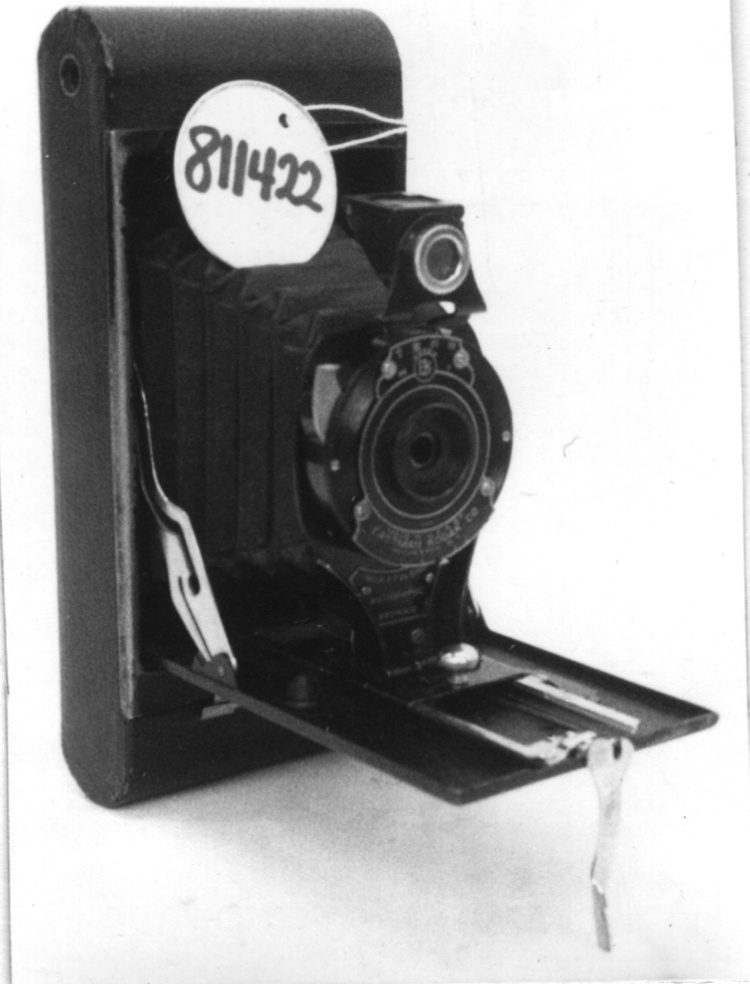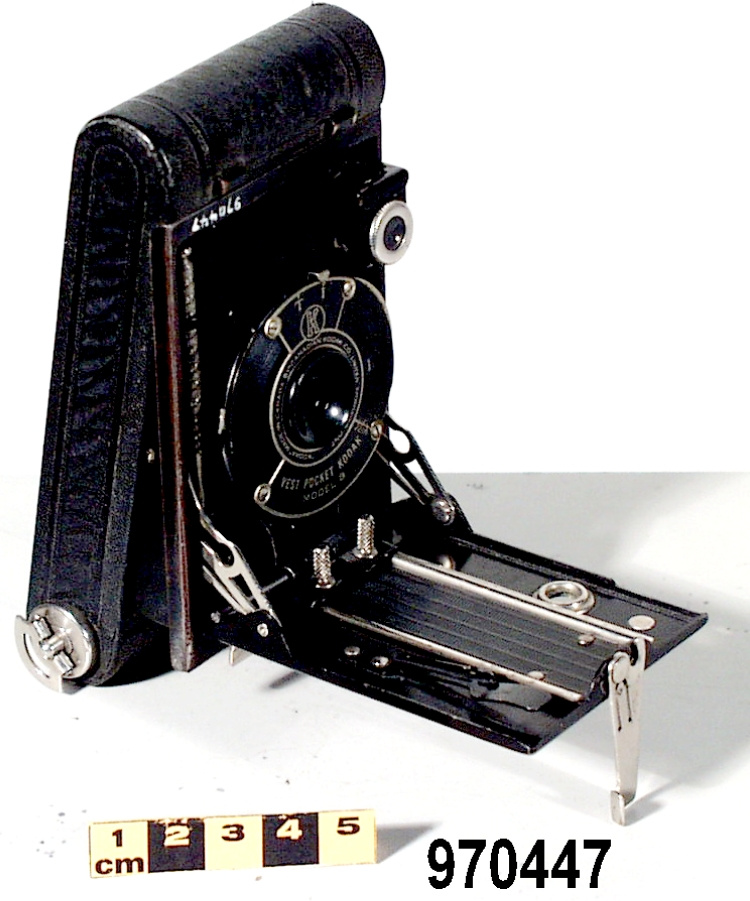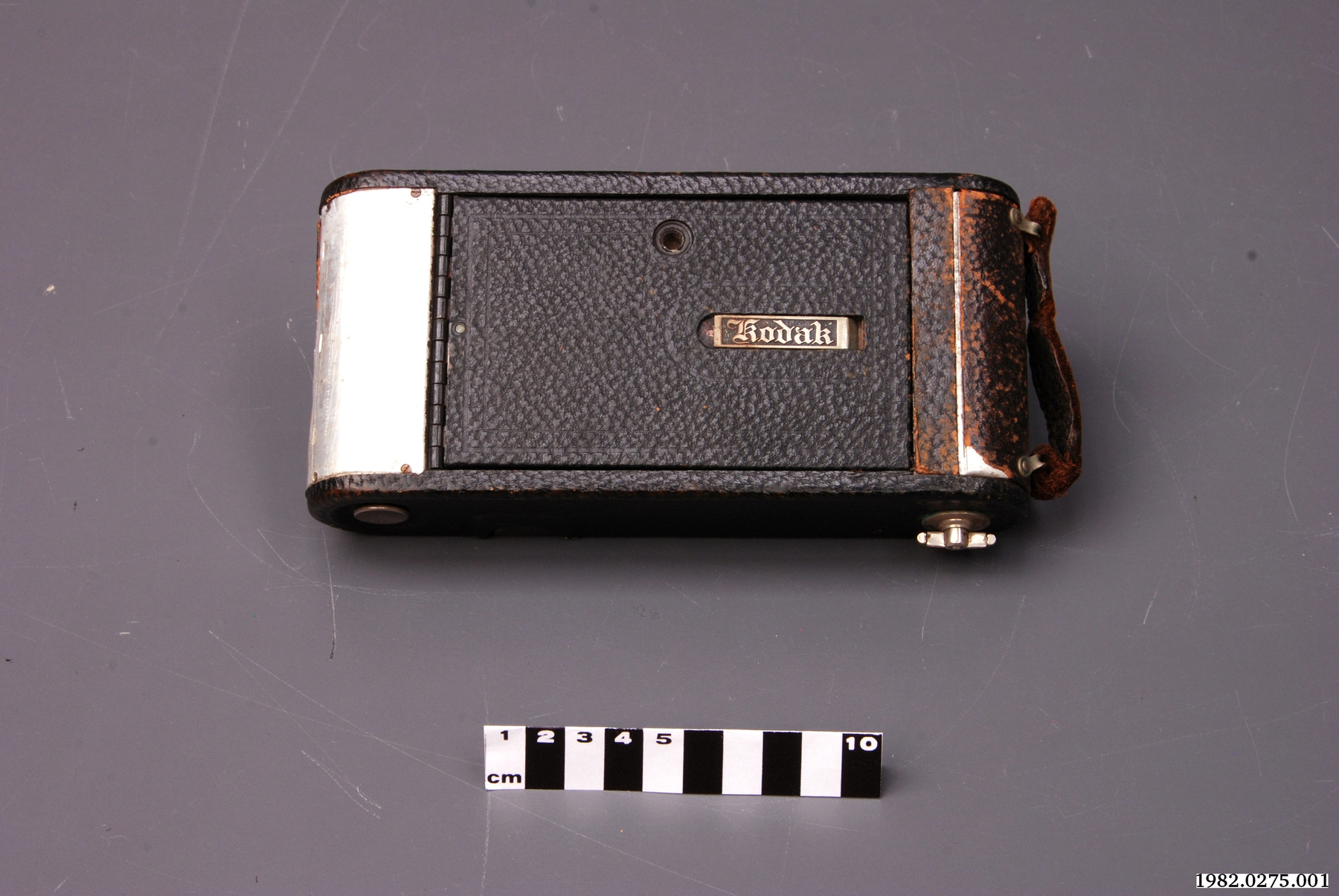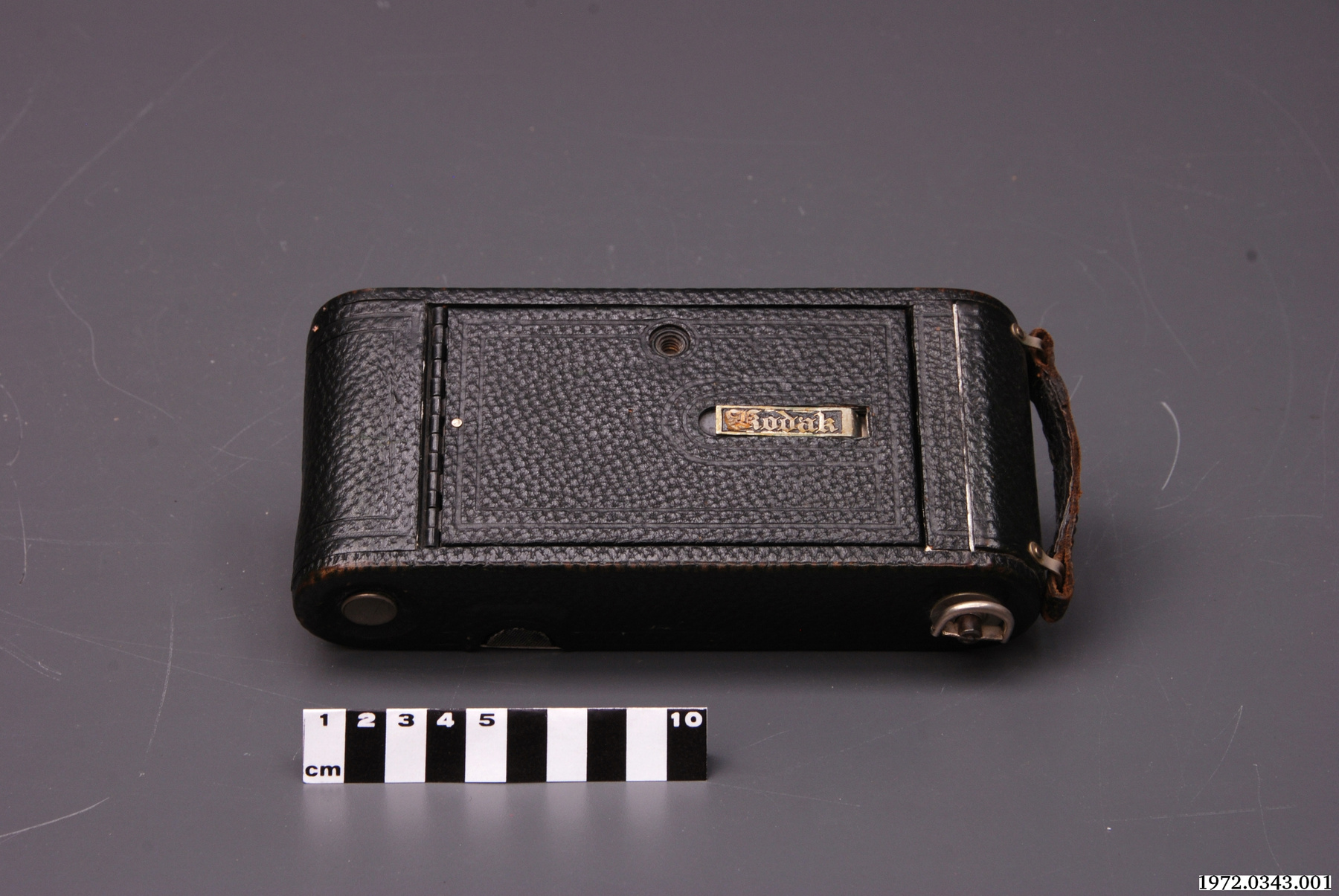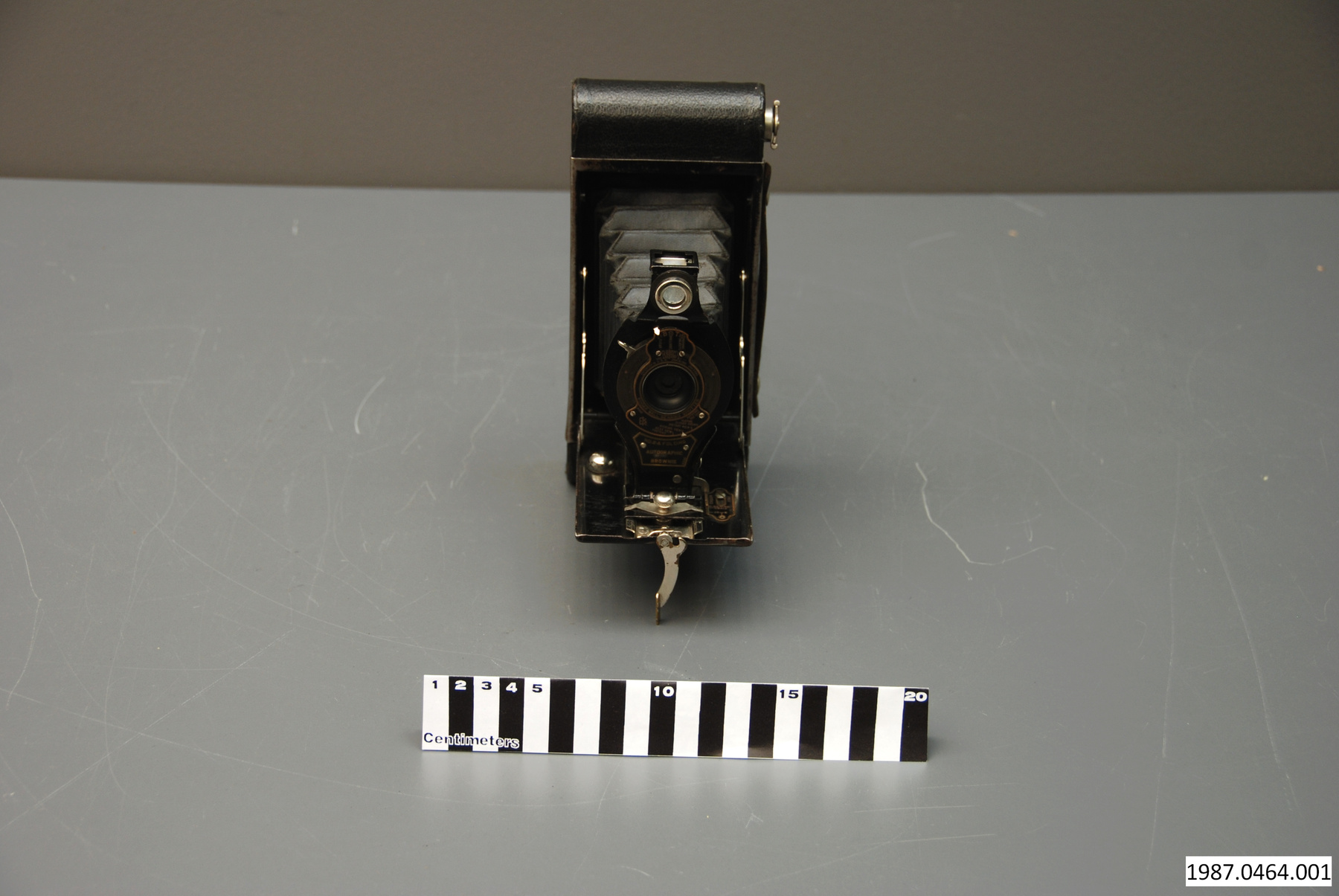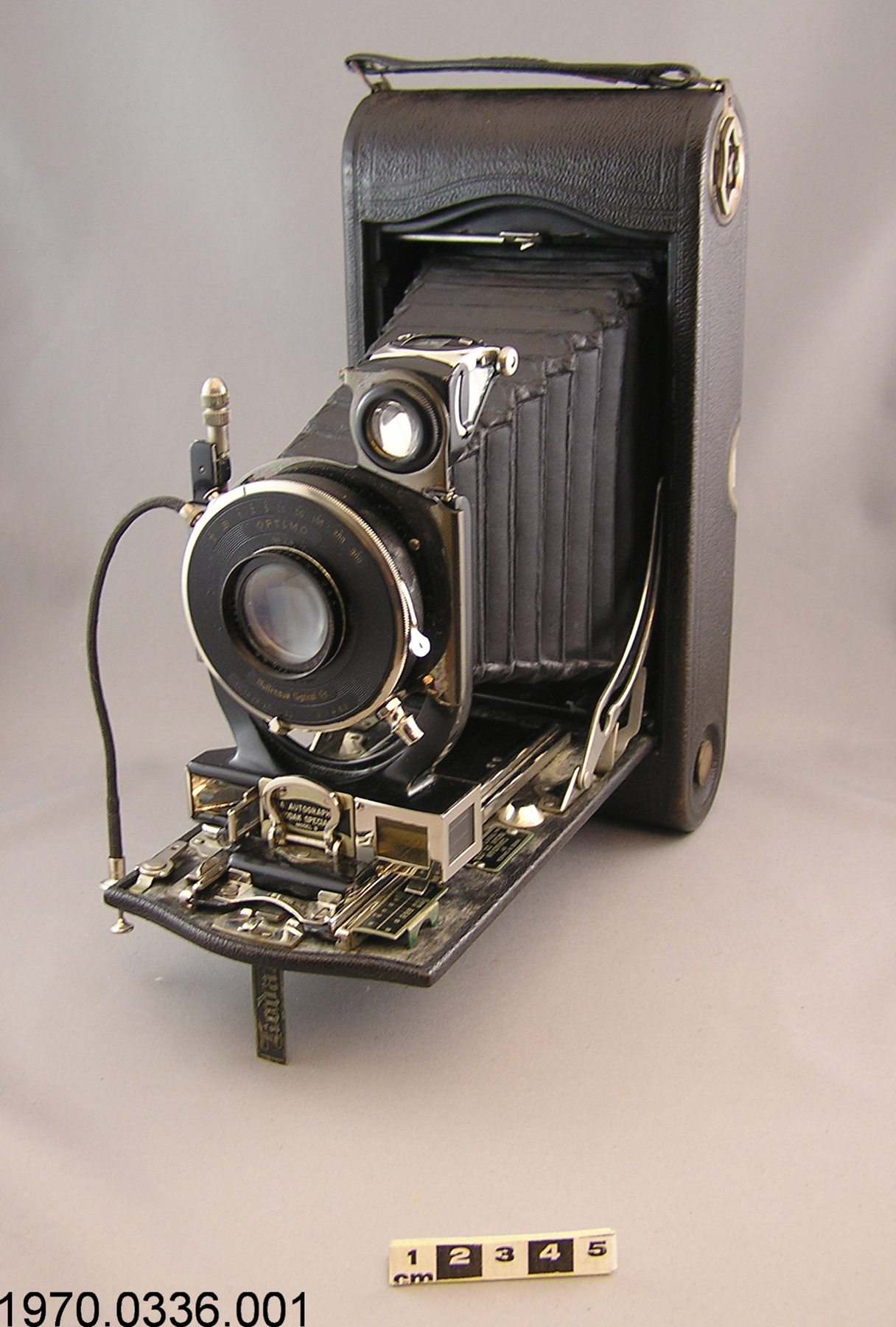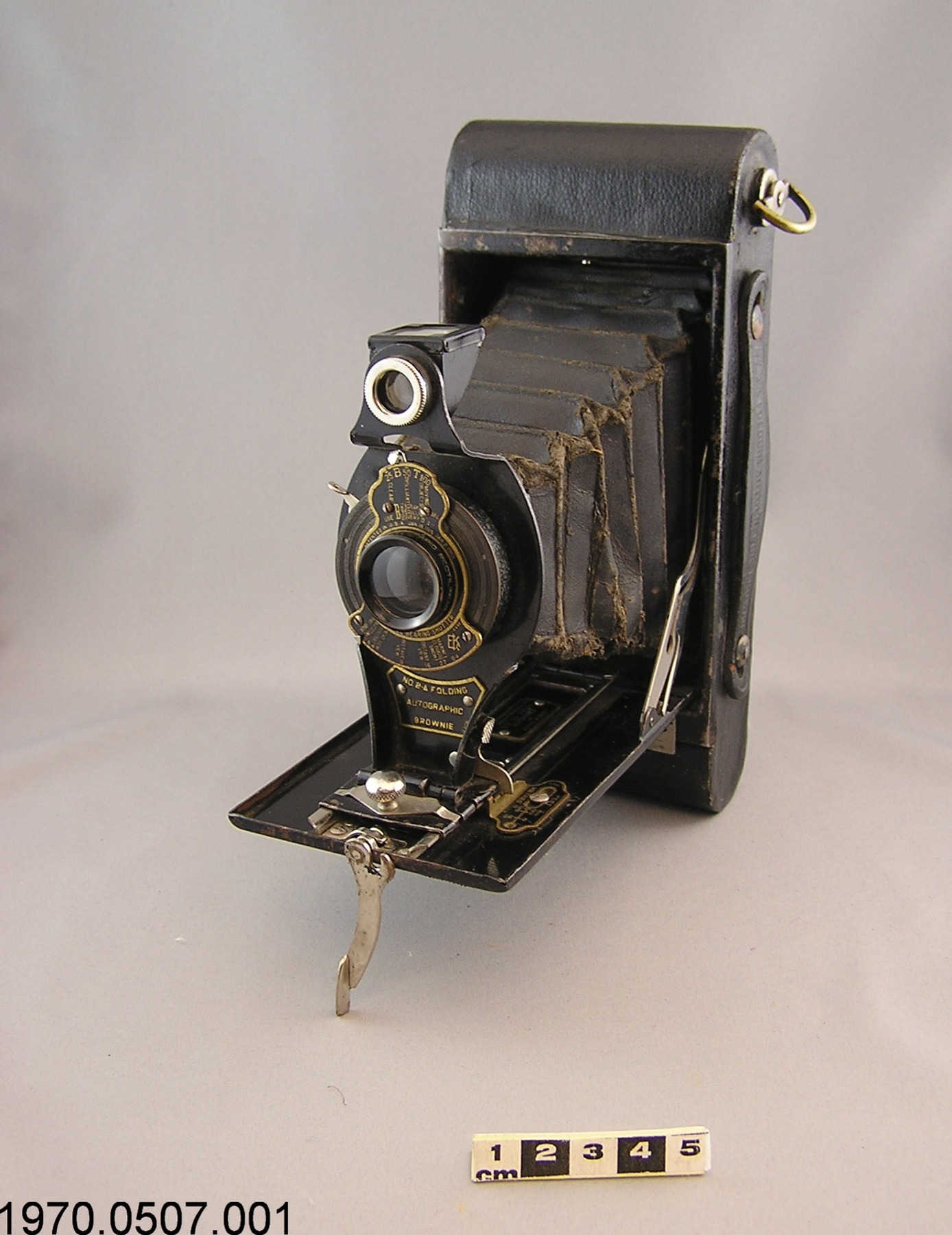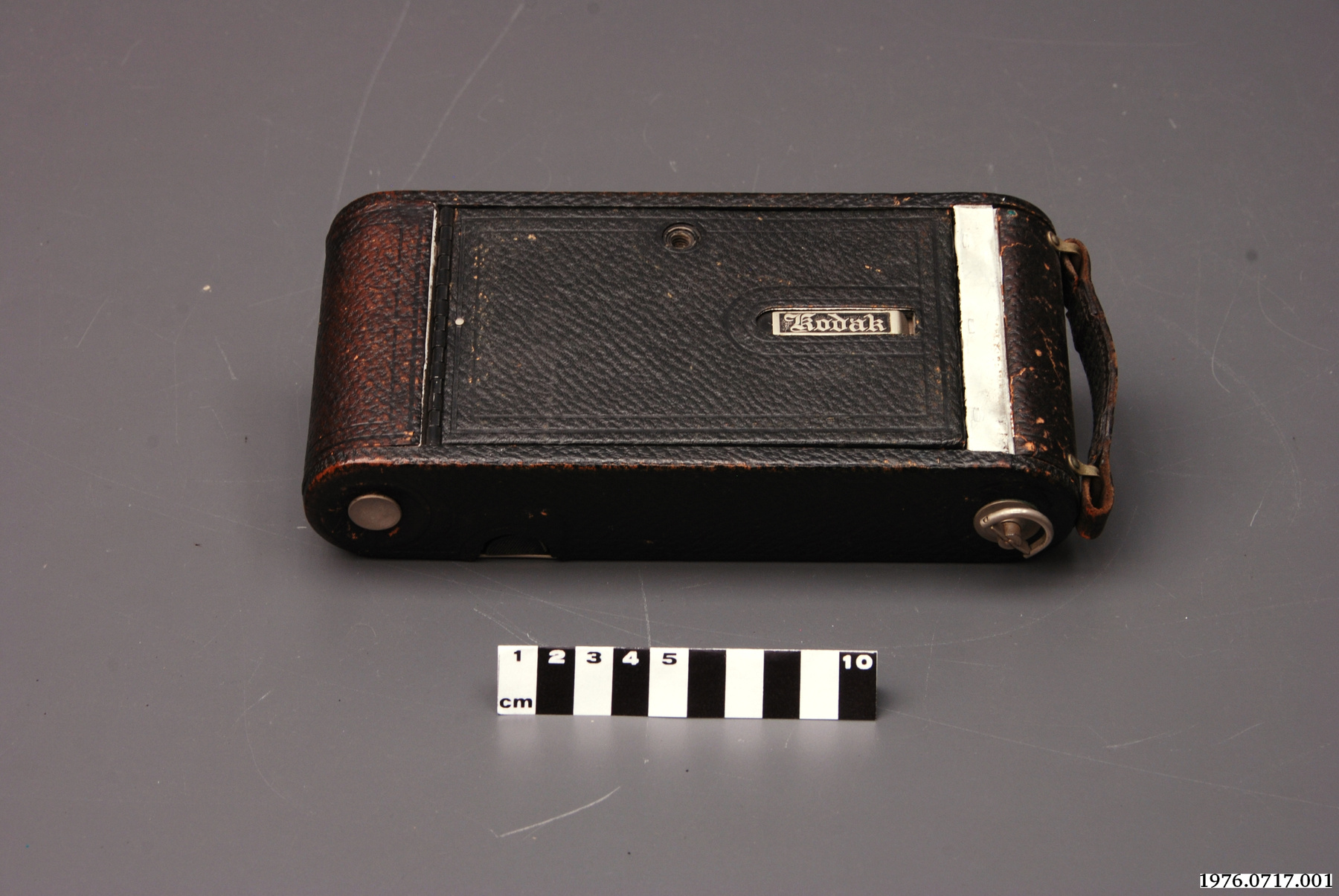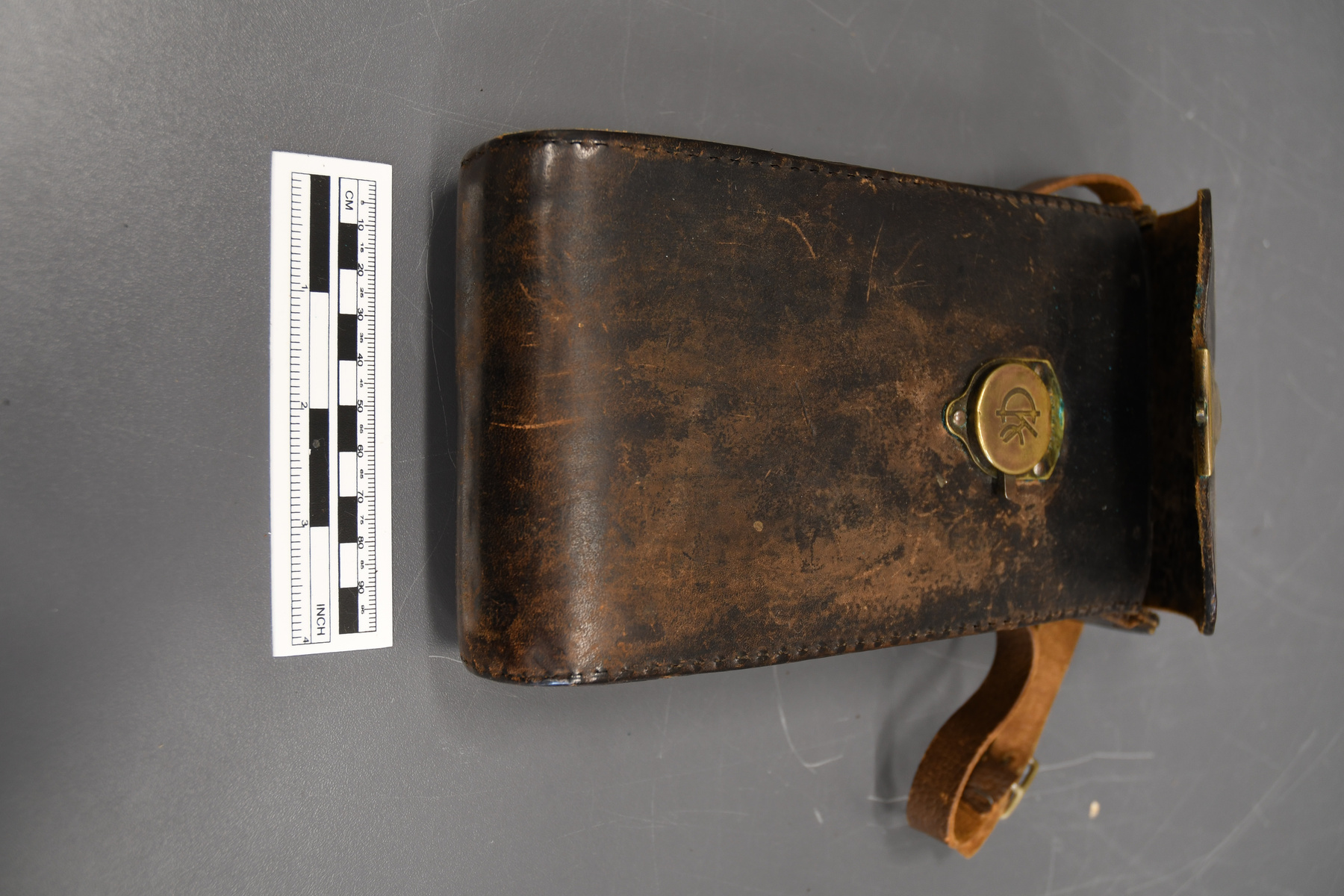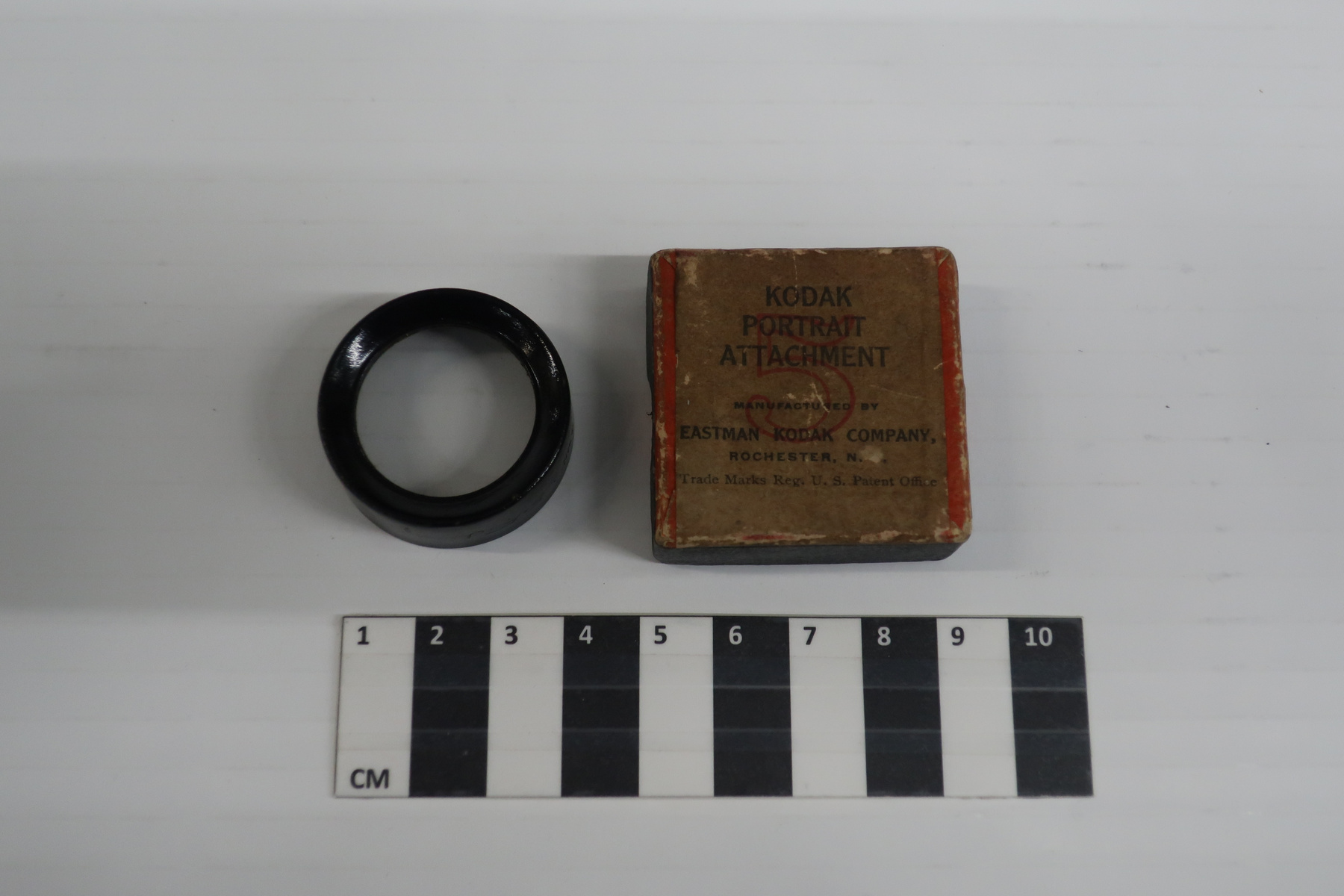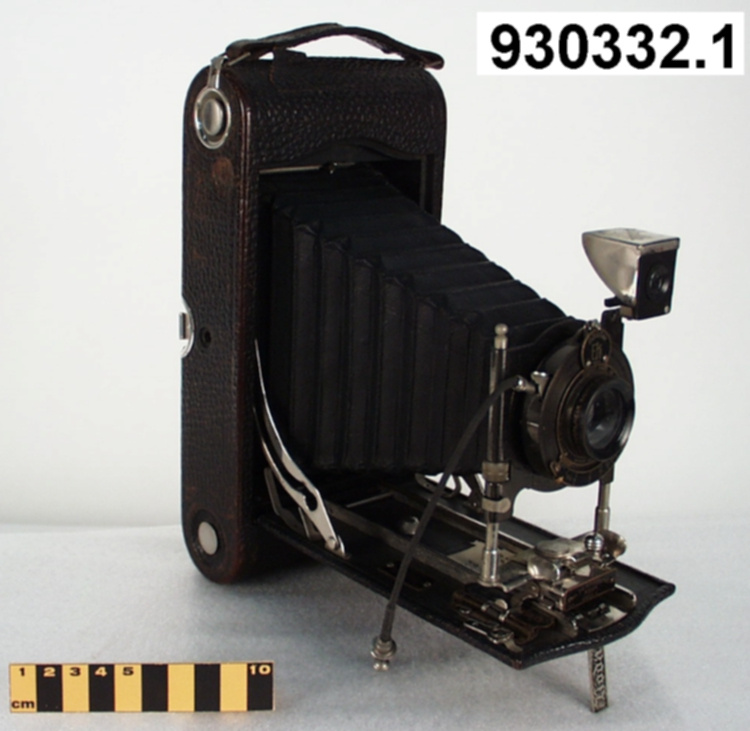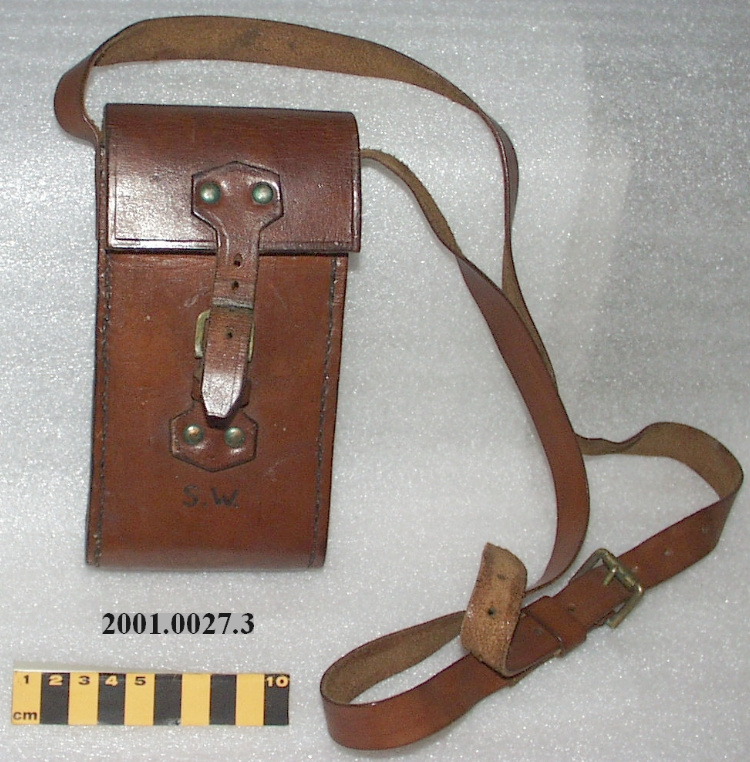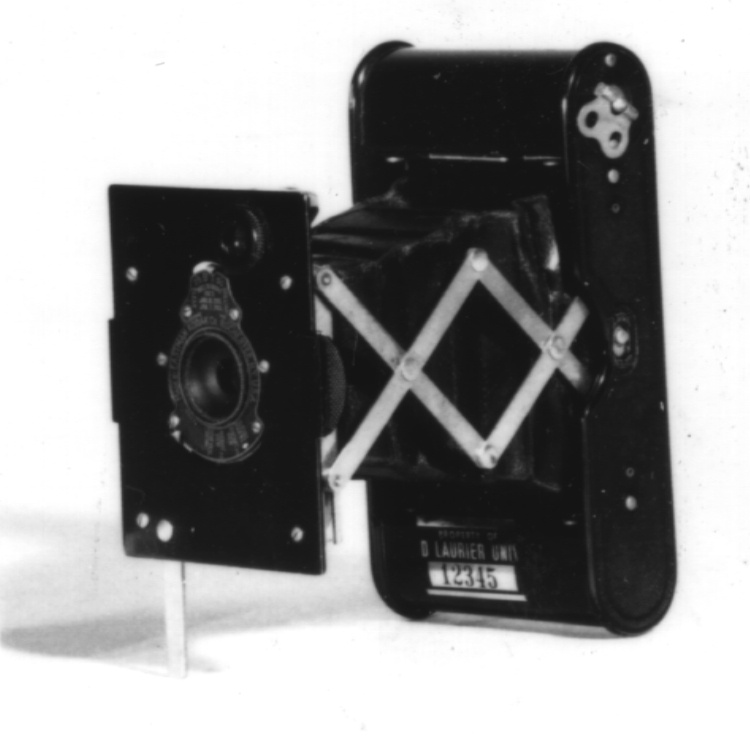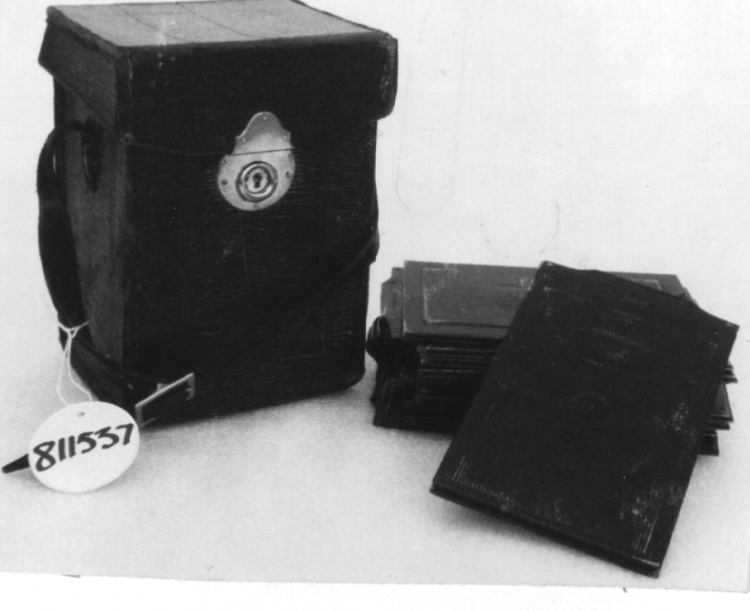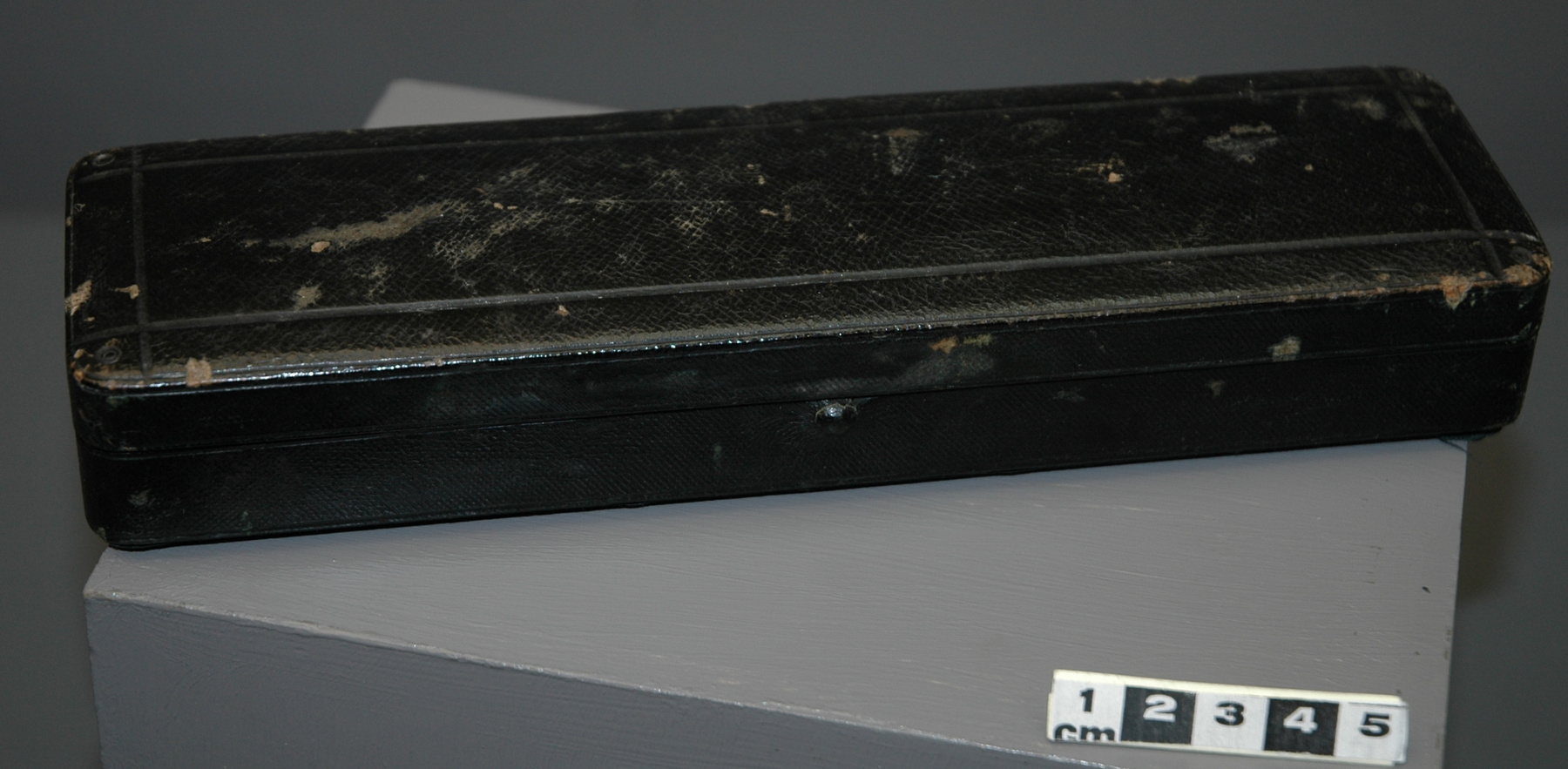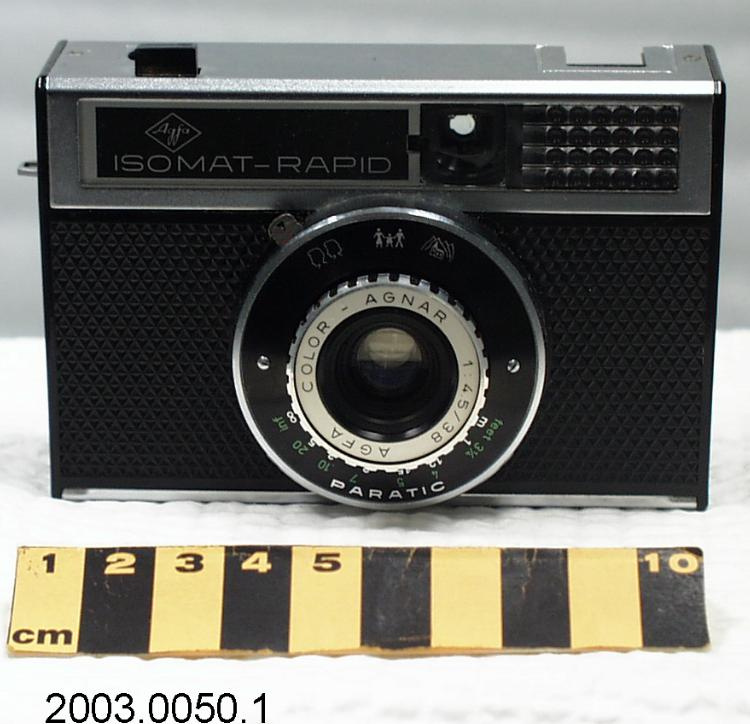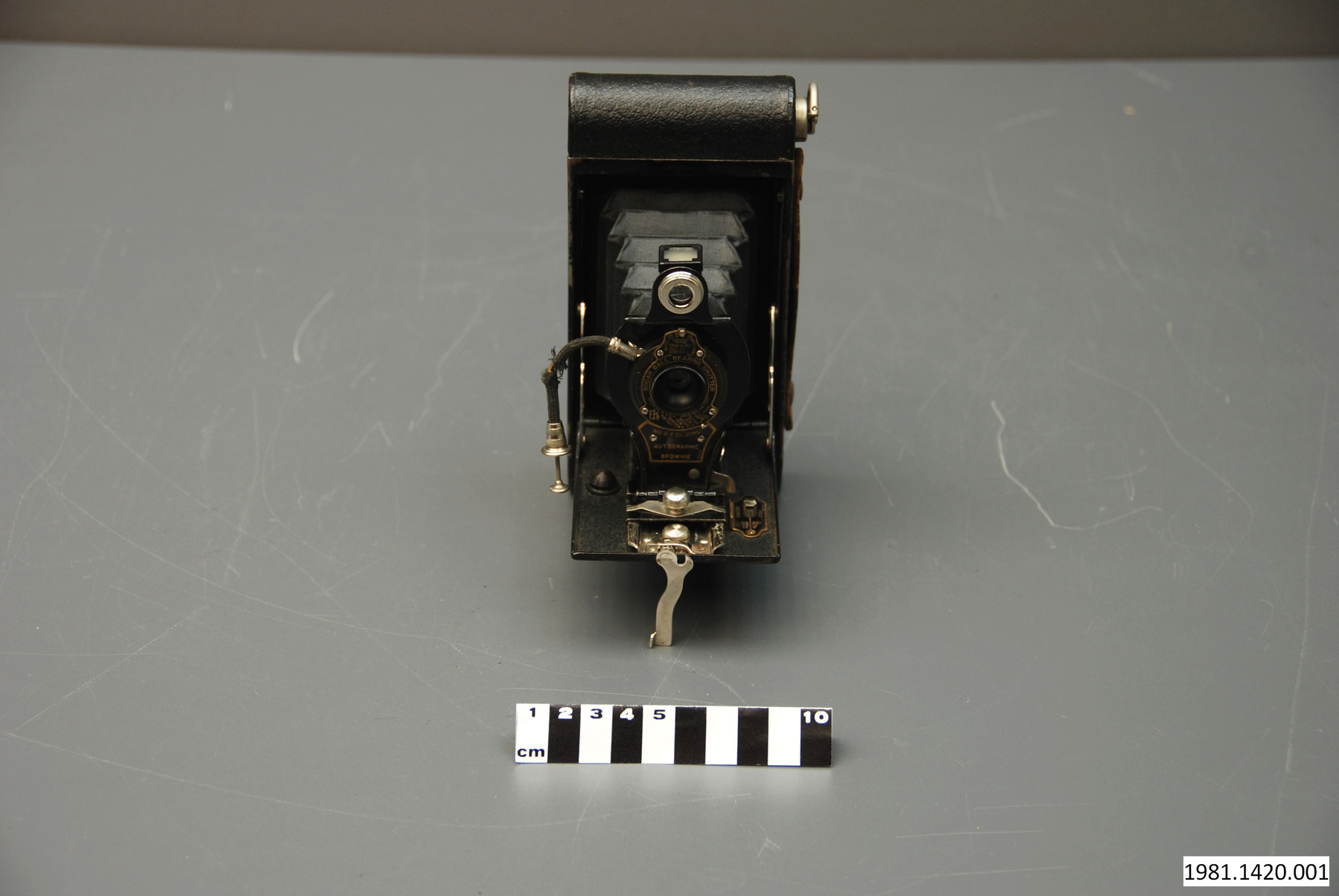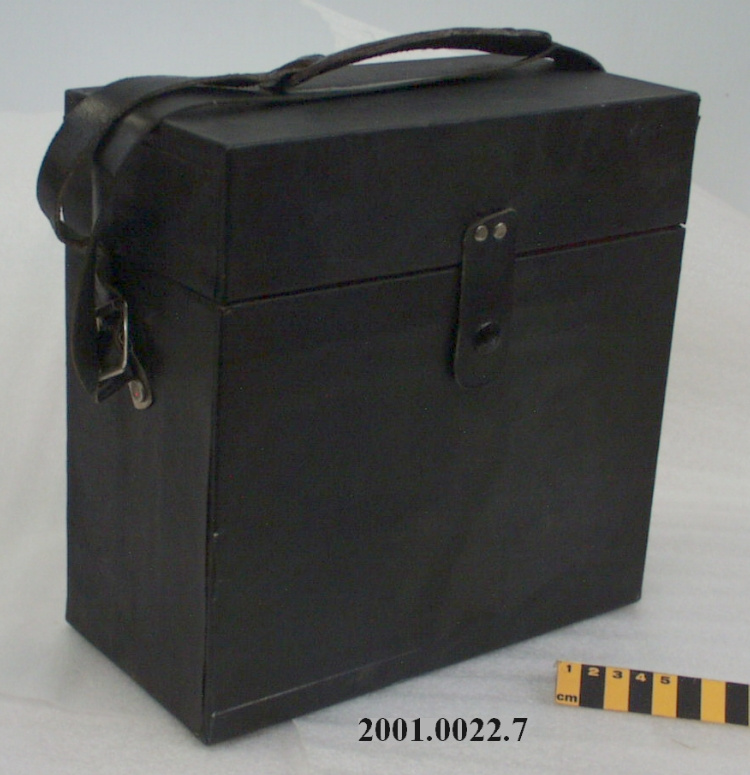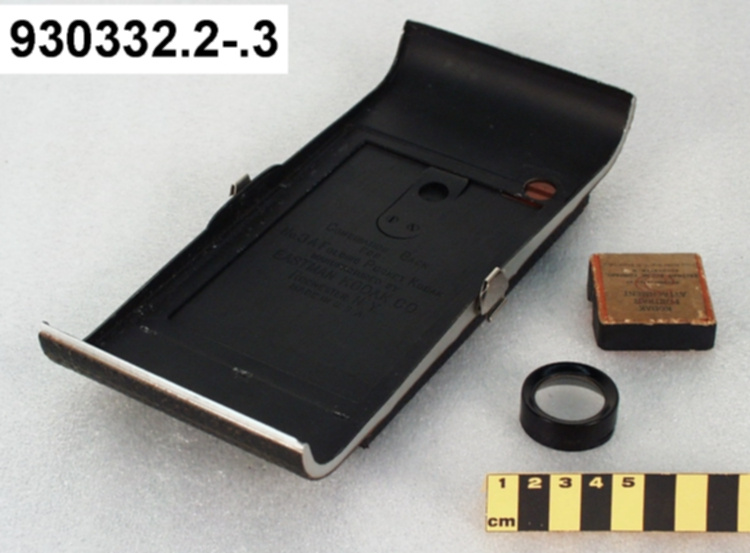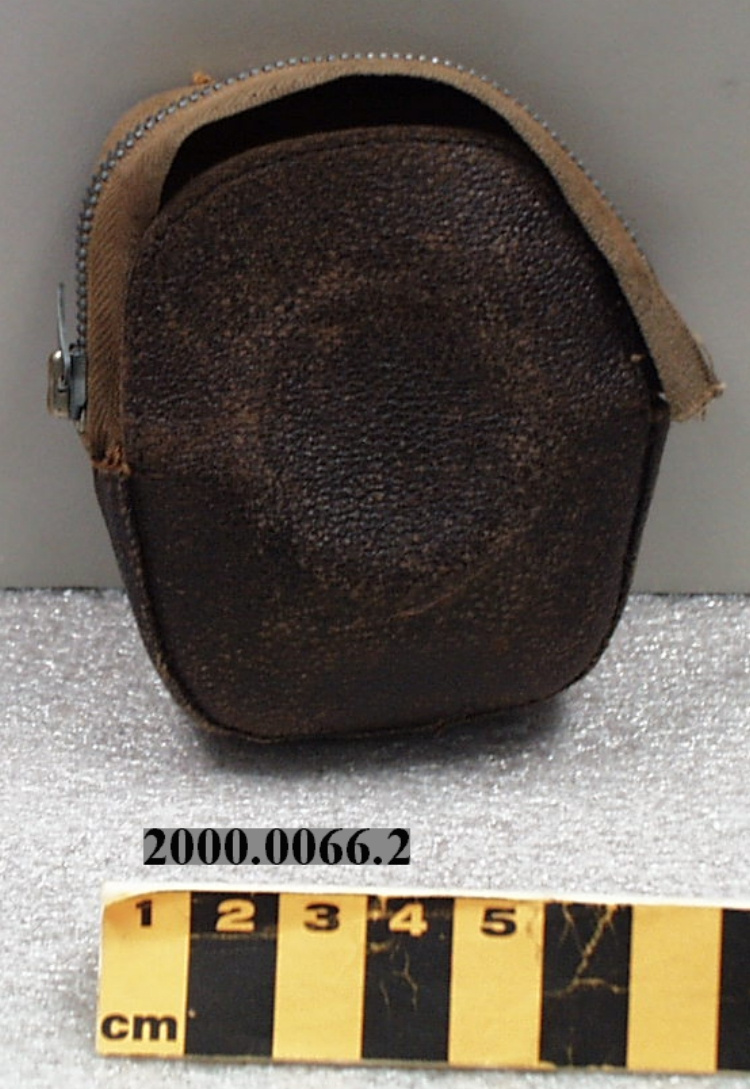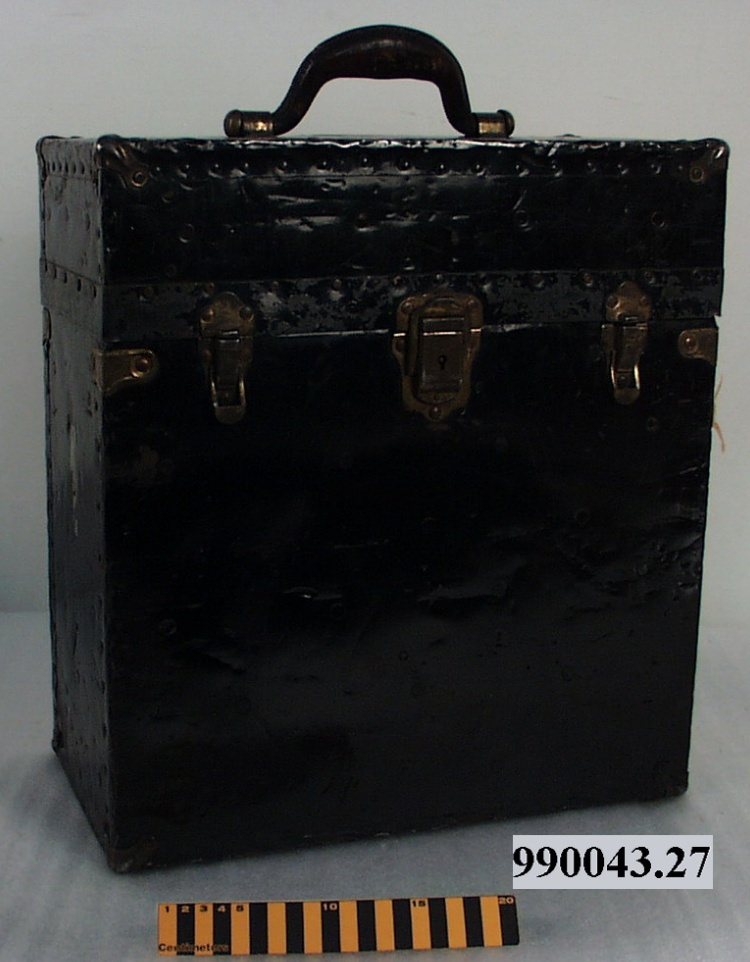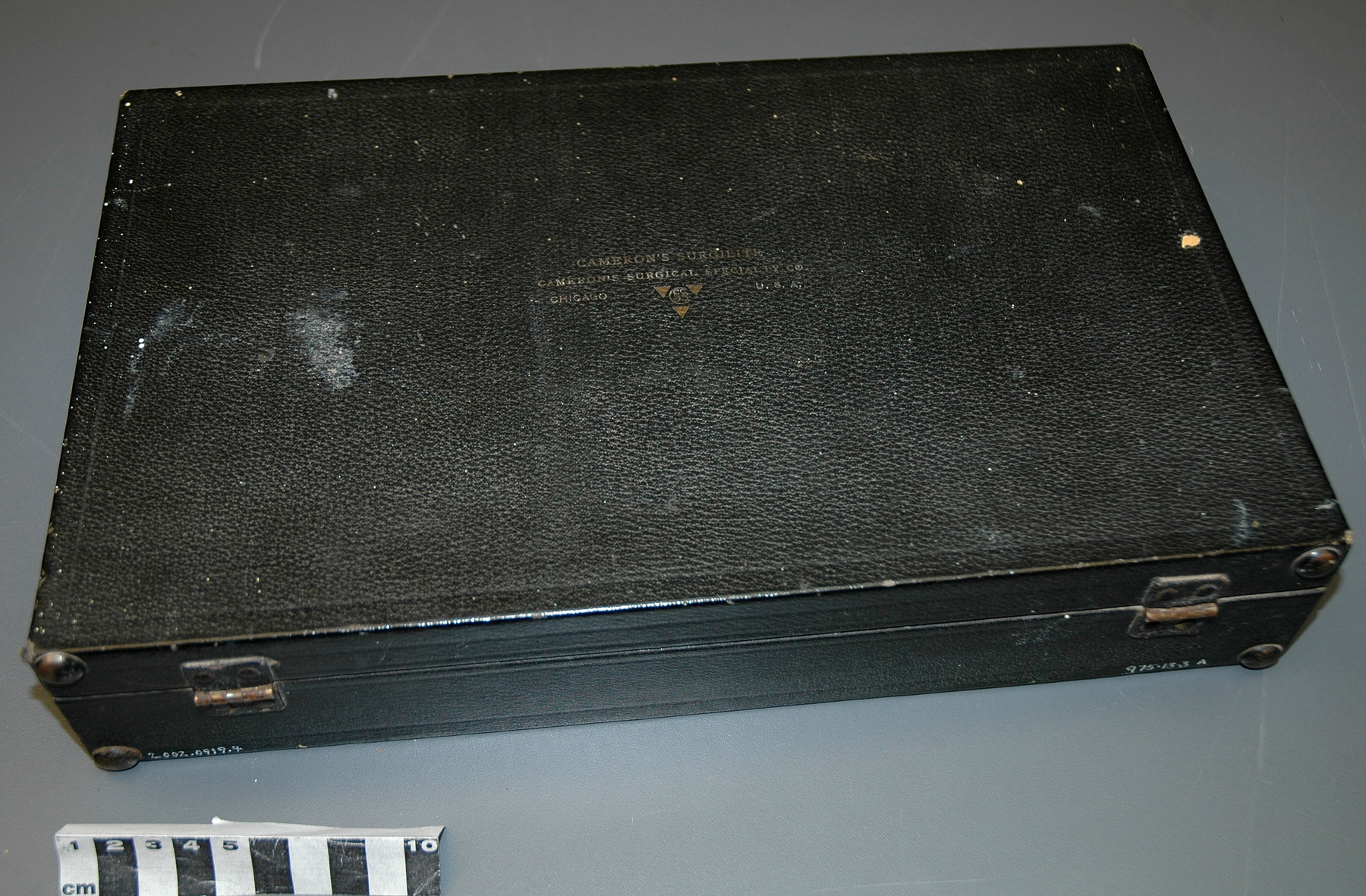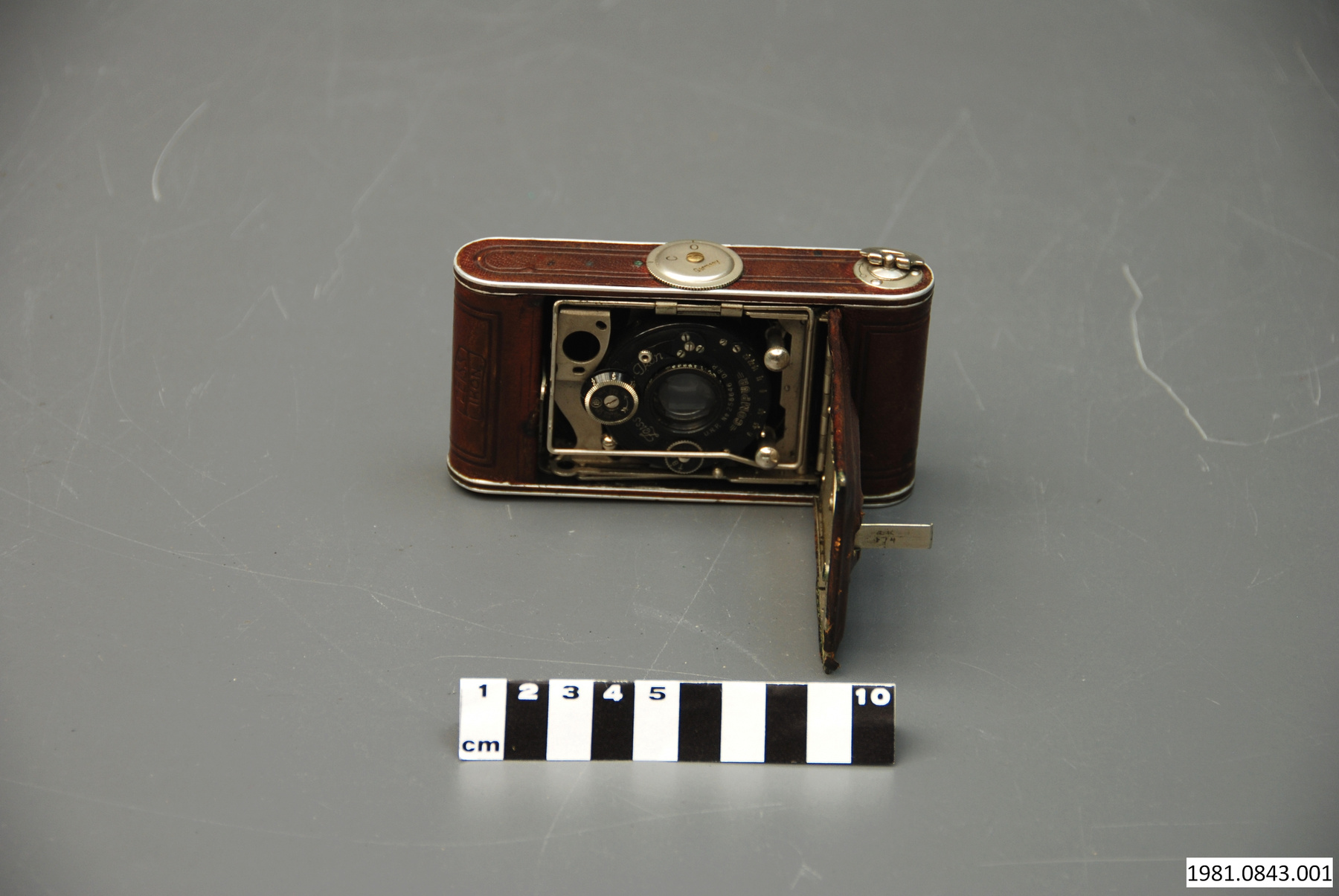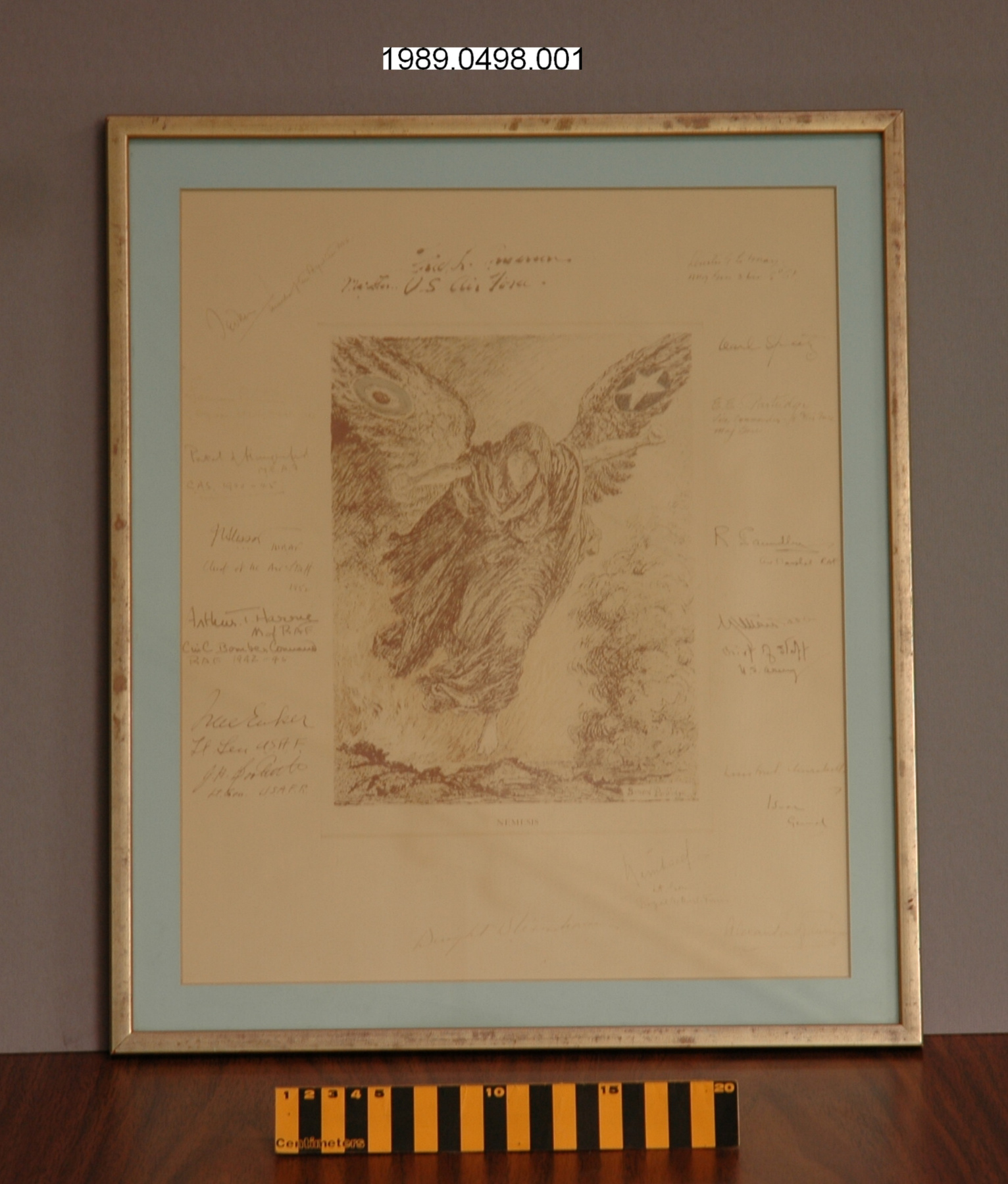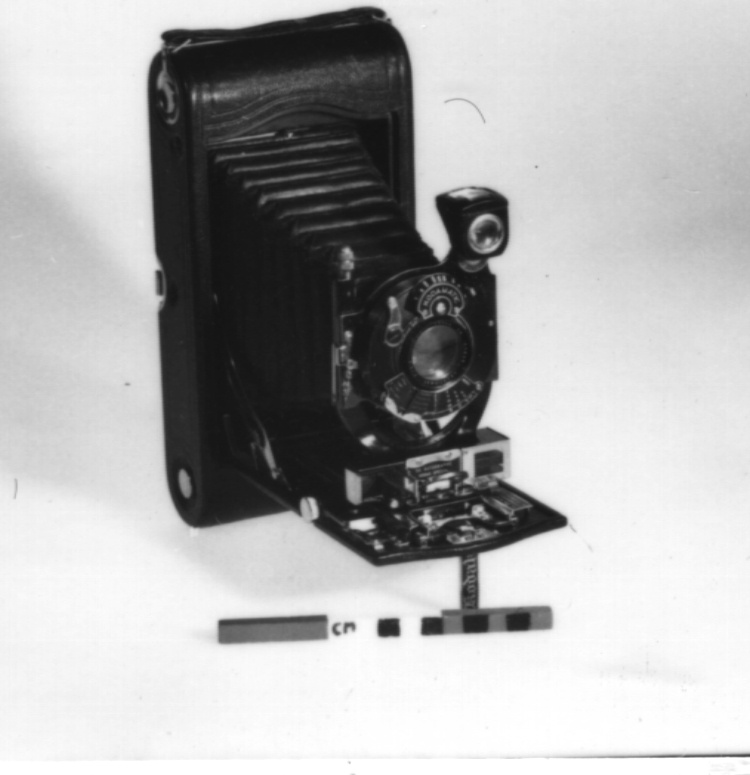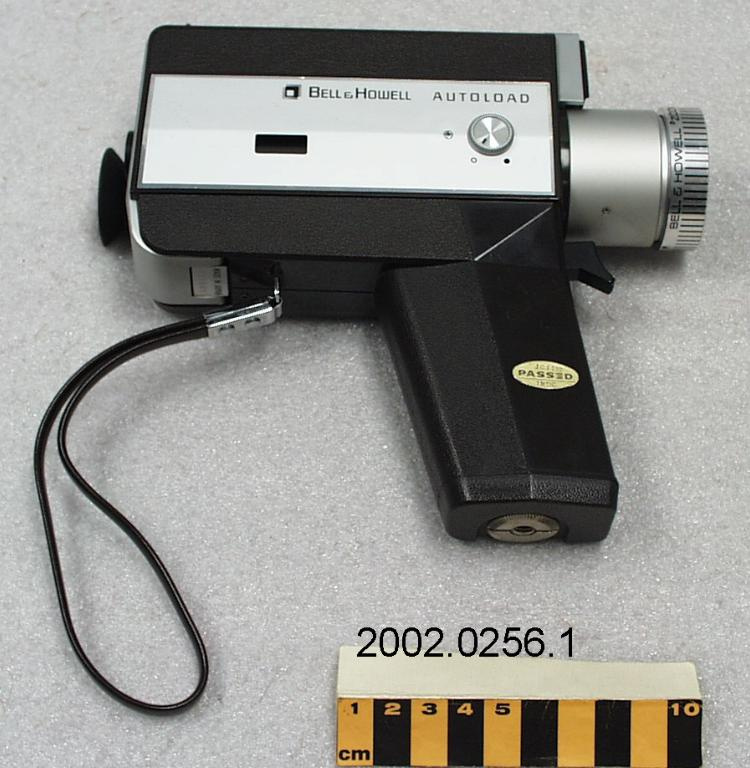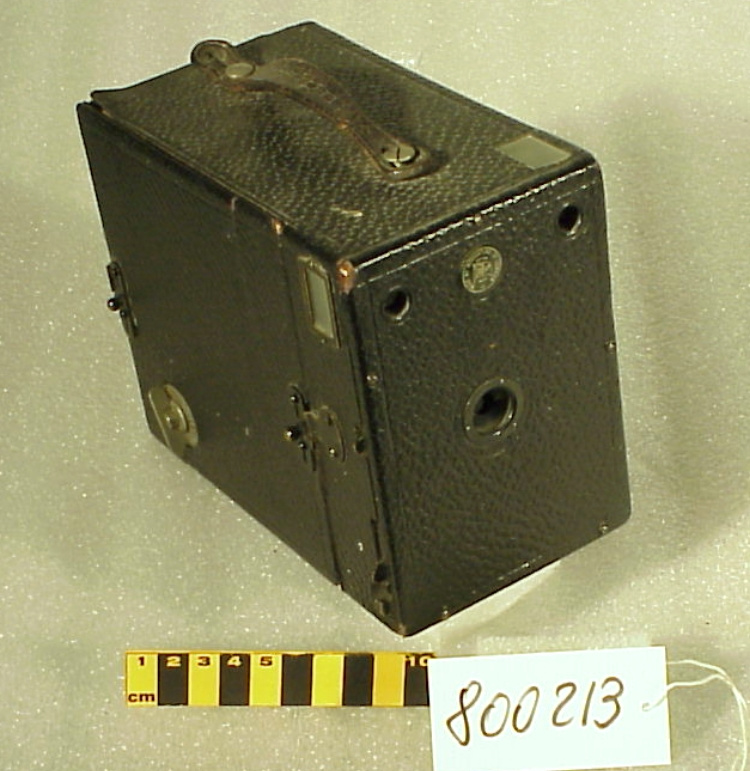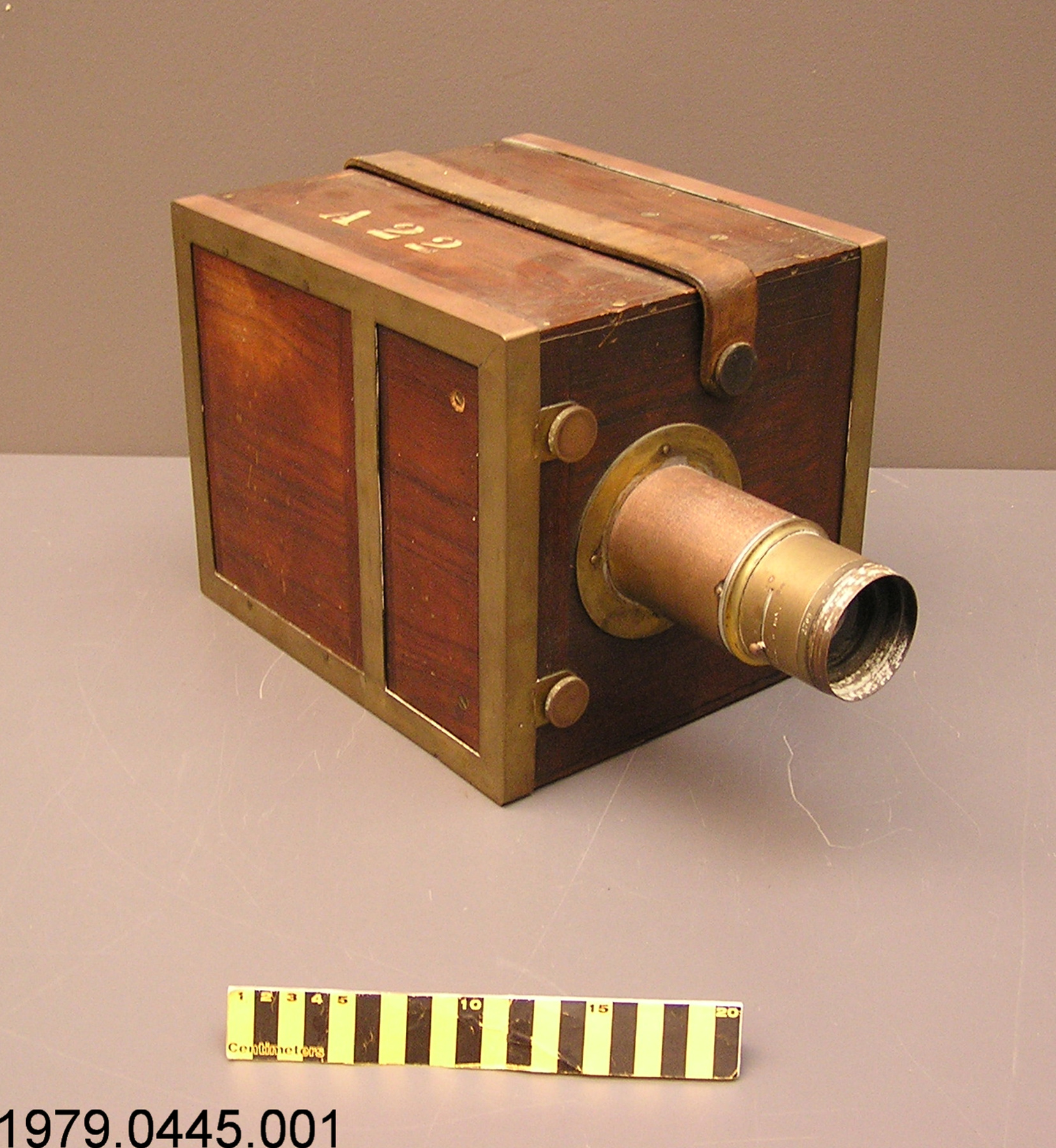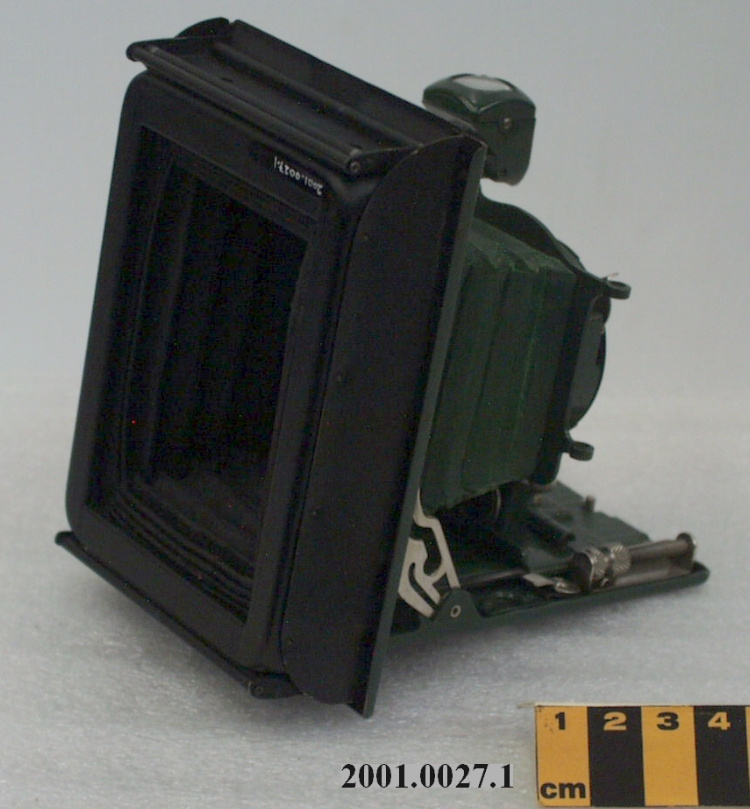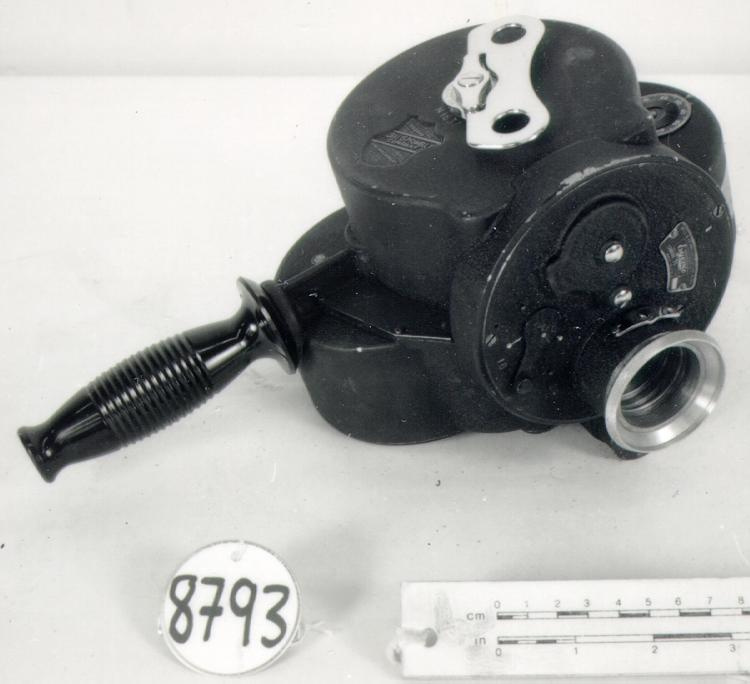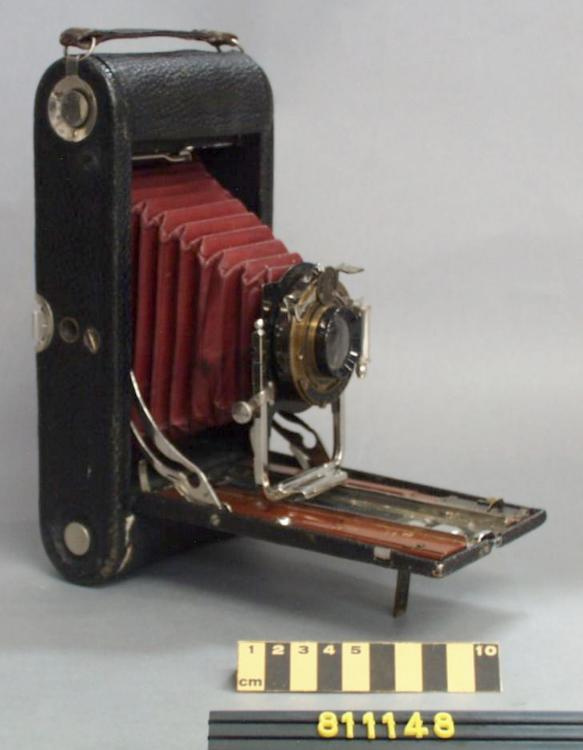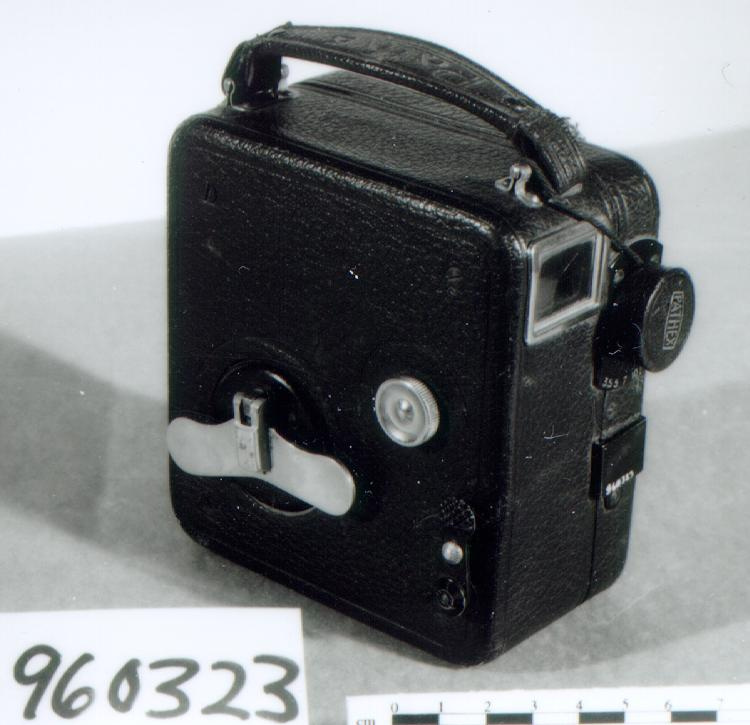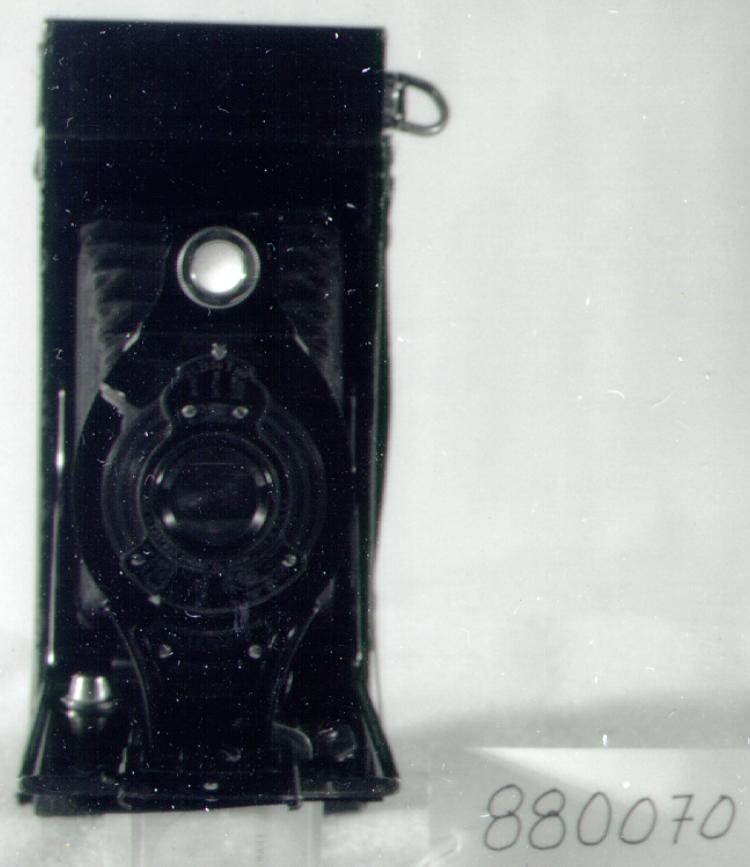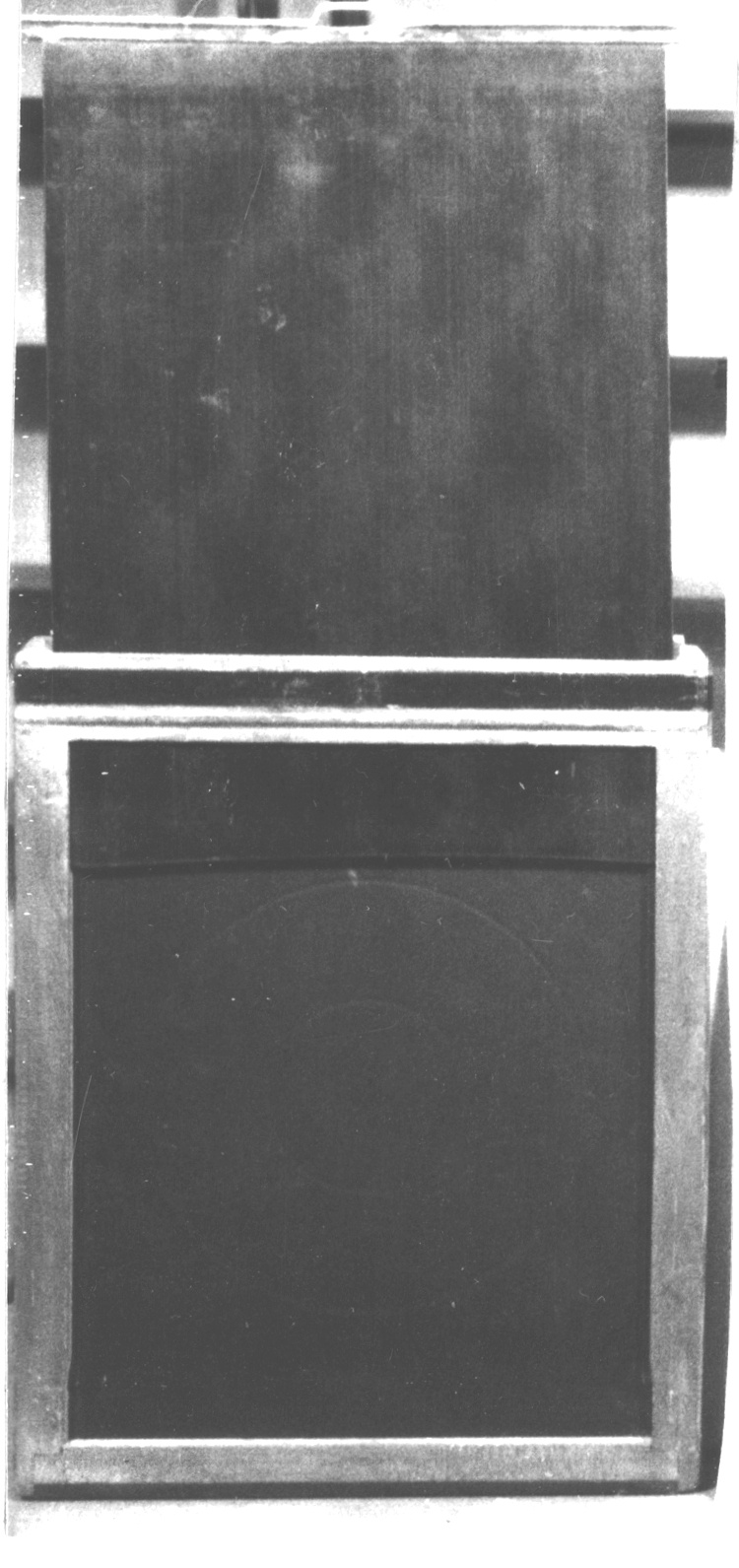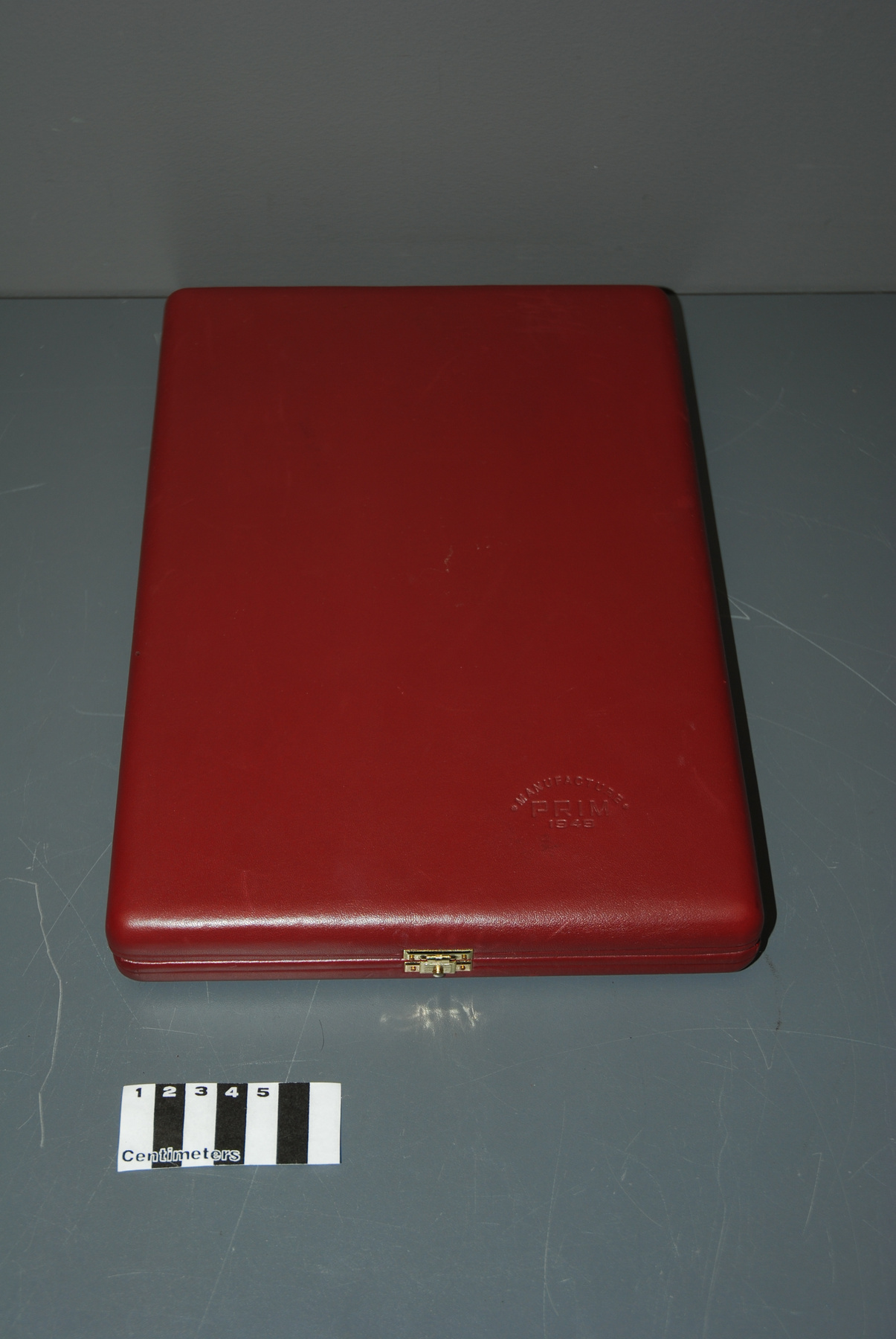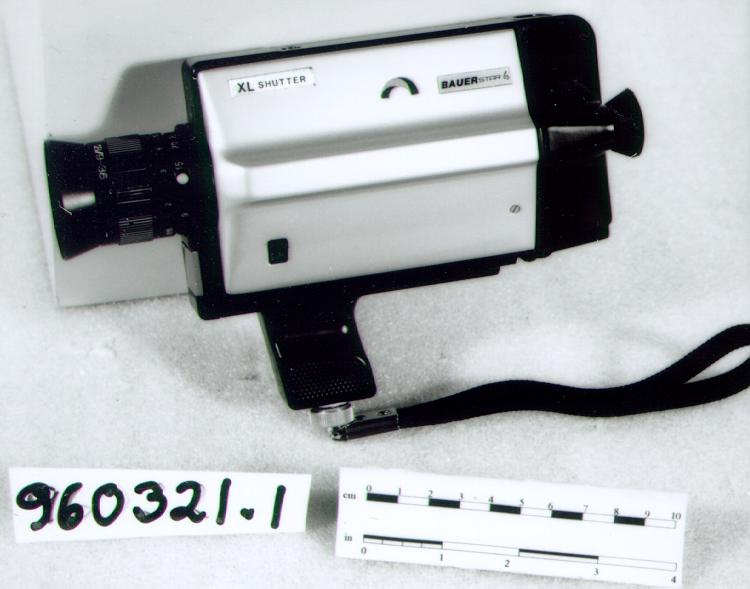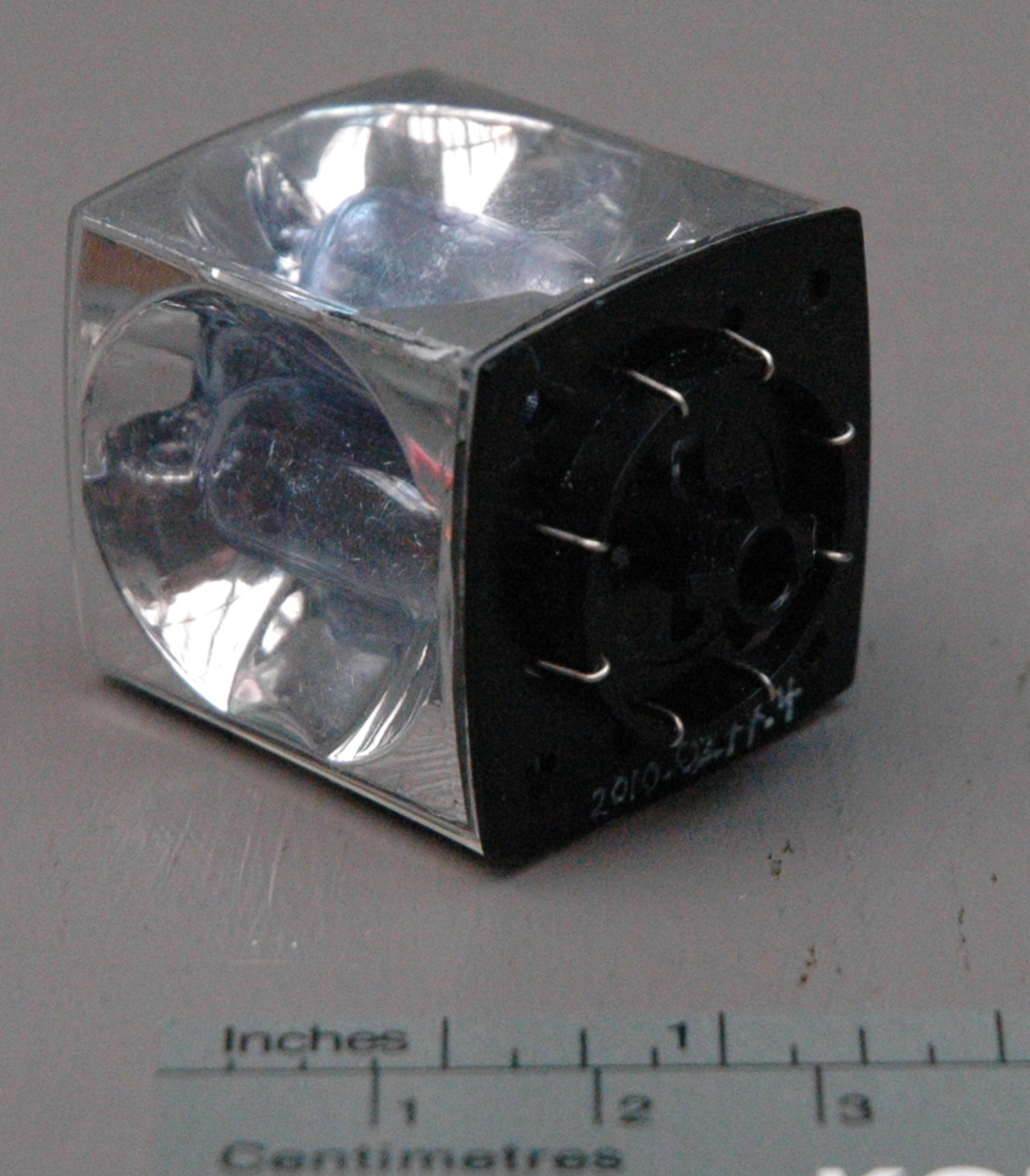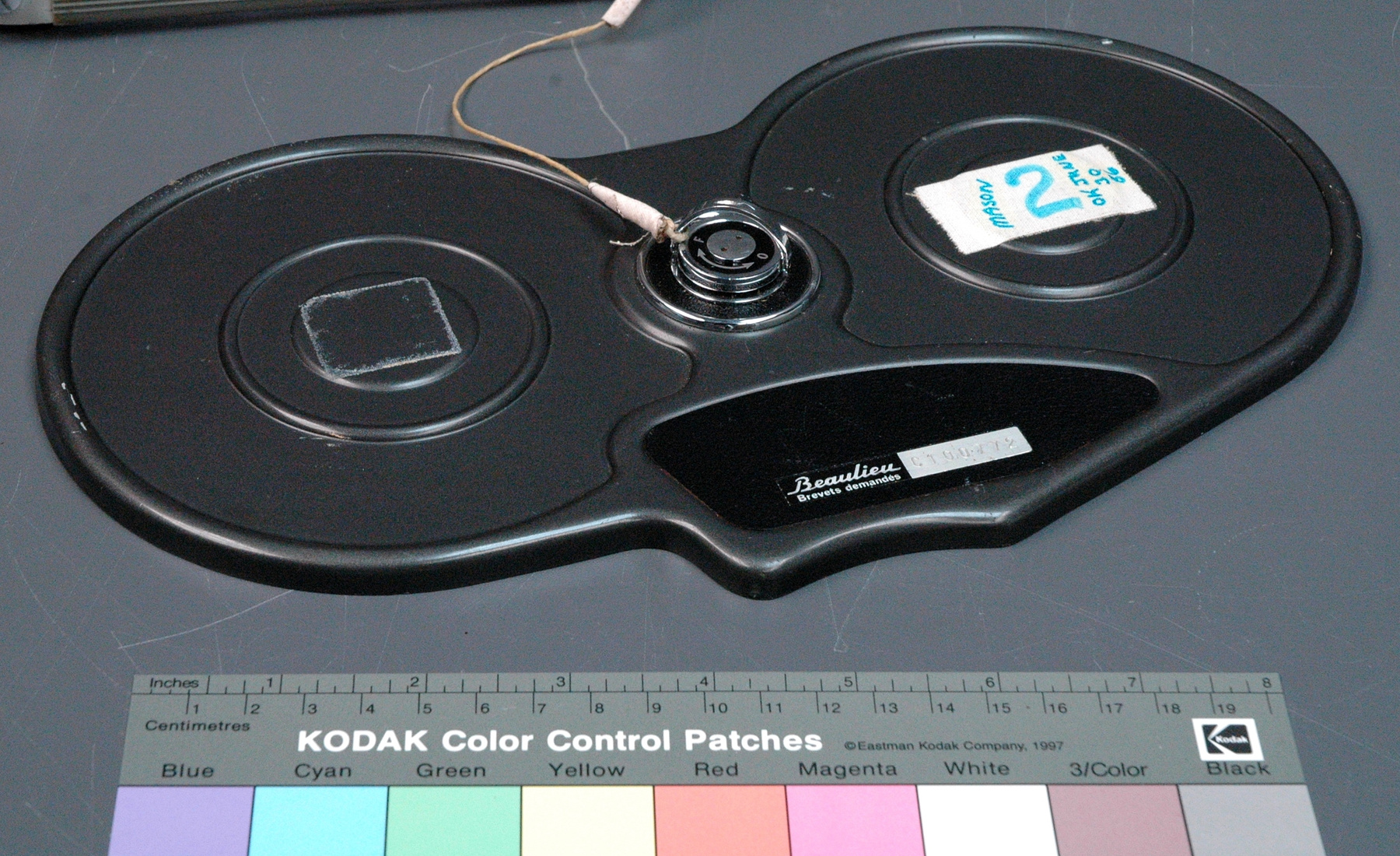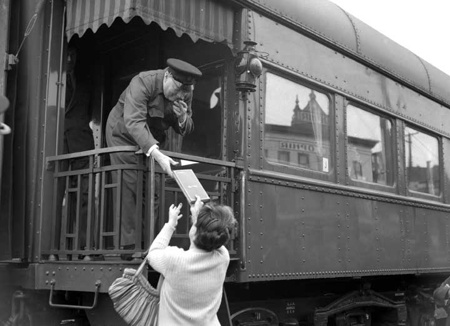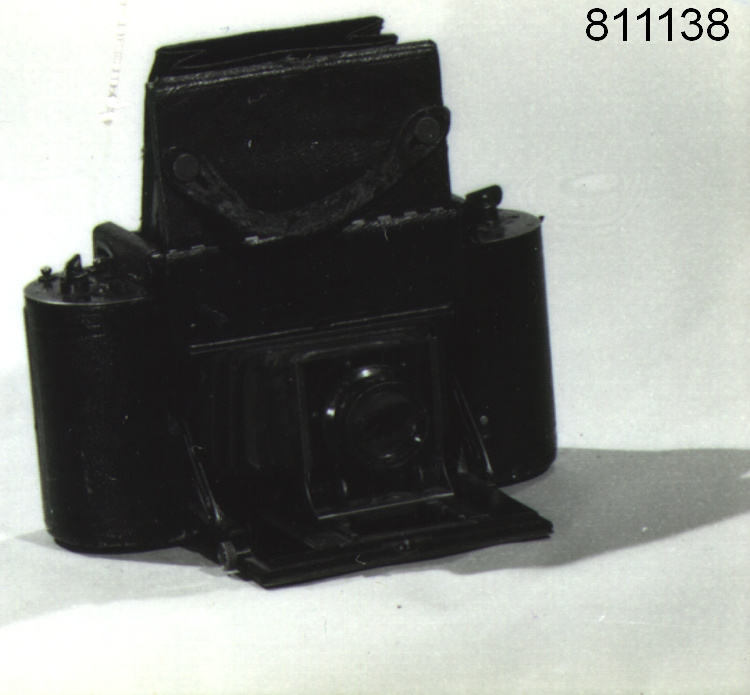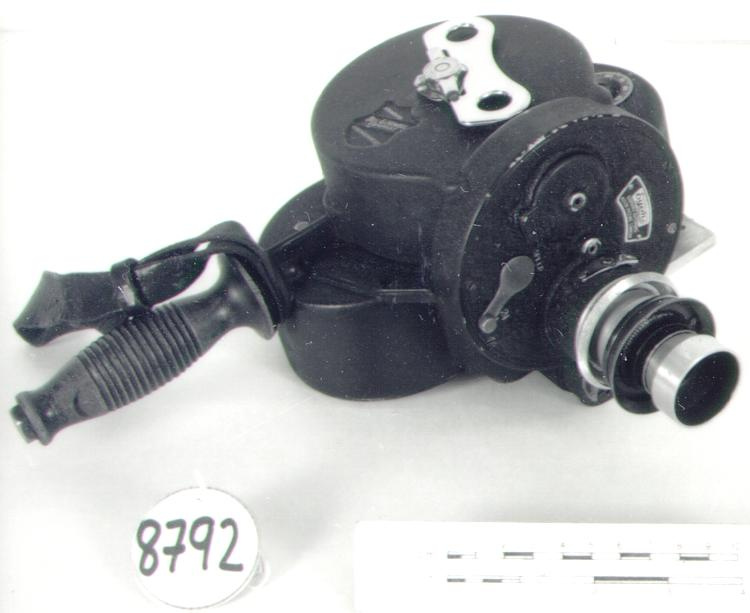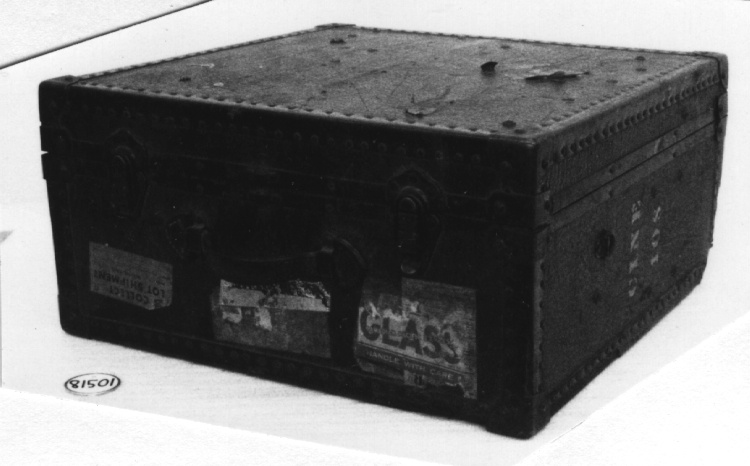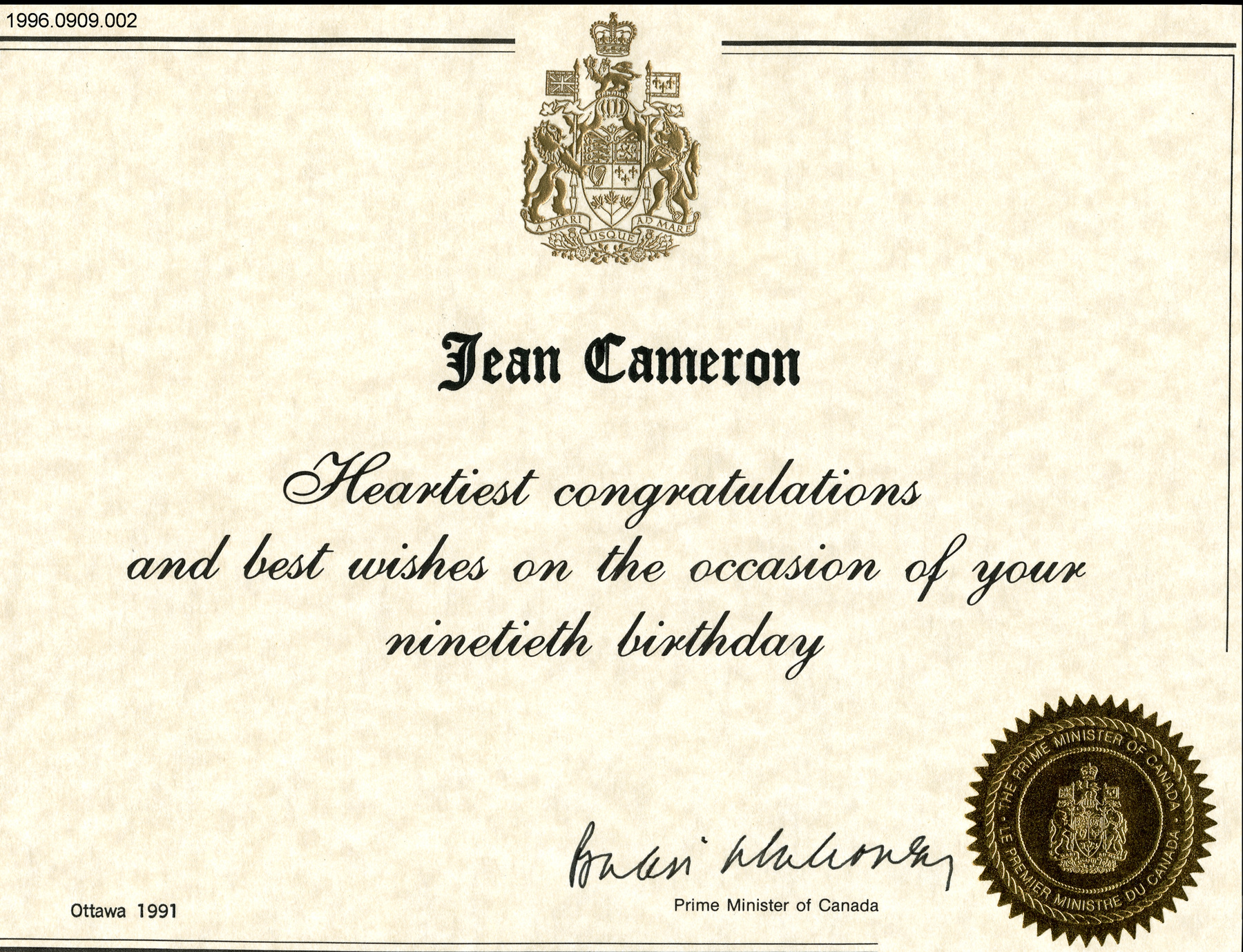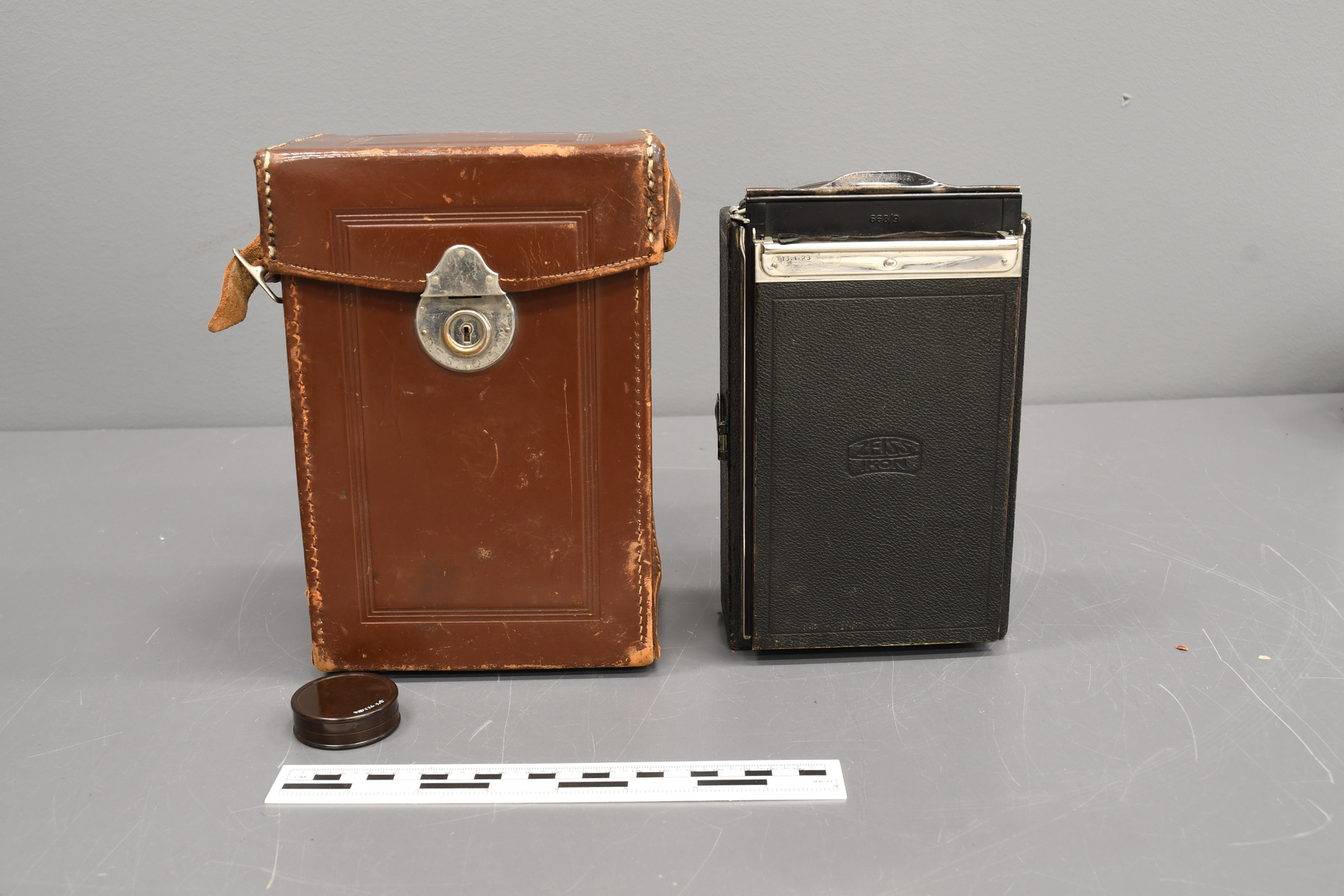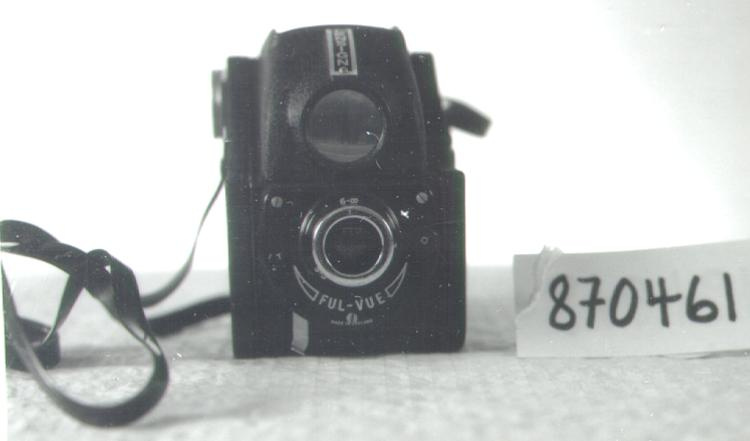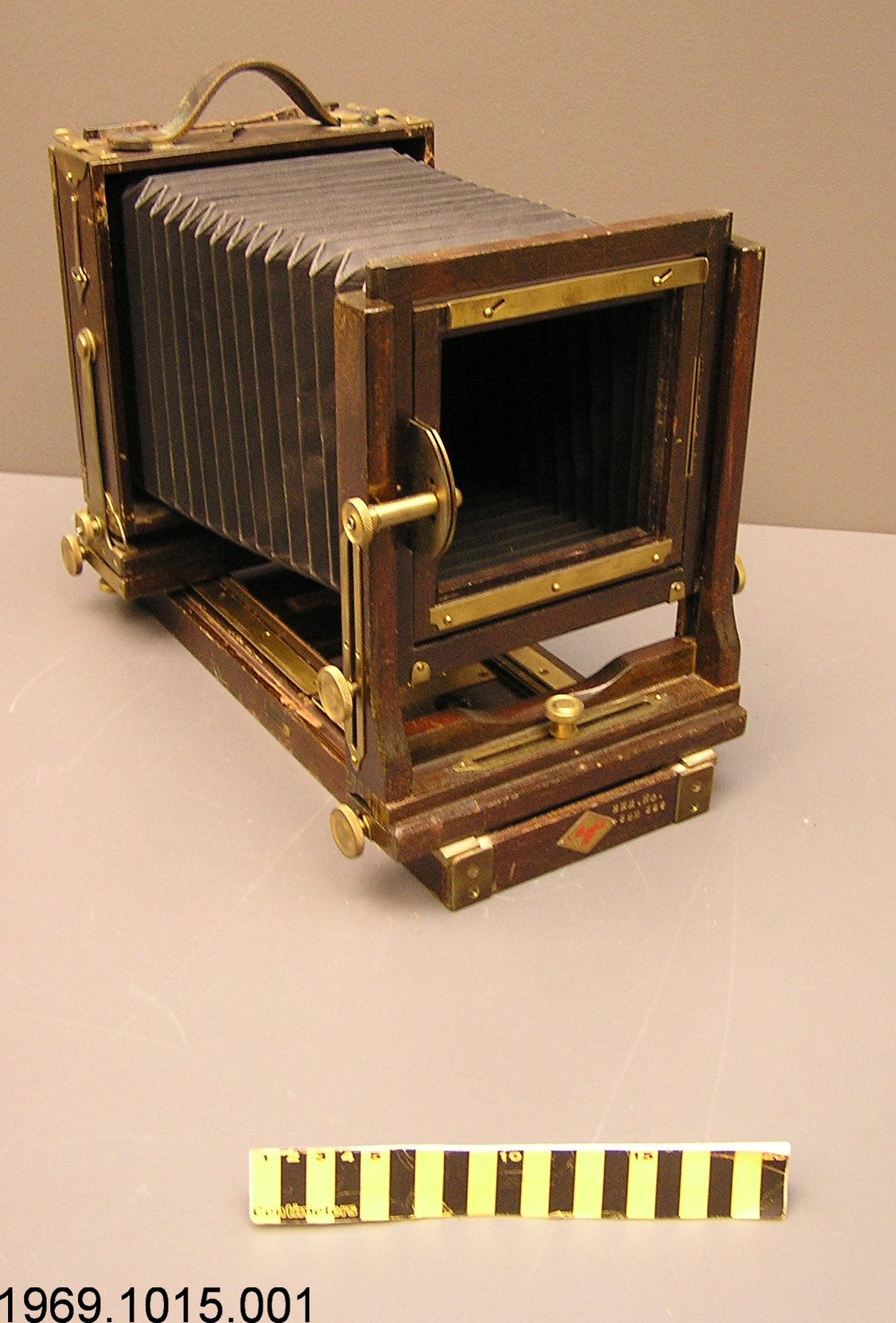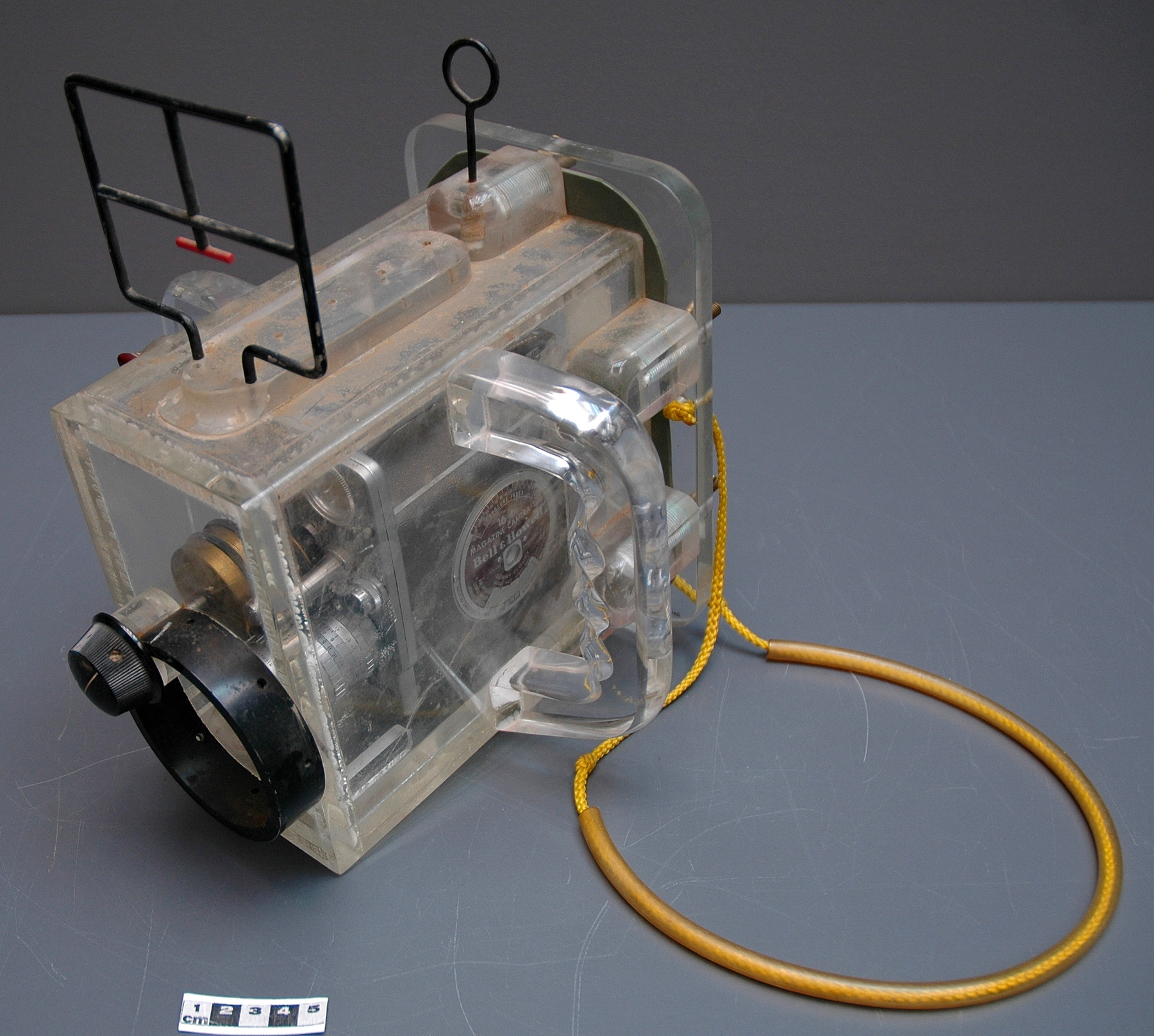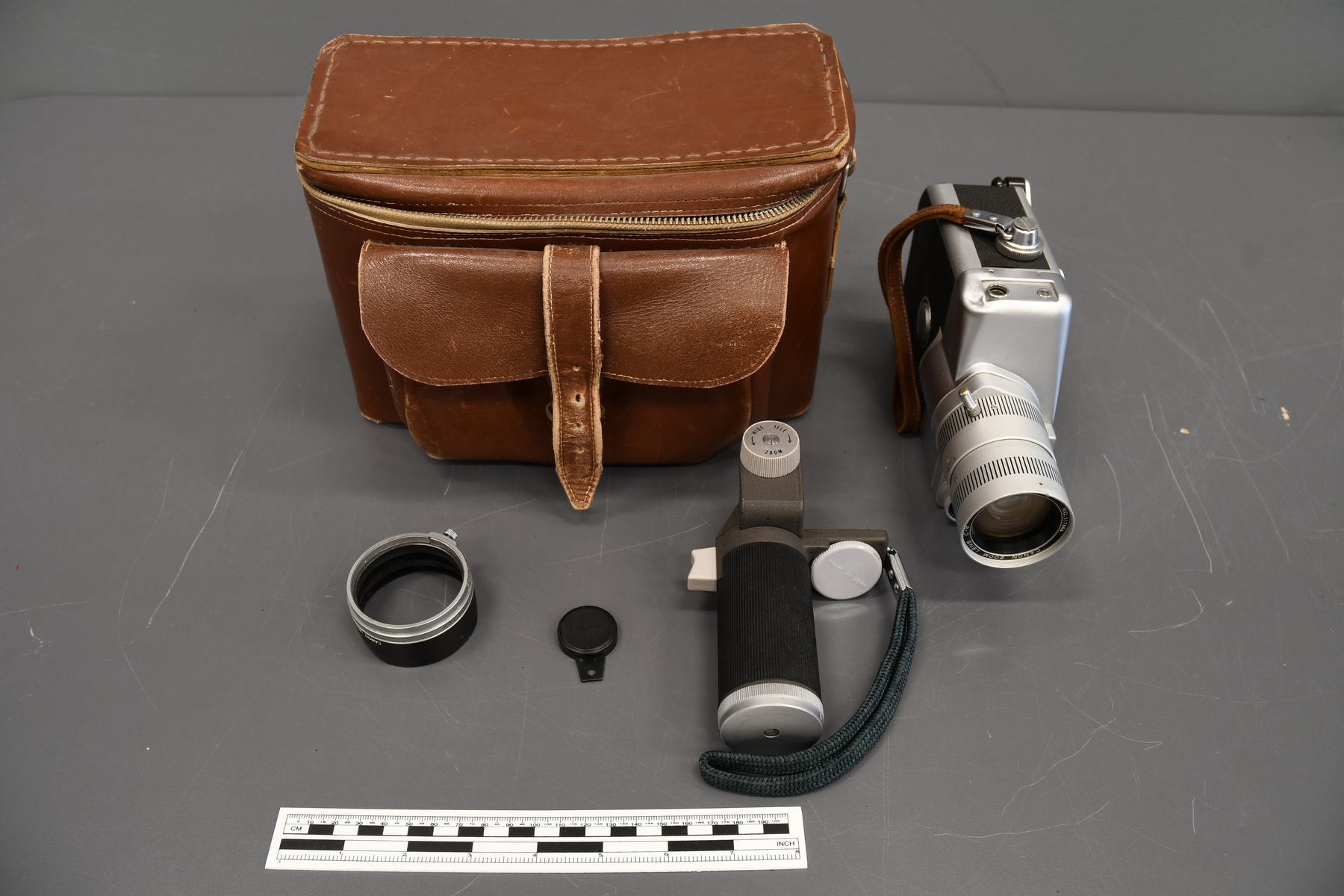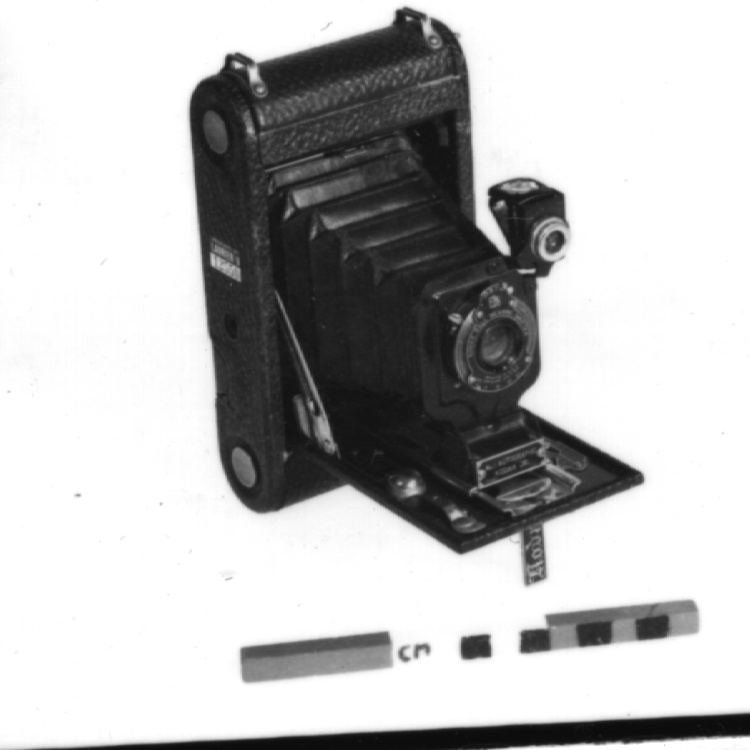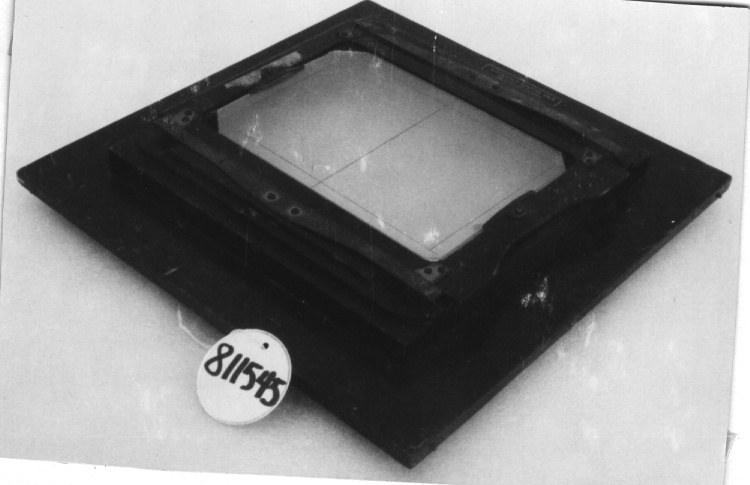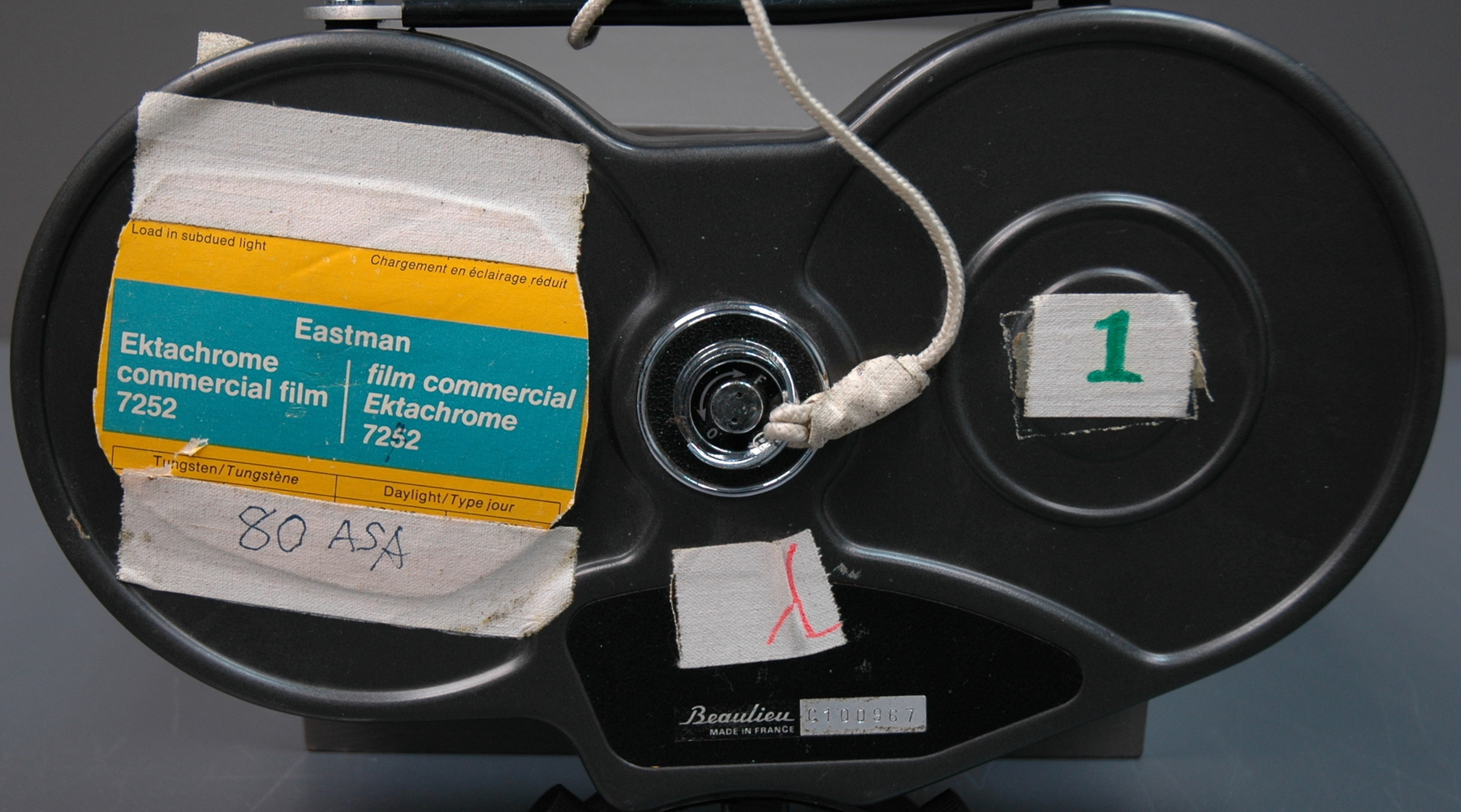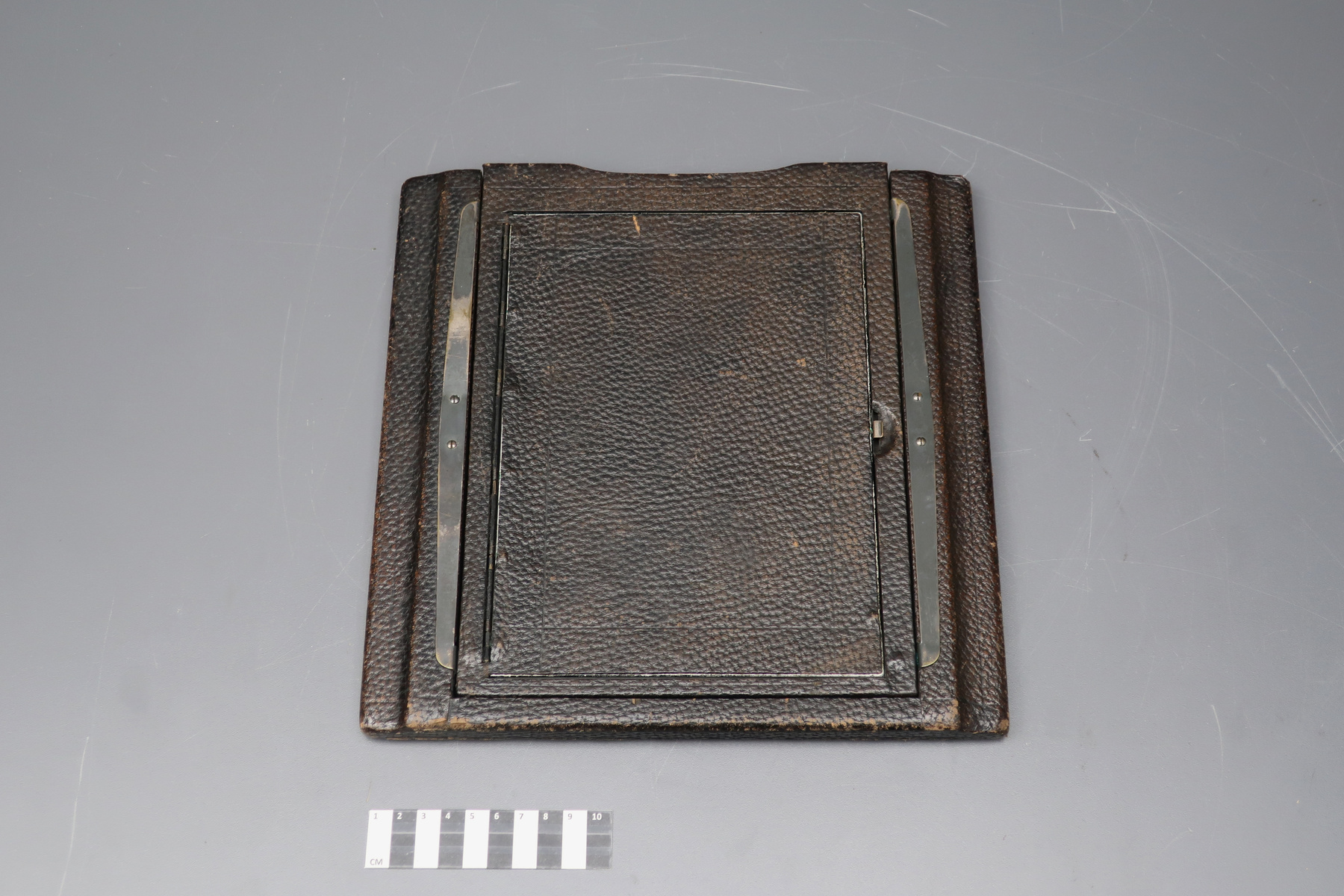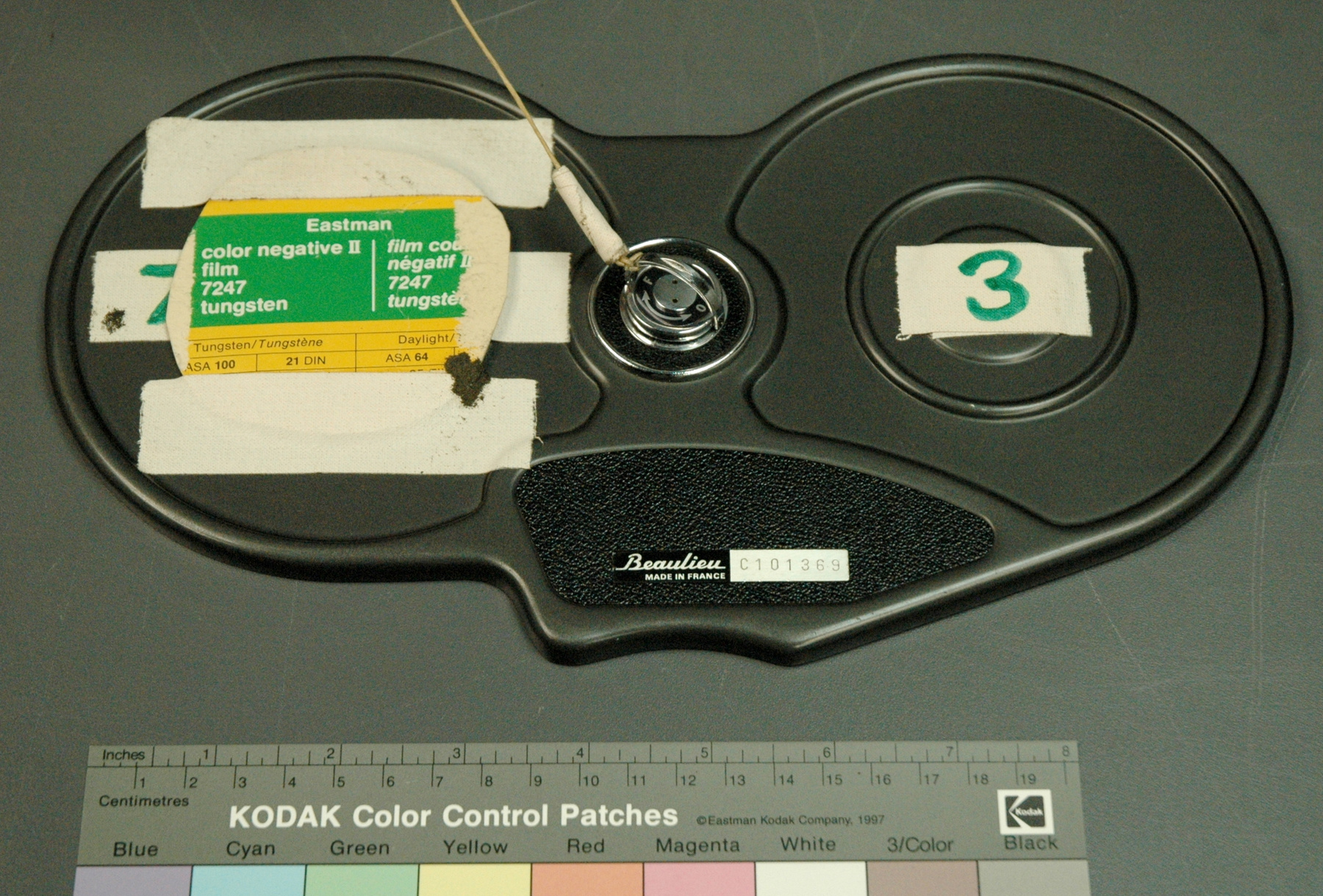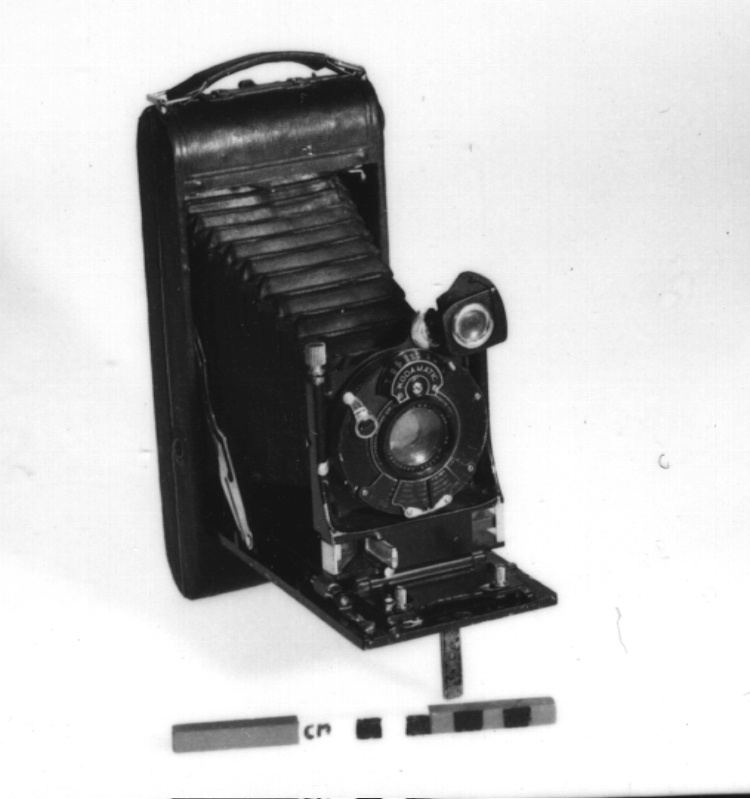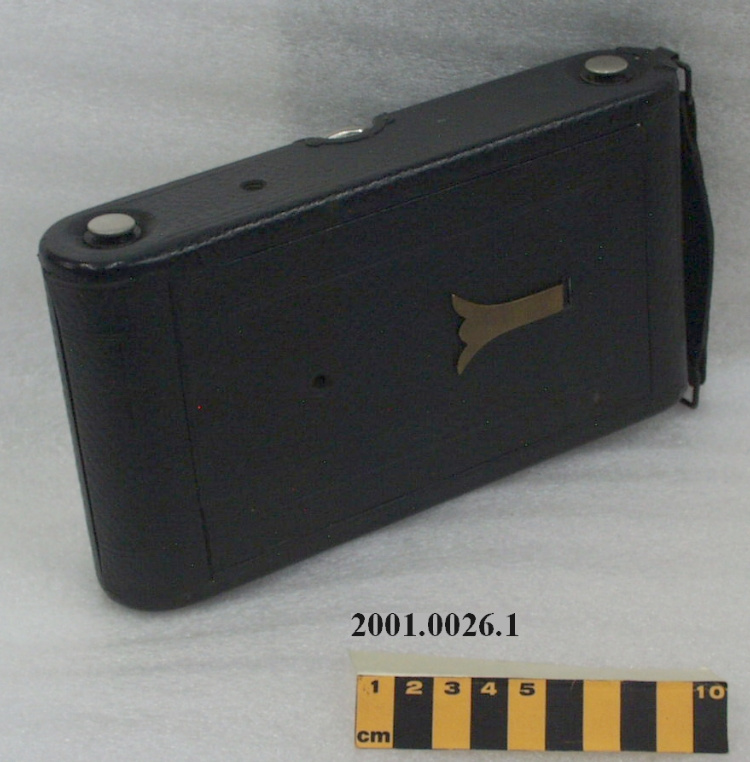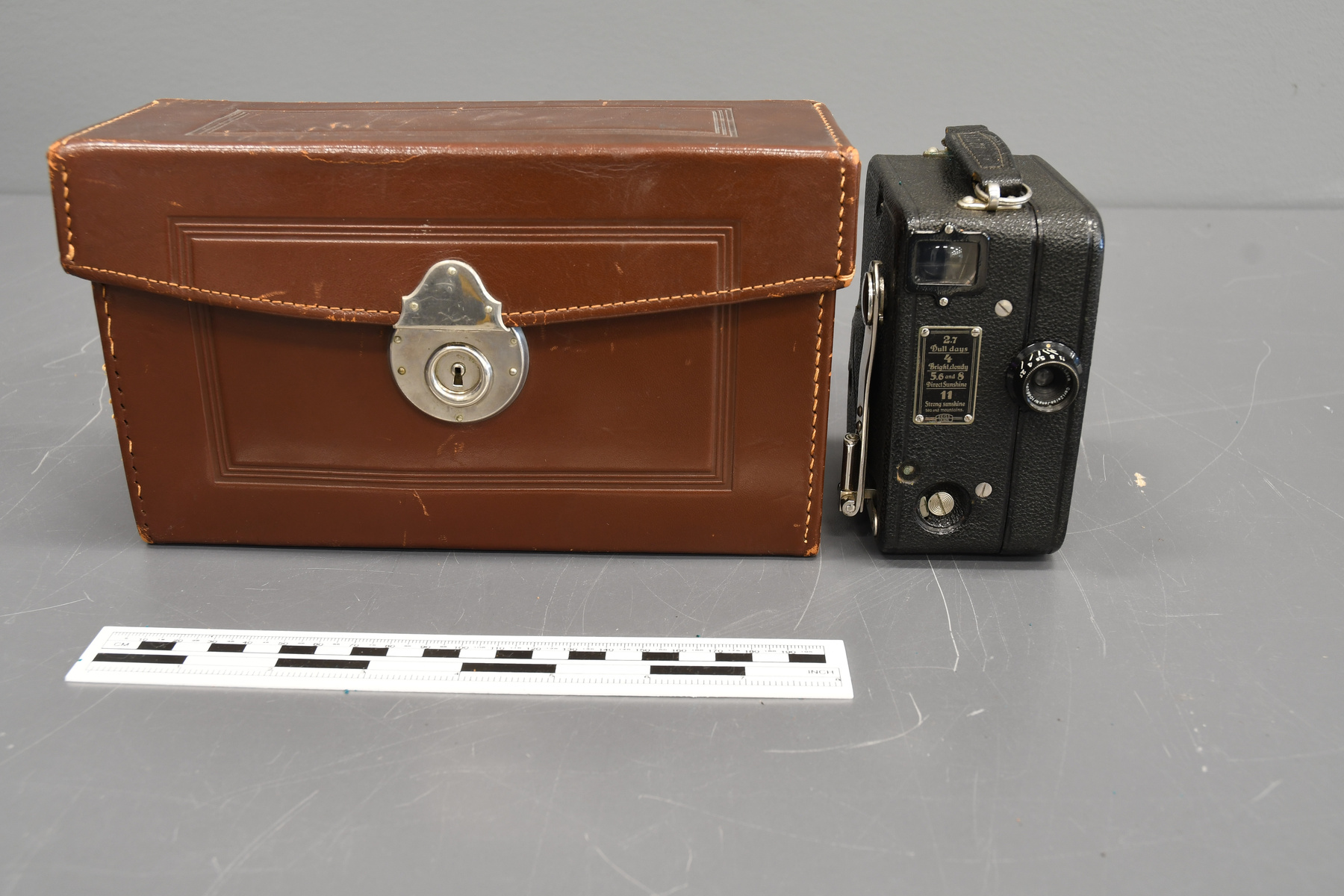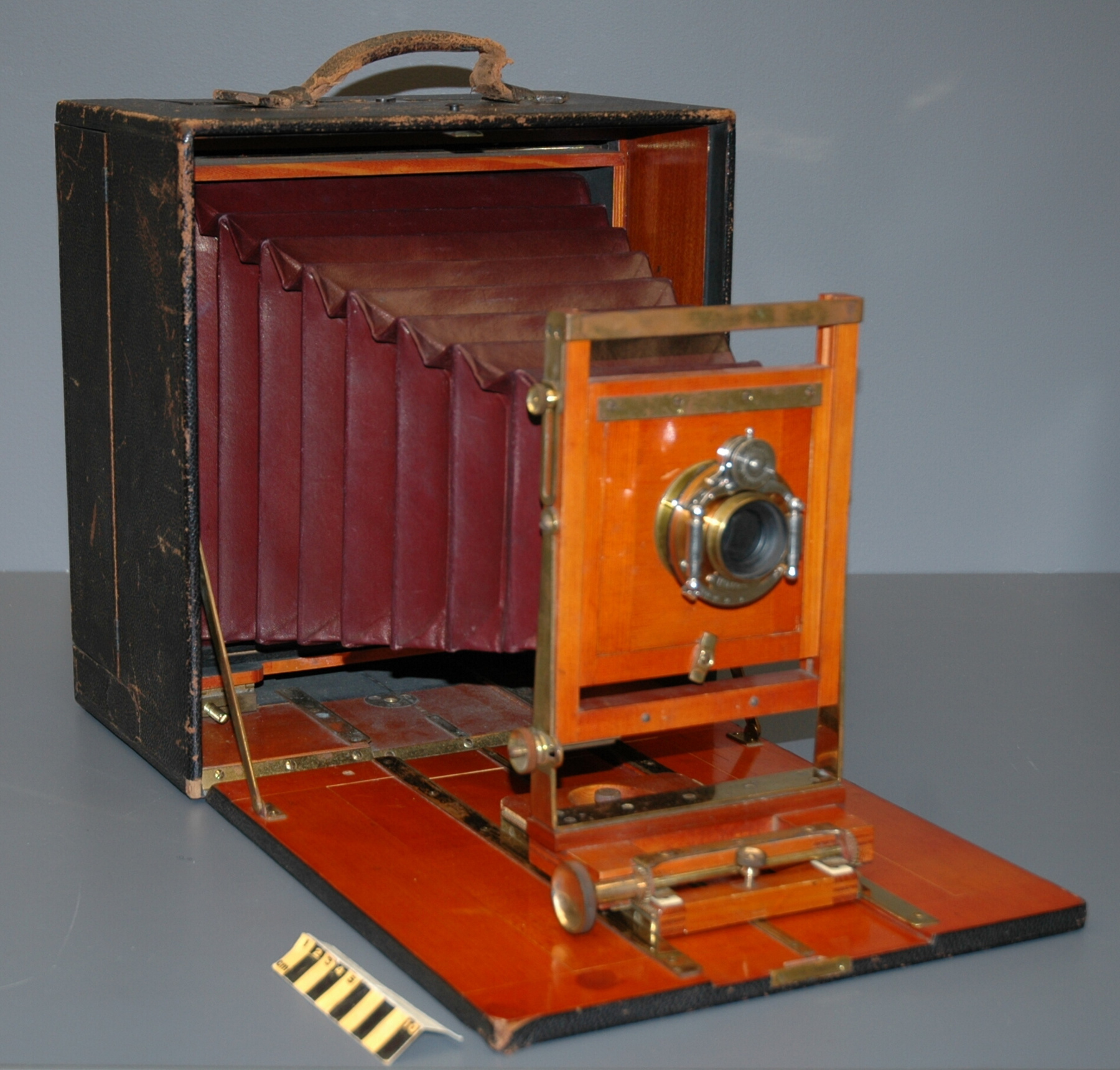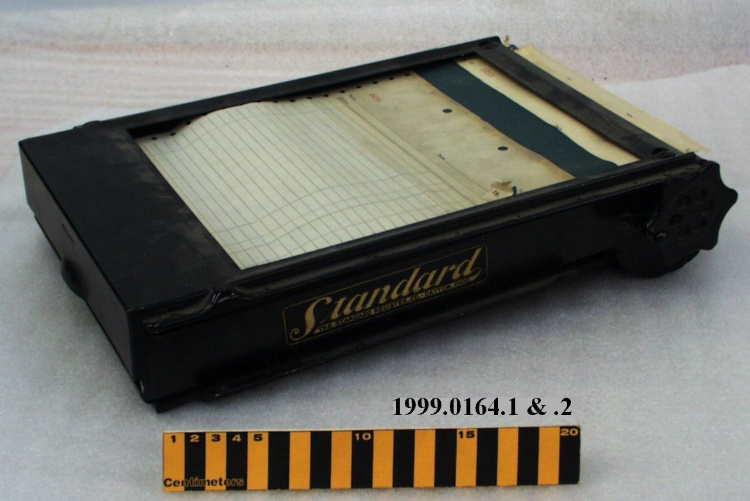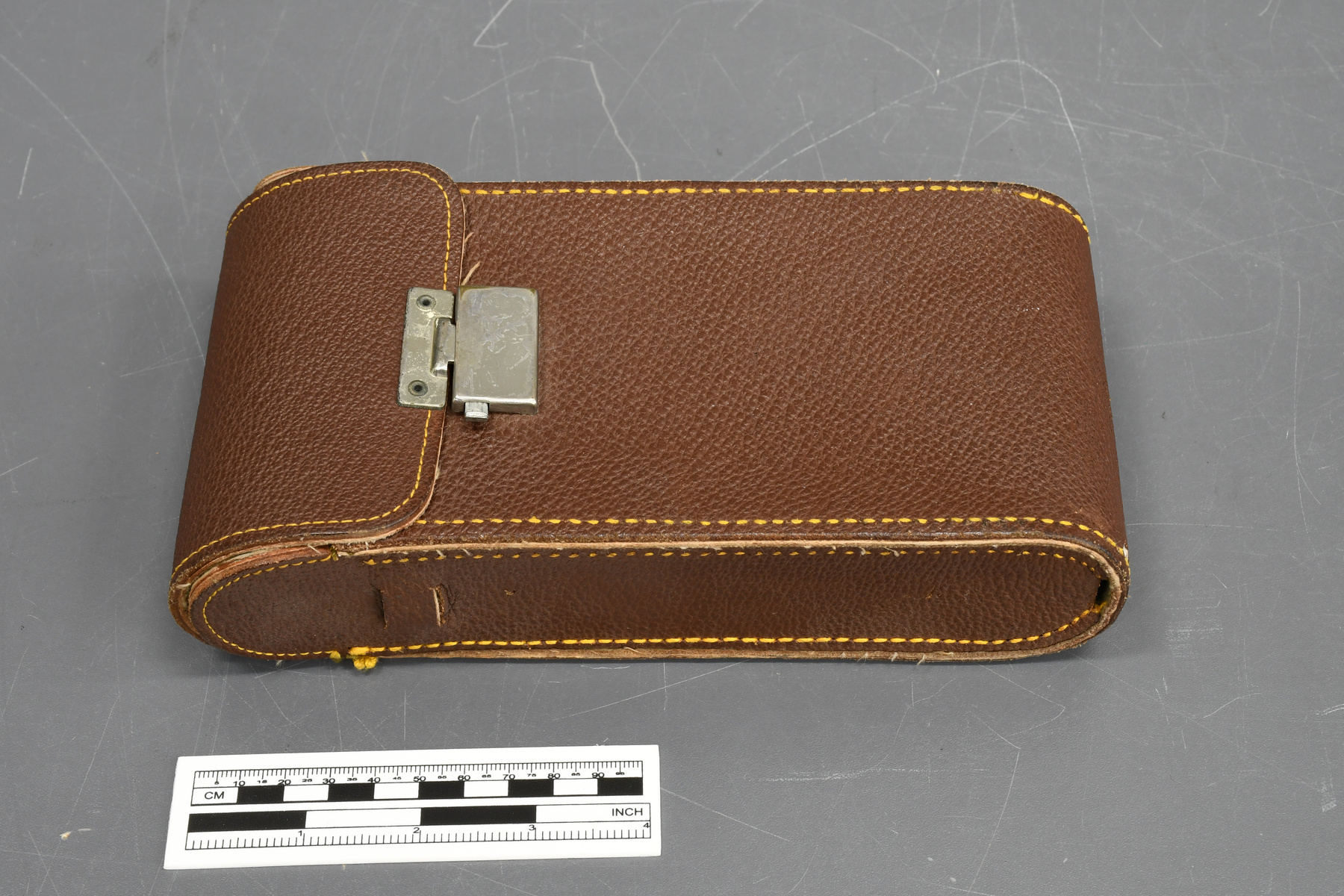Case, camera
Use this image
Can I reuse this image without permission? Yes
Object images on the Ingenium Collection’s portal have the following Creative Commons license:
Copyright Ingenium / CC BY-NC-ND (Attribution-NonCommercial 4.0 International (CC BY-NC 4.0)
ATTRIBUTE THIS IMAGE
Ingenium,
2007.0315.002
Permalink:
Ingenium is releasing this image under the Creative Commons licensing framework, and encourages downloading and reuse for non-commercial purposes. Please acknowledge Ingenium and cite the artifact number.
DOWNLOAD IMAGEPURCHASE THIS IMAGE
This image is free for non-commercial use.
For commercial use, please consult our Reproduction Fees and contact us to purchase the image.
- OBJECT TYPE
- Carrying/leather
- DATE
- 1926–1931
- ARTIFACT NUMBER
- 2007.0315.002
- MANUFACTURER
- Unknown
- MODEL
- Unknown
- LOCATION
- Unknown
More Information
General Information
- Serial #
- N/A
- Part Number
- 2
- Total Parts
- 2
- AKA
- N/A
- Patents
- N/A
- General Description
- Leather case with a fibre lining and a metal closure.
Dimensions
Note: These reflect the general size for storage and are not necessarily representative of the object's true dimensions.
- Length
- 22.3 cm
- Width
- 11.9 cm
- Height
- 7.7 cm
- Thickness
- N/A
- Weight
- N/A
- Diameter
- N/A
- Volume
- N/A
Lexicon
- Group
- Photography
- Category
- Still camera accessories
- Sub-Category
- N/A
Manufacturer
- AKA
- Unknown
- Country
- Unknown
- State/Province
- Unknown
- City
- Unknown
Context
- Country
- Canada
- State/Province
- Ontario
- Period
- Unknown
- Canada
-
This camera belonged to The Right Honorable Herbert (Herb) Eser Gray. Gray was a prominent political figure that served the liberal party from the early 1960’s to the early 2000’s. He held a variety of positions during his parliamentary career such as deputy Prime Minister, committee chairmanships, and cabinet ministries during the liberal governments of Prime Ministers Pierre Trudeau, and Lester Pearson. Gray is recognized as being Canada’s first Jewish cabinet minister. - Function
-
Protective case for carrying a camera. - Technical
-
Introduced in 1926, the Pocket Kodak No.1A was one of the first cameras to possess an adjustable rangefinder. It also incorporated the very popular autographic feature. The autographic element allowed the user to record a text image of their choice (i.e. a signature, a date, or a brief note) onto each film frame, or photo. This was accomplished by means of a small metal writing stylus. After taking a photo, the photographer would open a small window at the back of the camera and would write a message of his choice. In order to make use of the autographic feature, the camera had to be loaded with no. A-116 Autographic film. This spool of film was made of three layers: 1-film, 2-carbon paper, 3- thin backing paper. Applying pressure with the stylus would transfer the carbon onto the thin red backing paper. This action allowed a bit of light to pass through the backing paper onto the film, thus imprinting that image onto that specific frame of film. - Area Notes
-
Unknown
Details
- Markings
- None apparent
- Missing
- Strap is missing.
- Finish
- Brown leather case with yellow stitching, silver-coloured closure, and beige lining.
- Decoration
- N/A
CITE THIS OBJECT
If you choose to share our information about this collection object, please cite:
Unknown Manufacturer, Case, camera, between 1926–1931, Artifact no. 2007.0315, Ingenium – Canada’s Museums of Science and Innovation, http://collection.ingeniumcanada.org/en/id/2007.0315.002/
FEEDBACK
Submit a question or comment about this artifact.
More Like This

